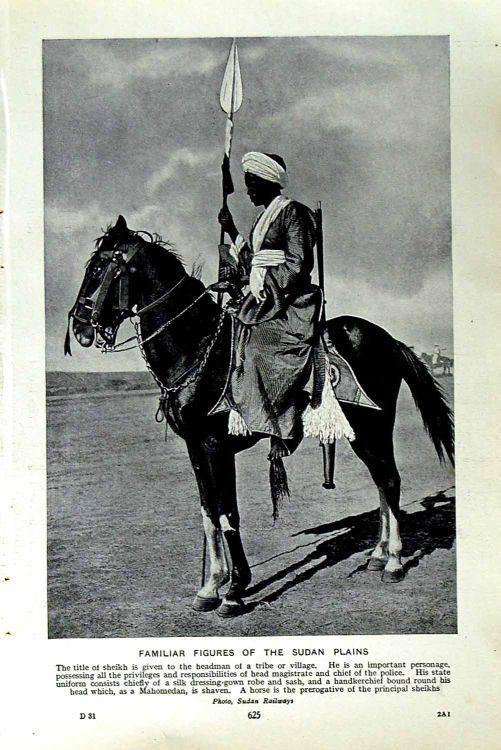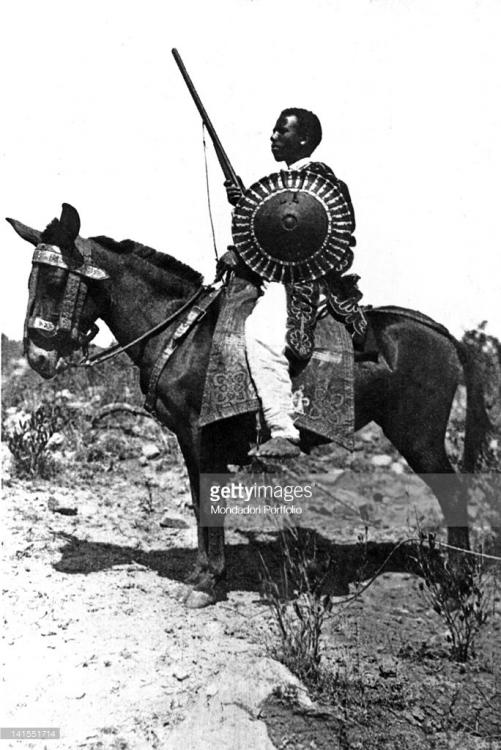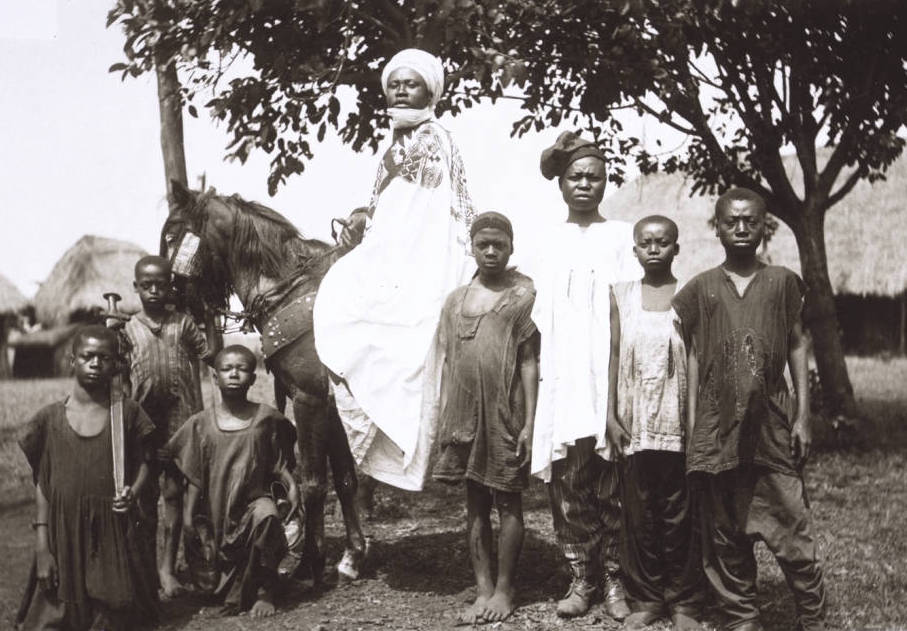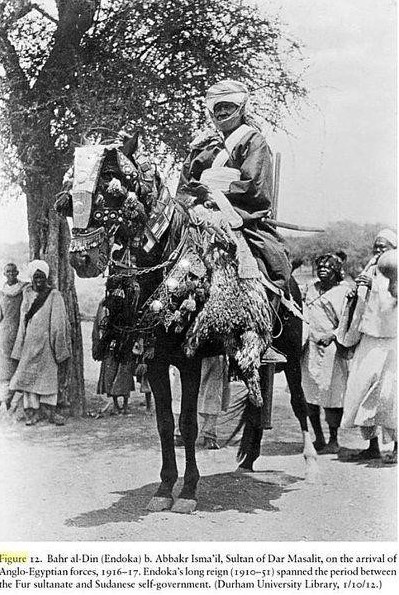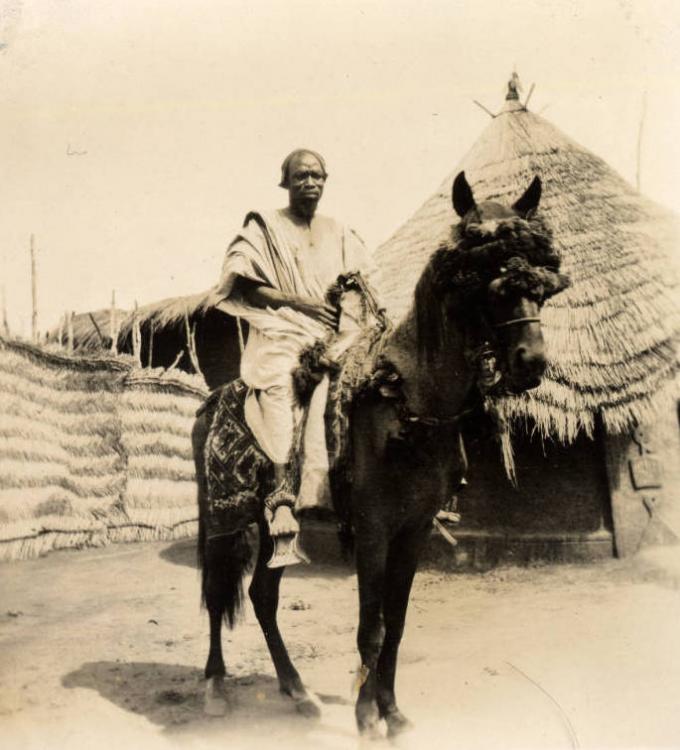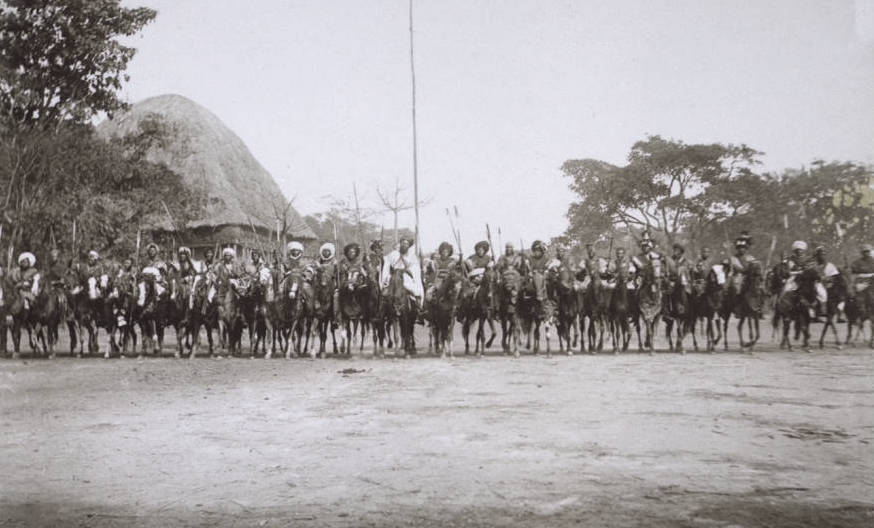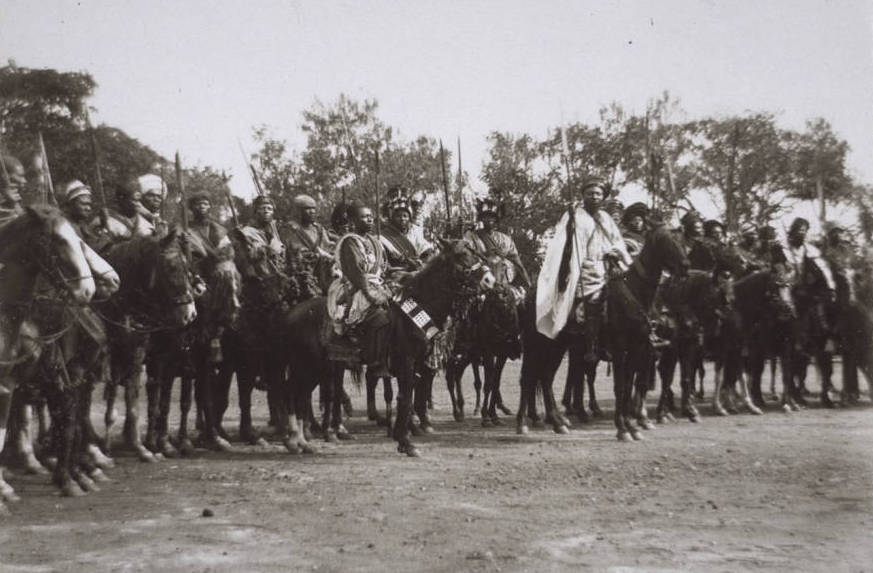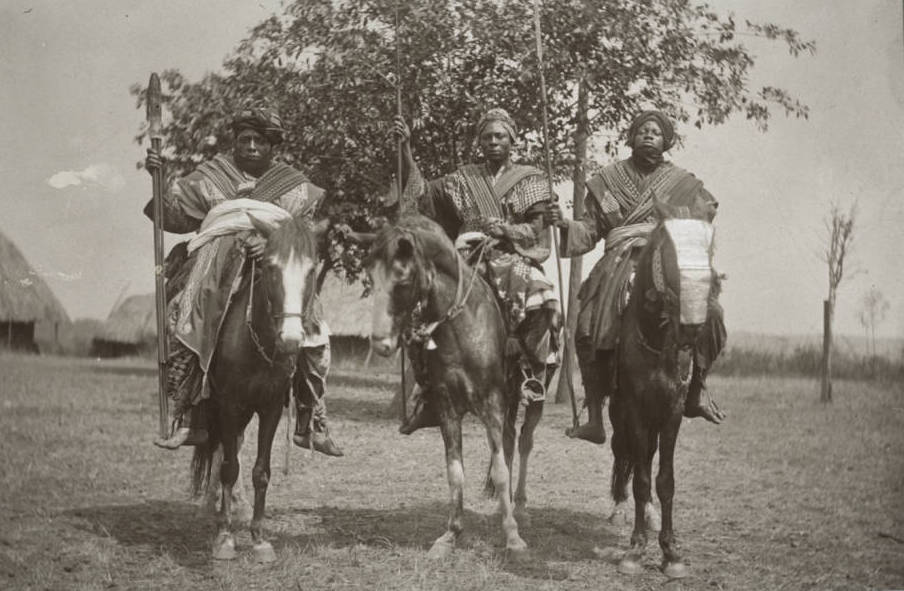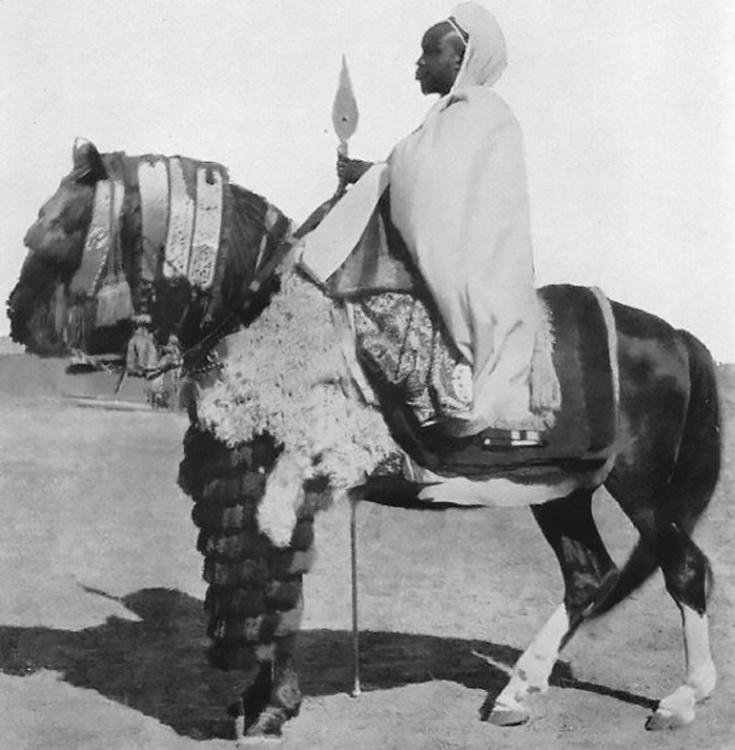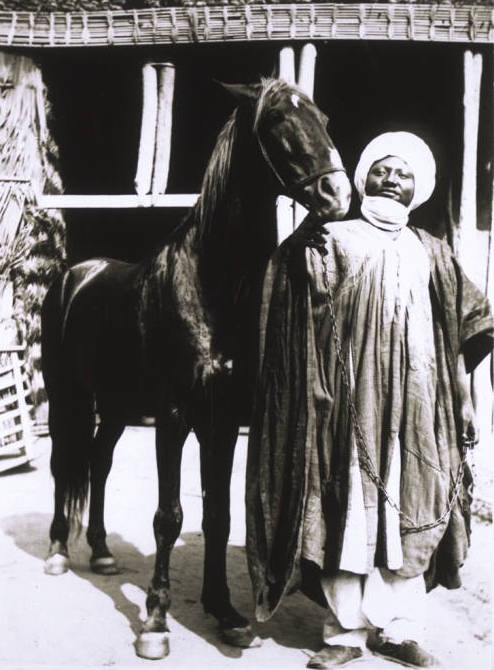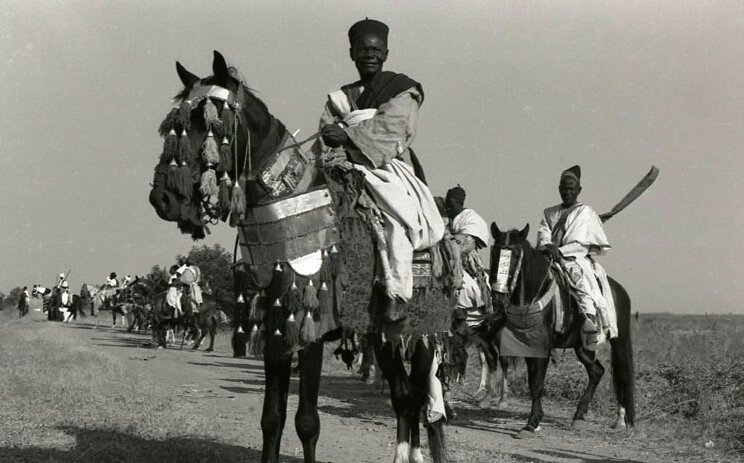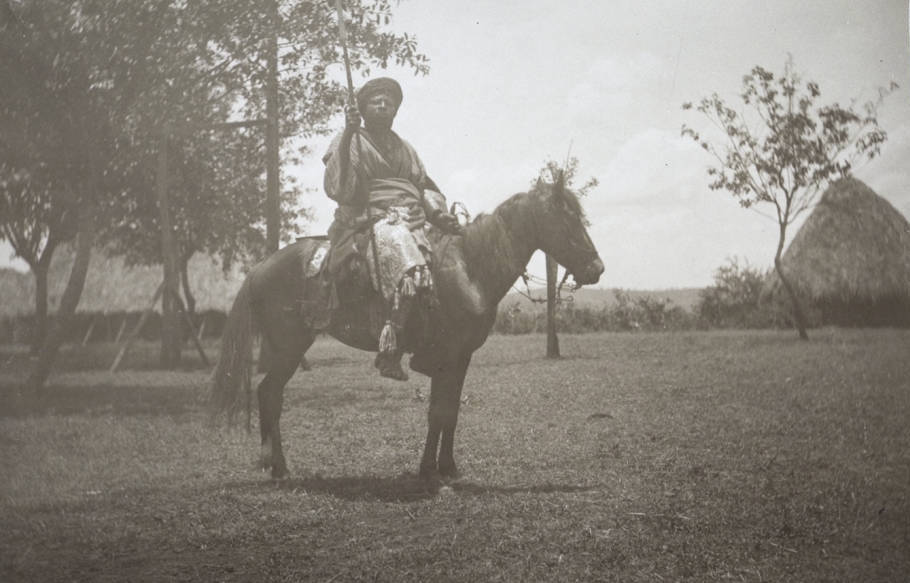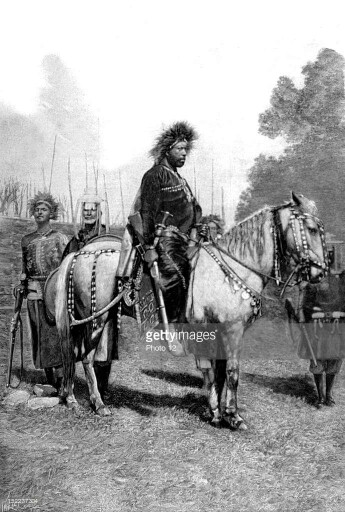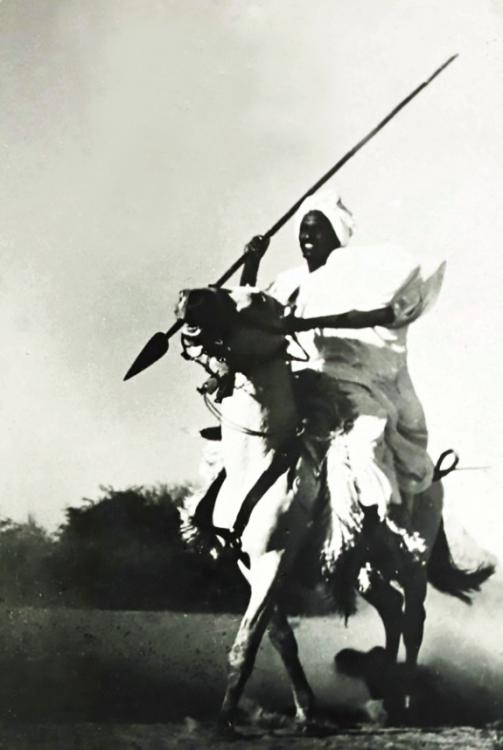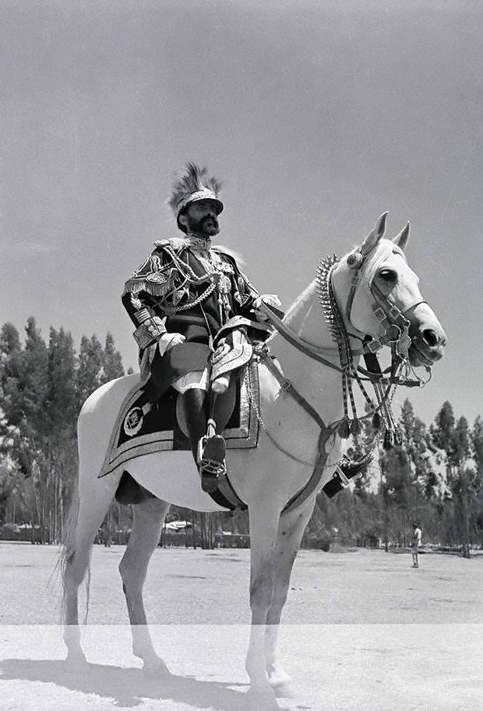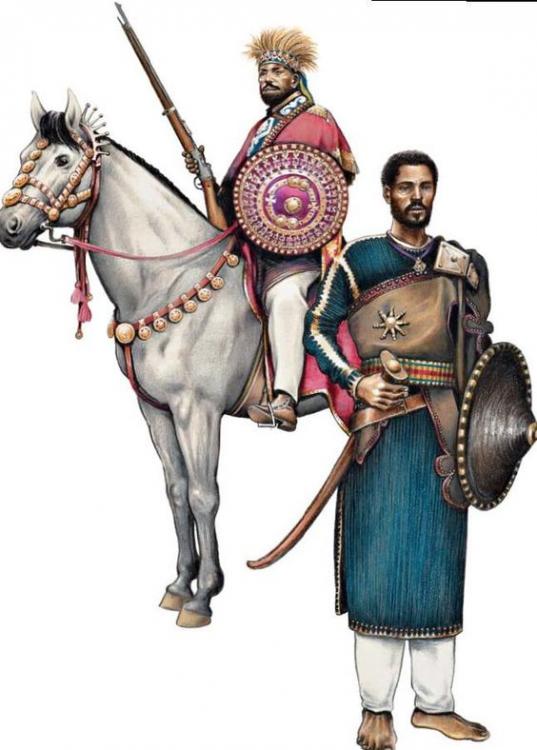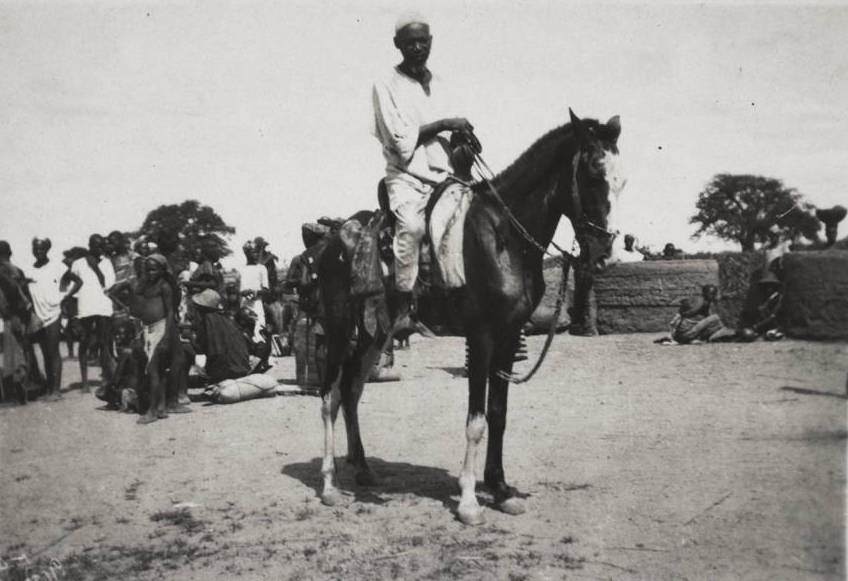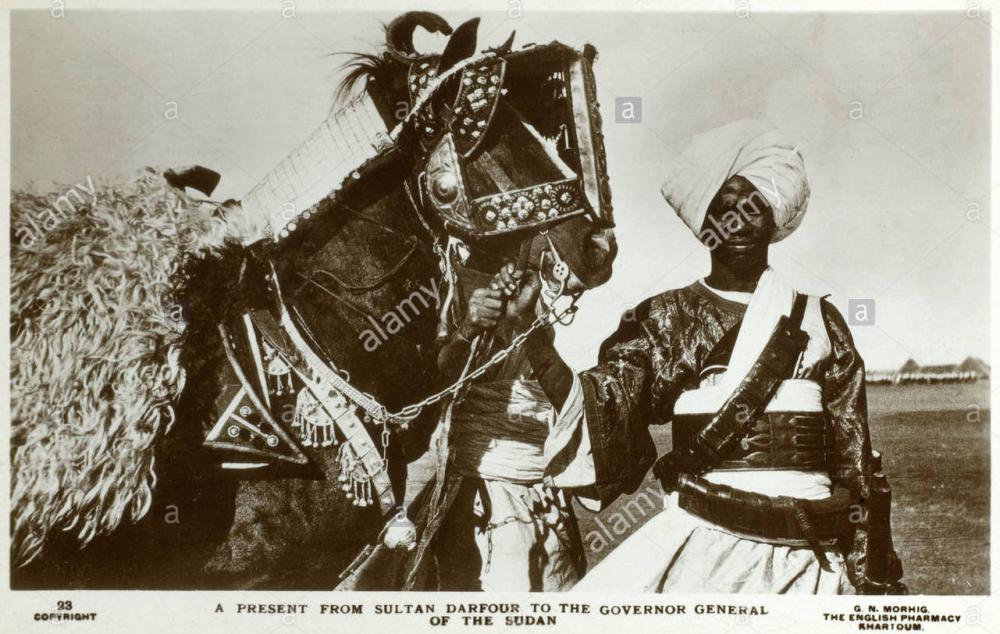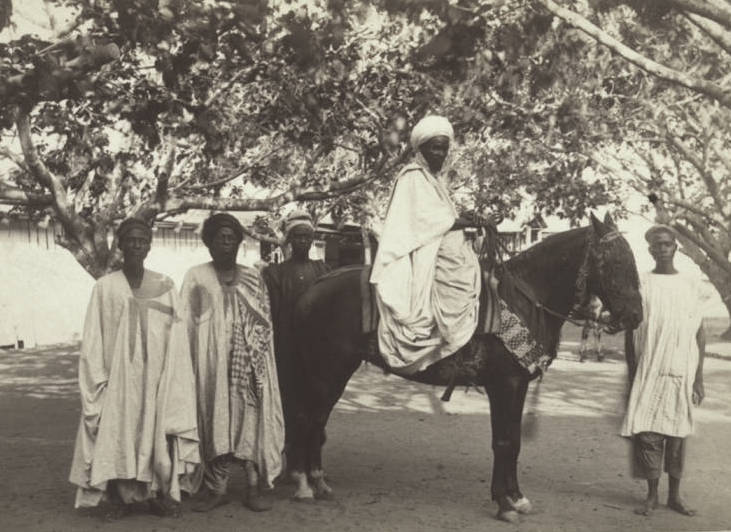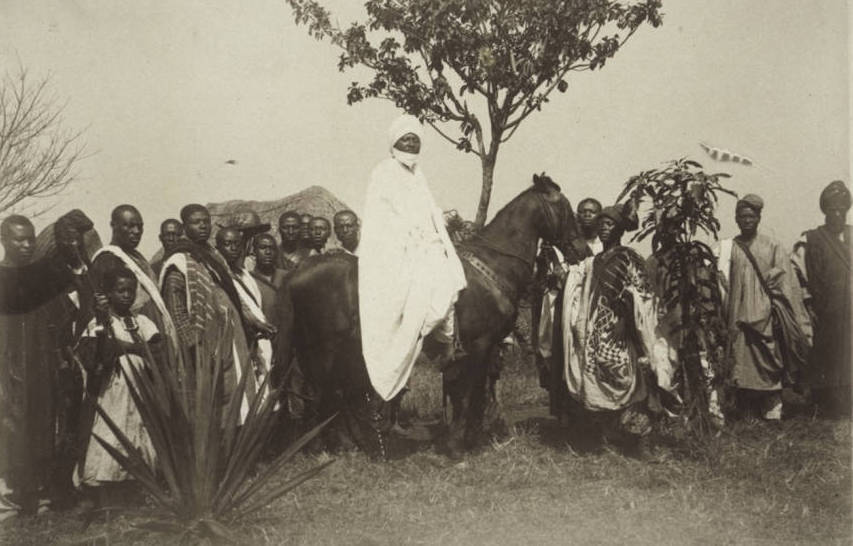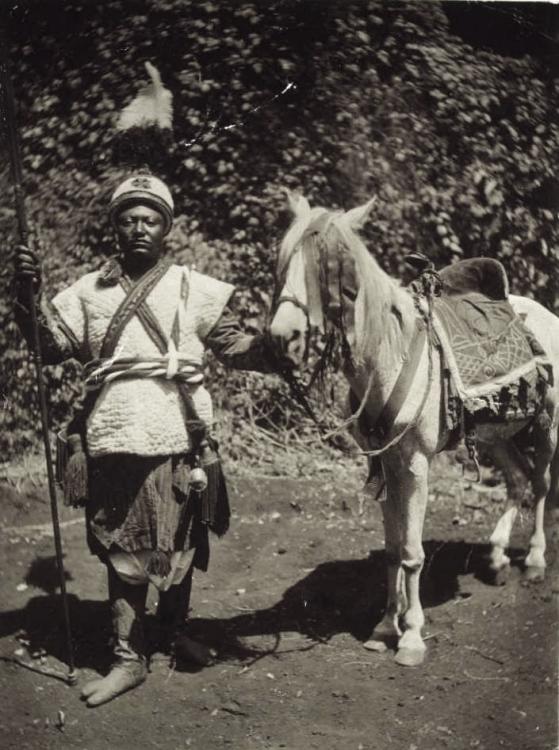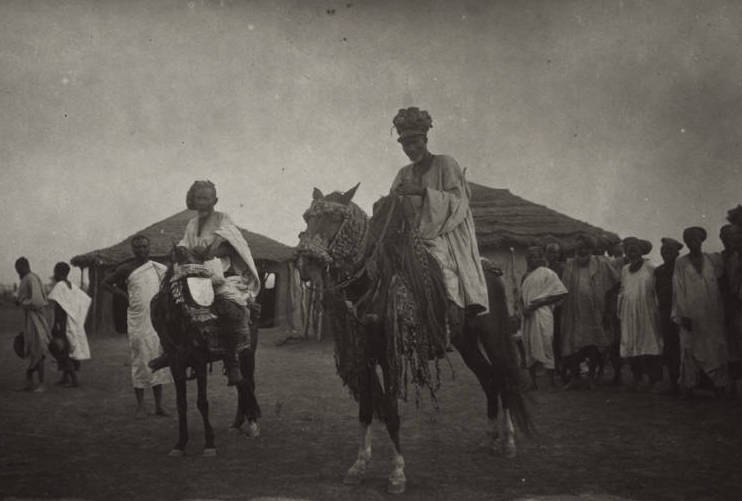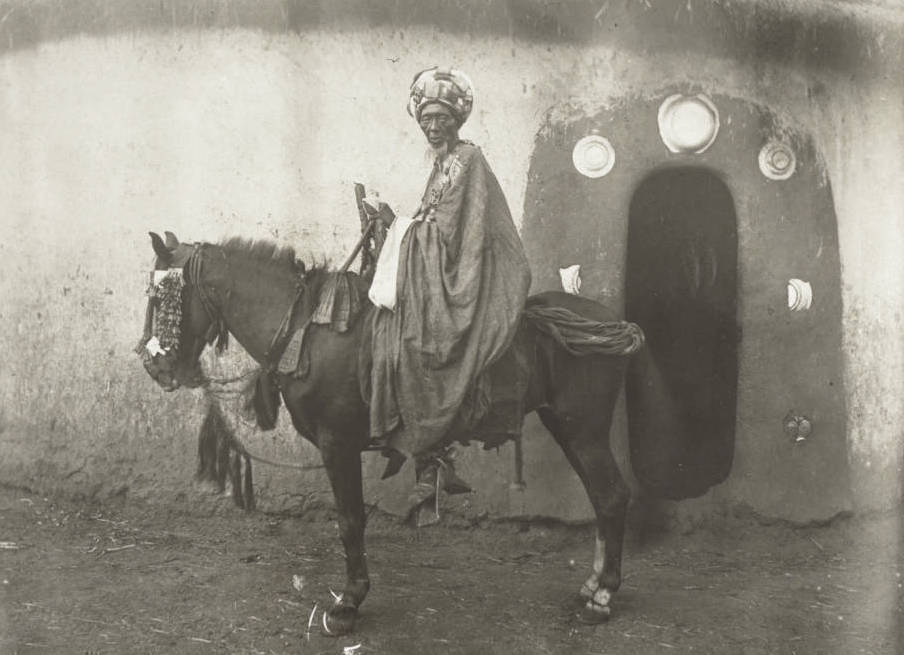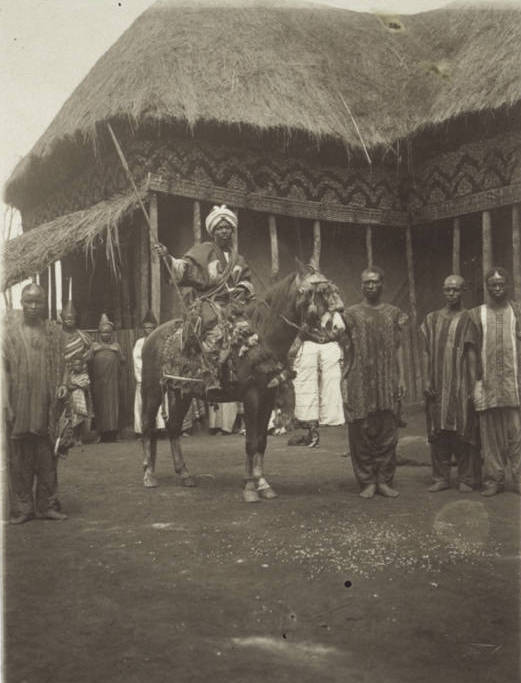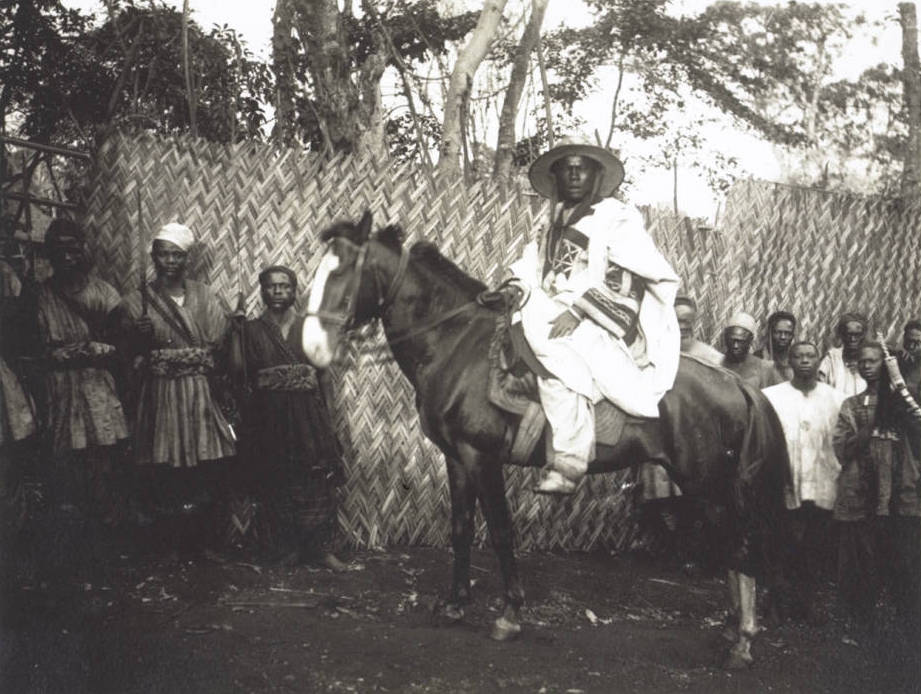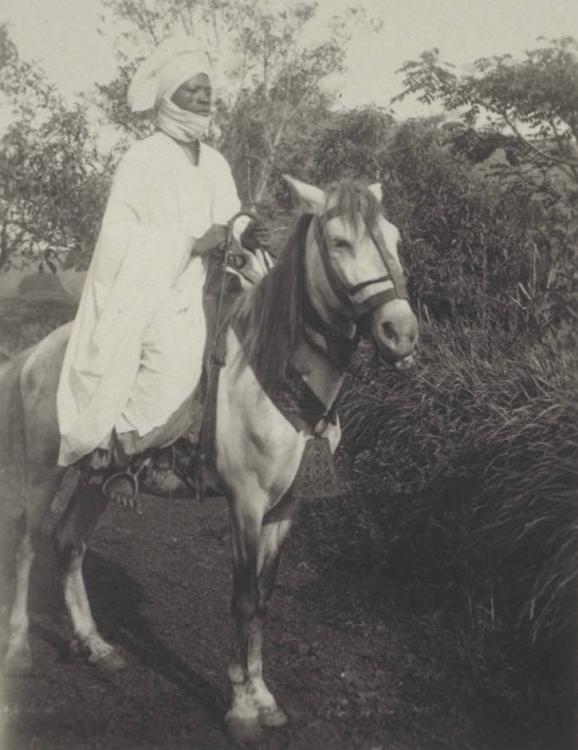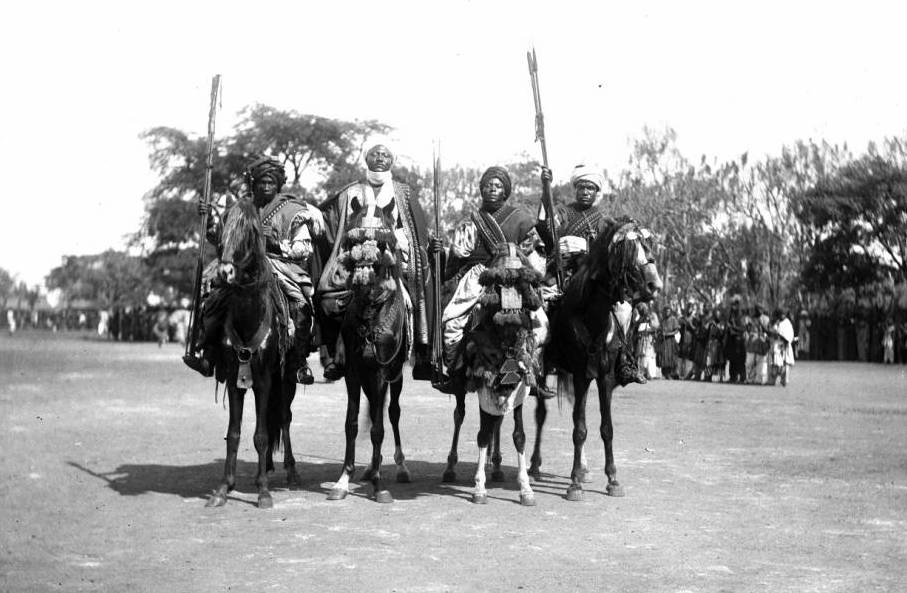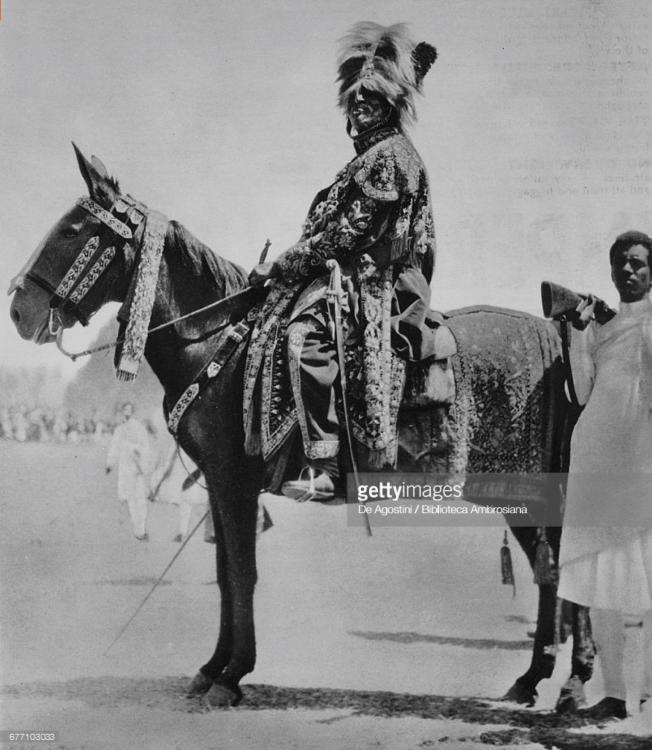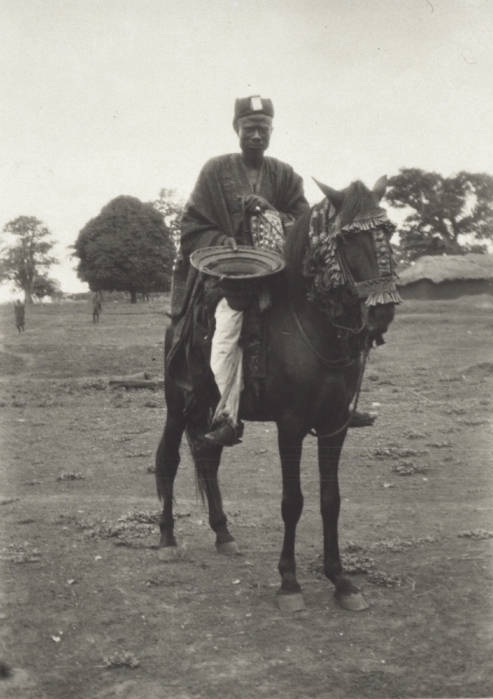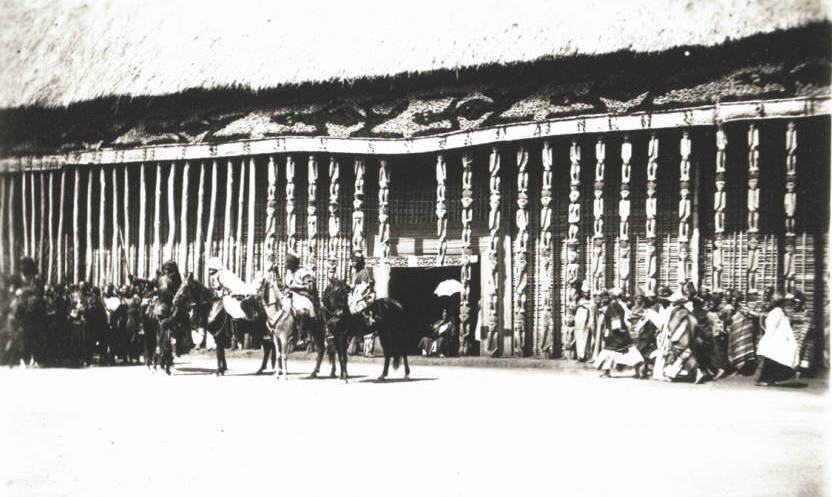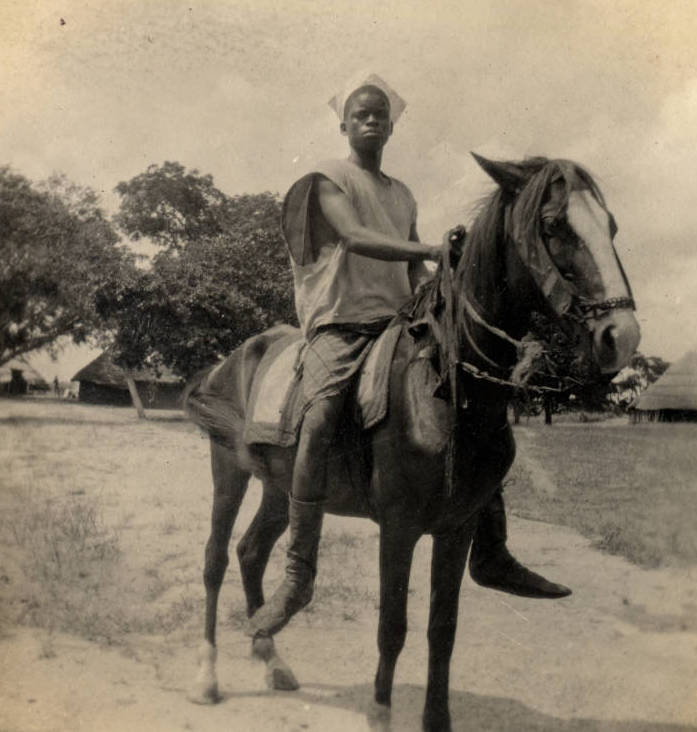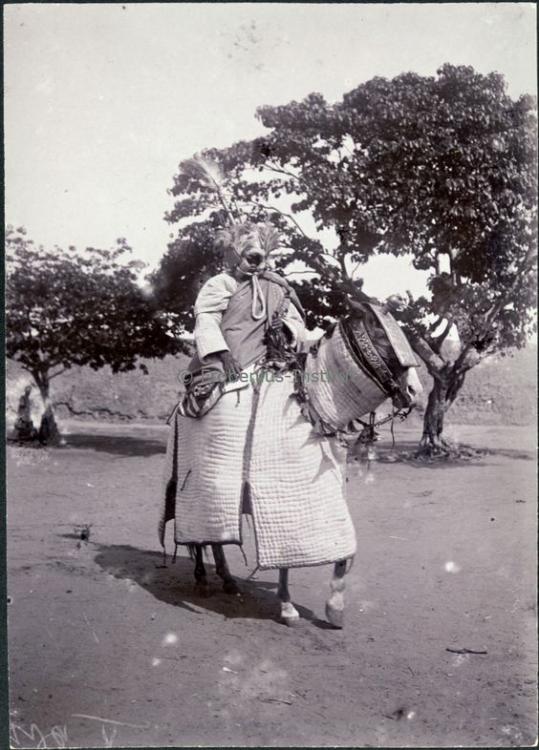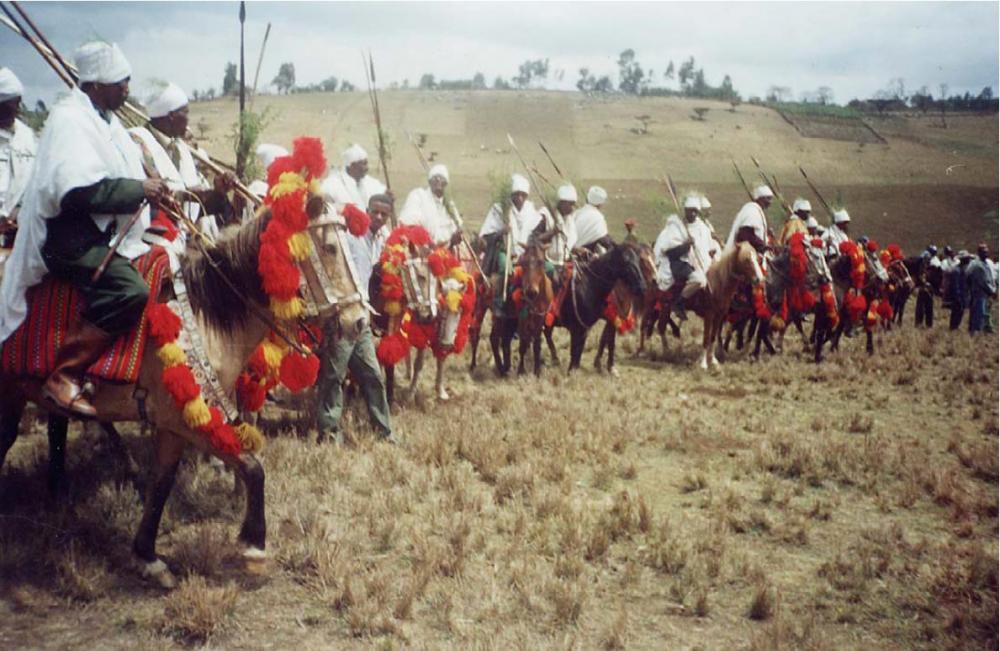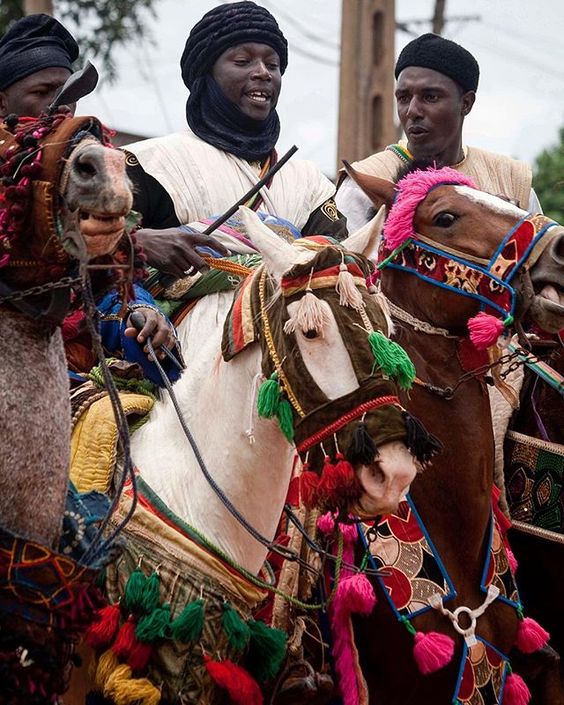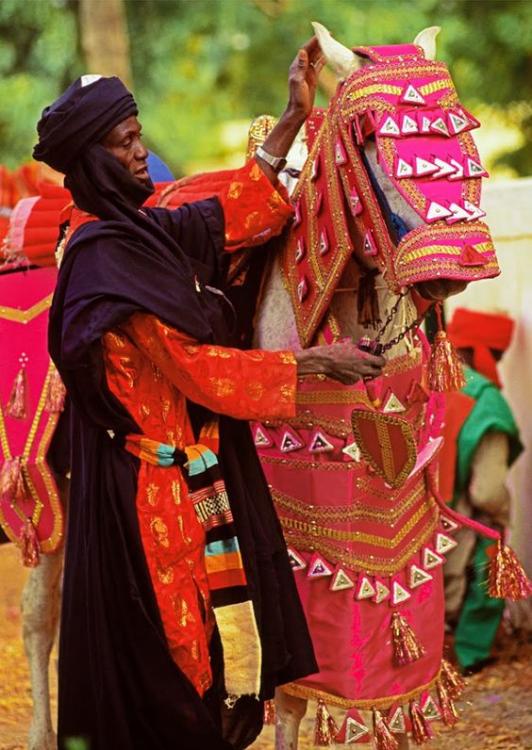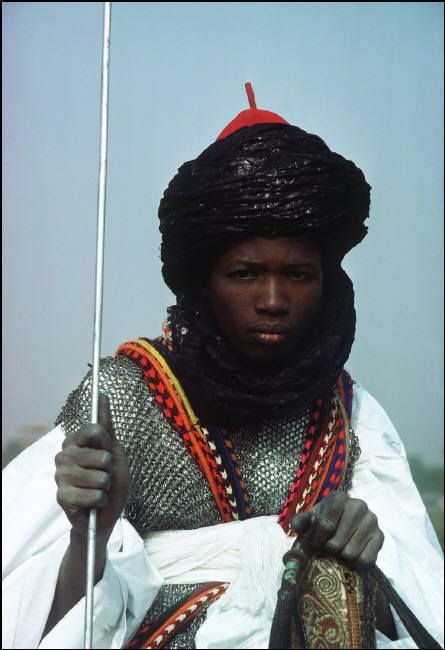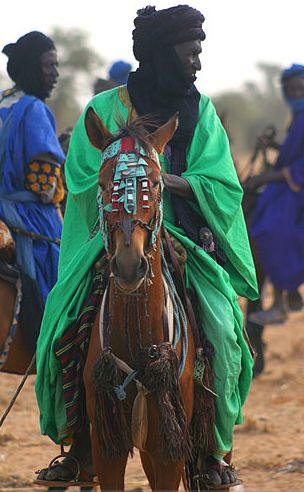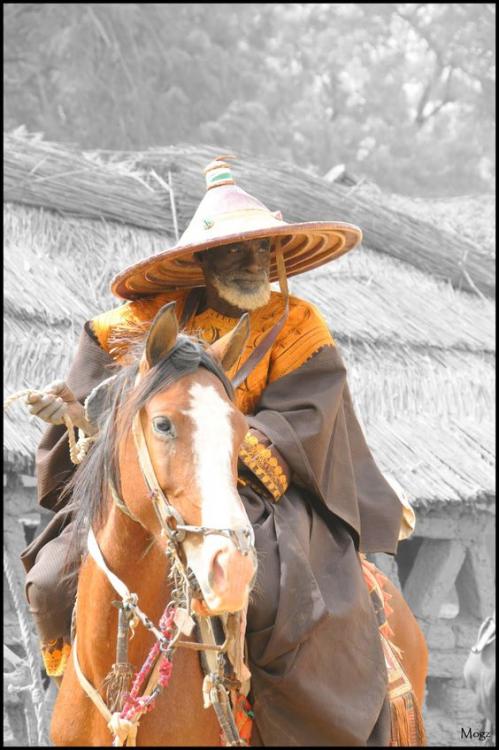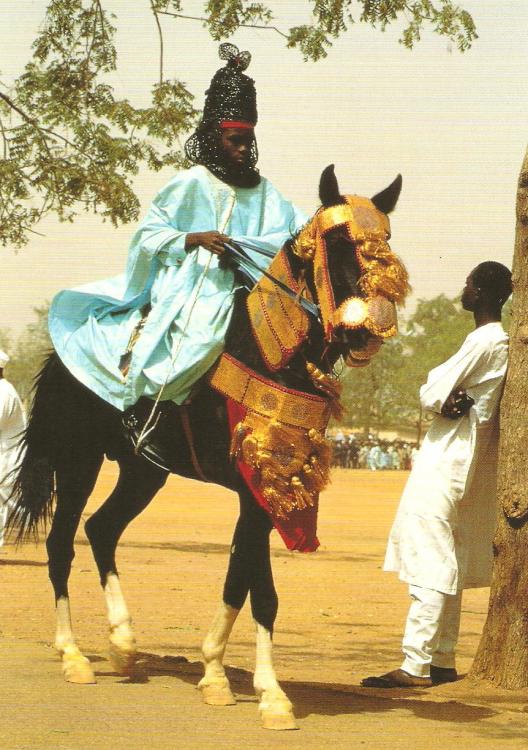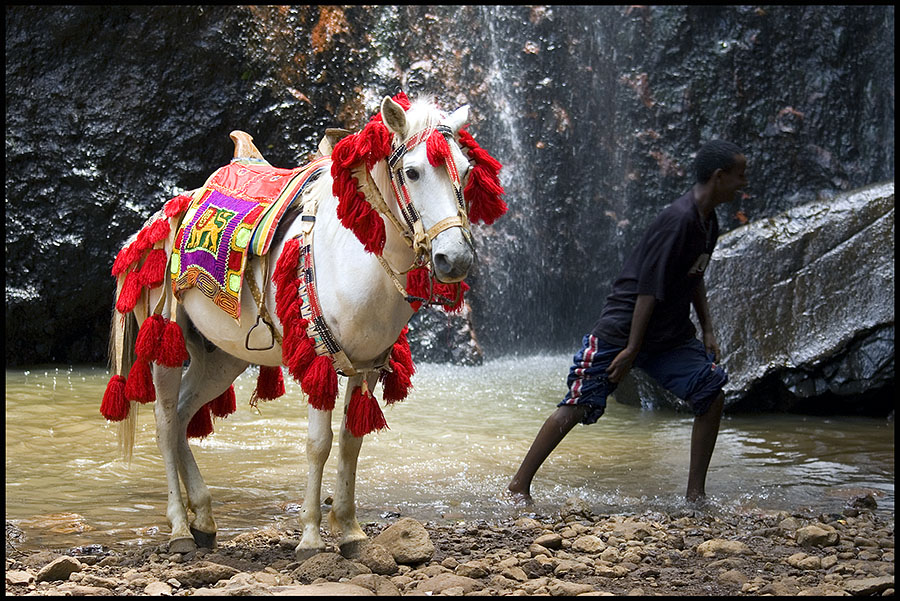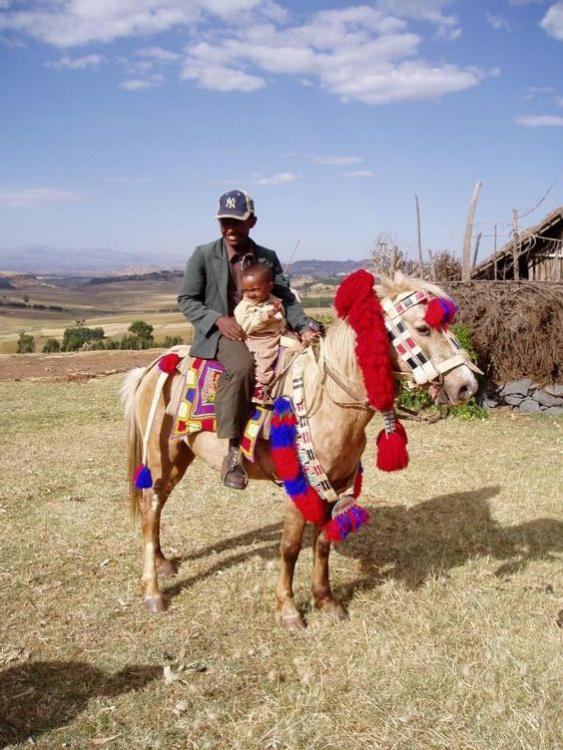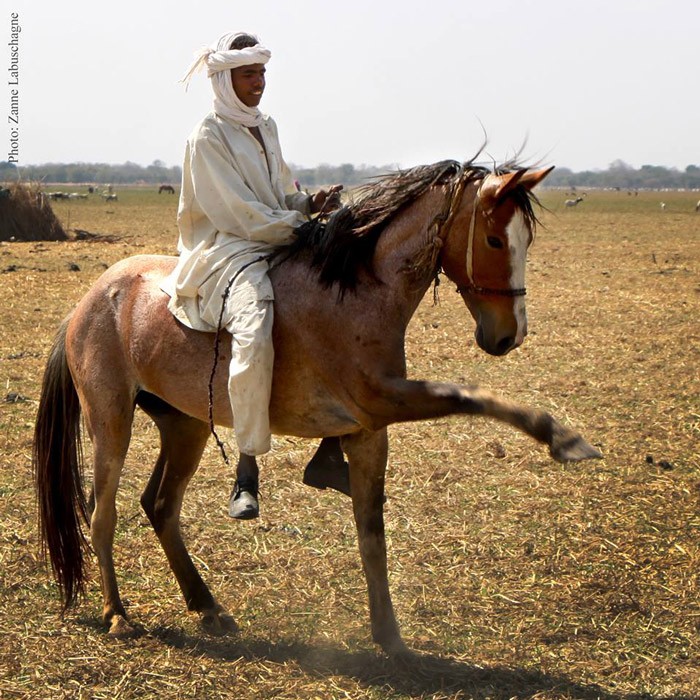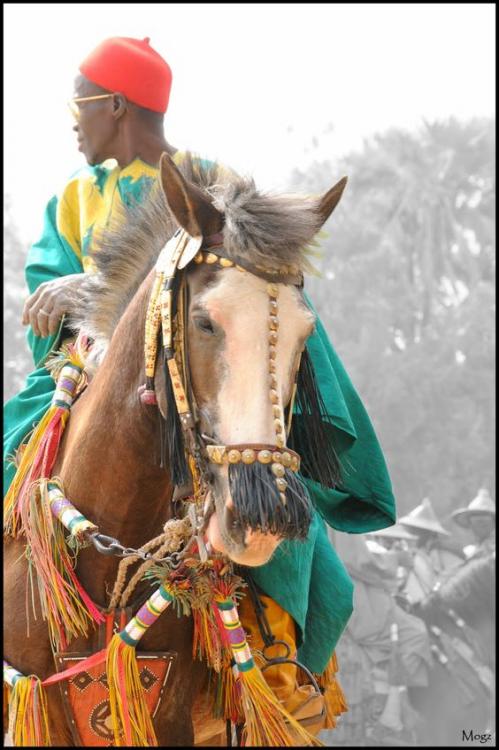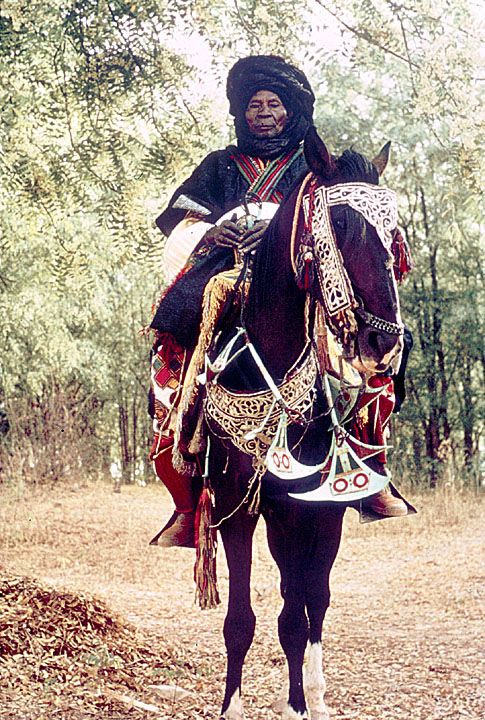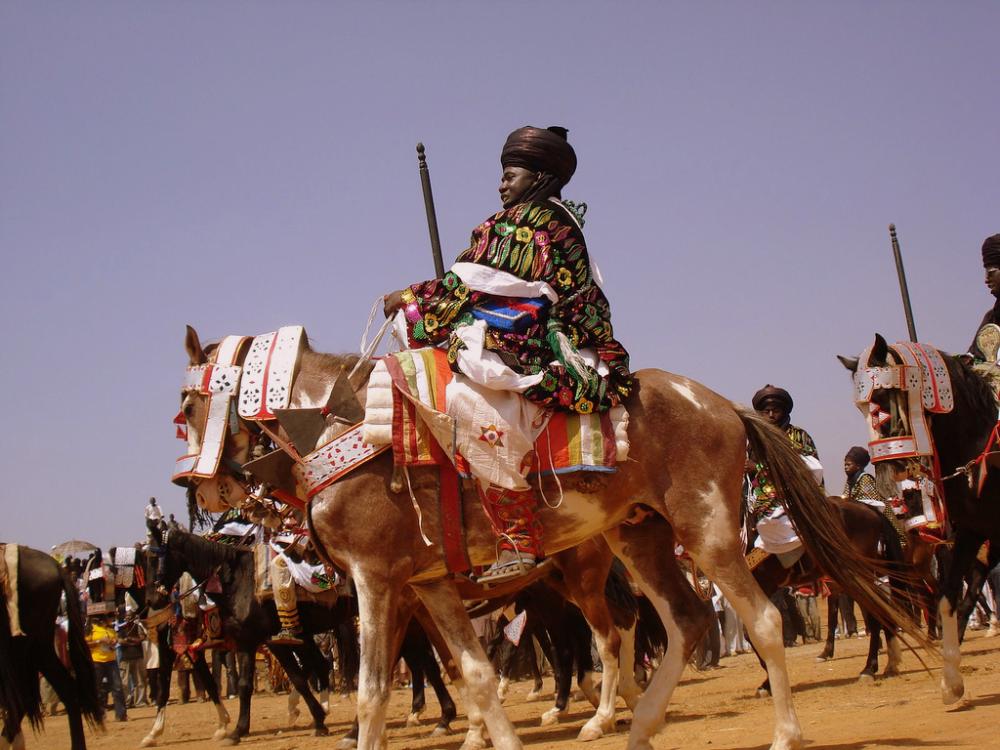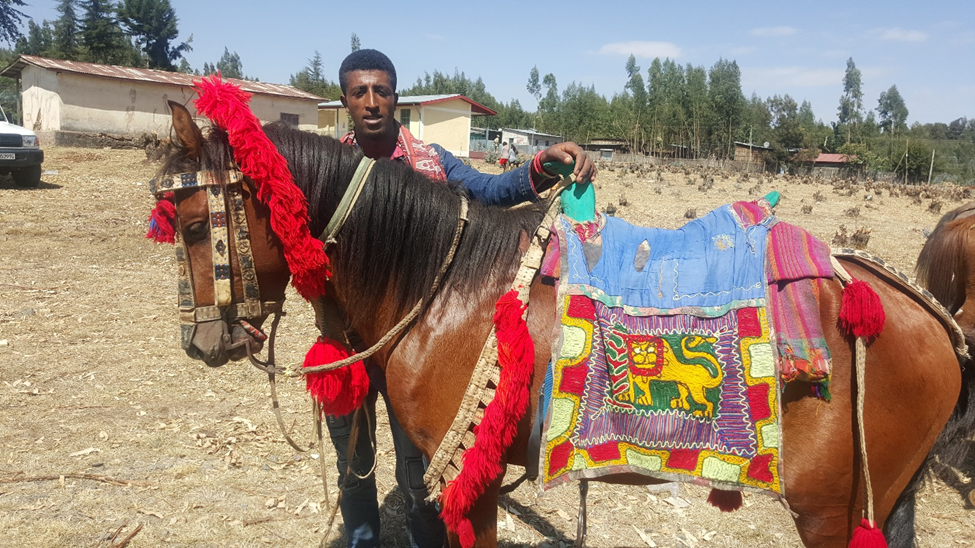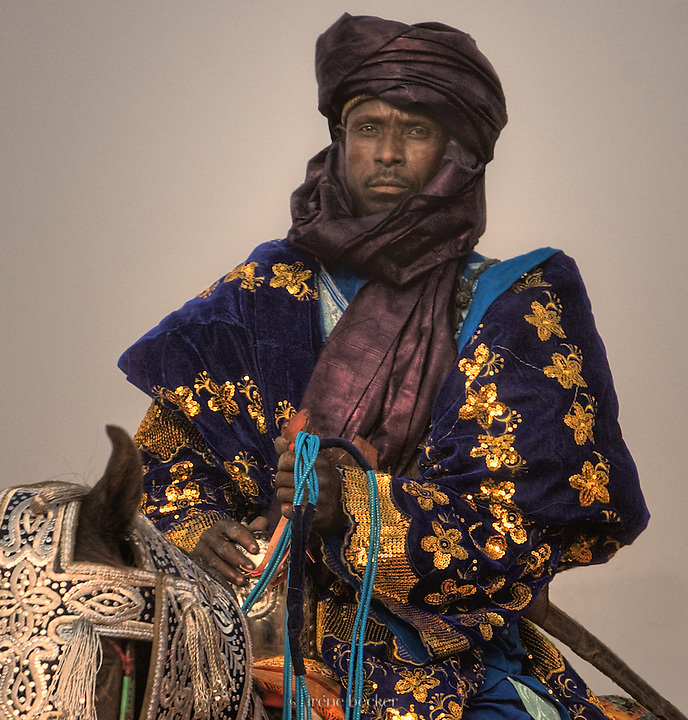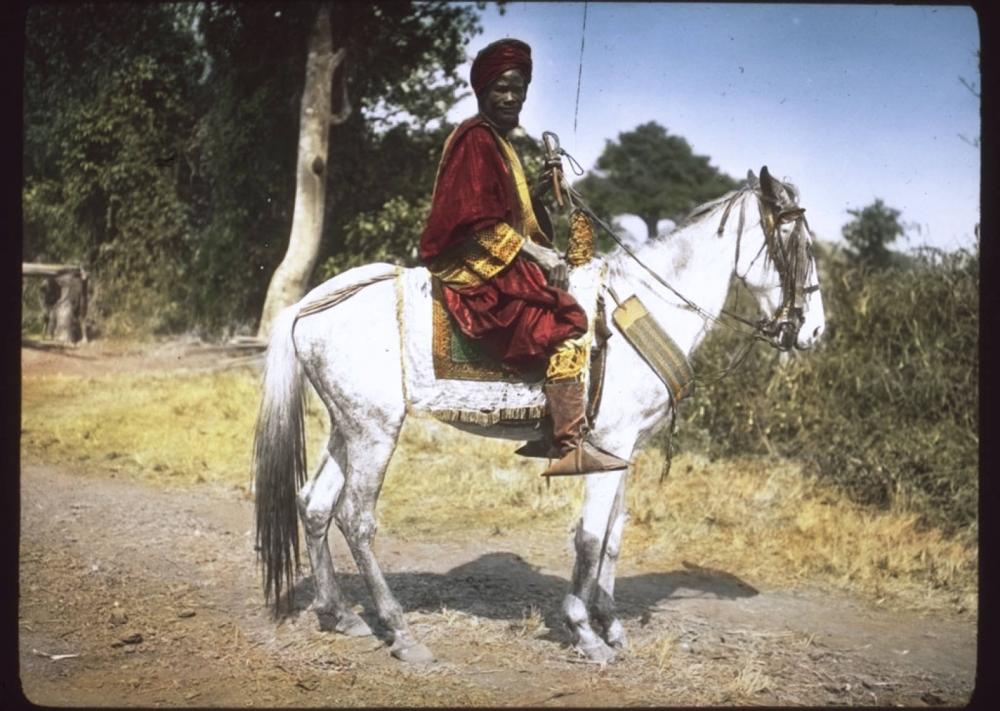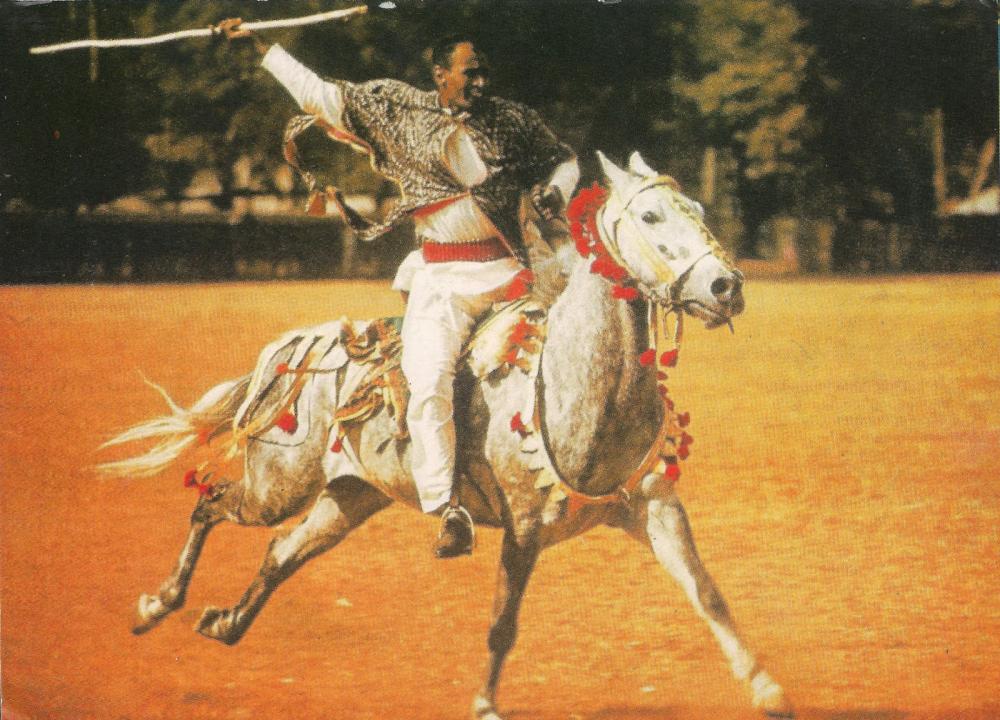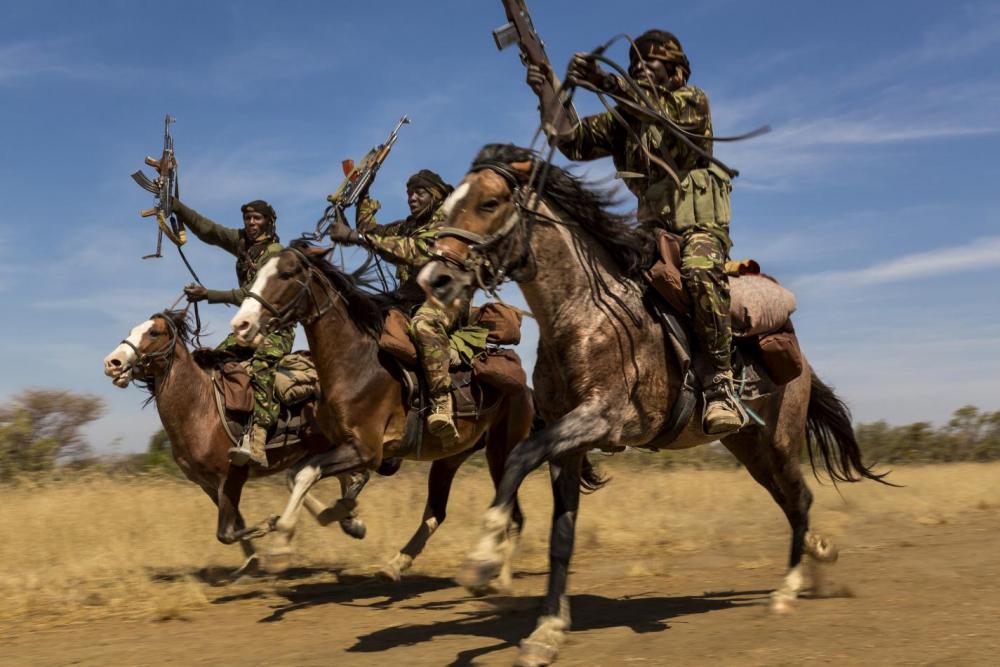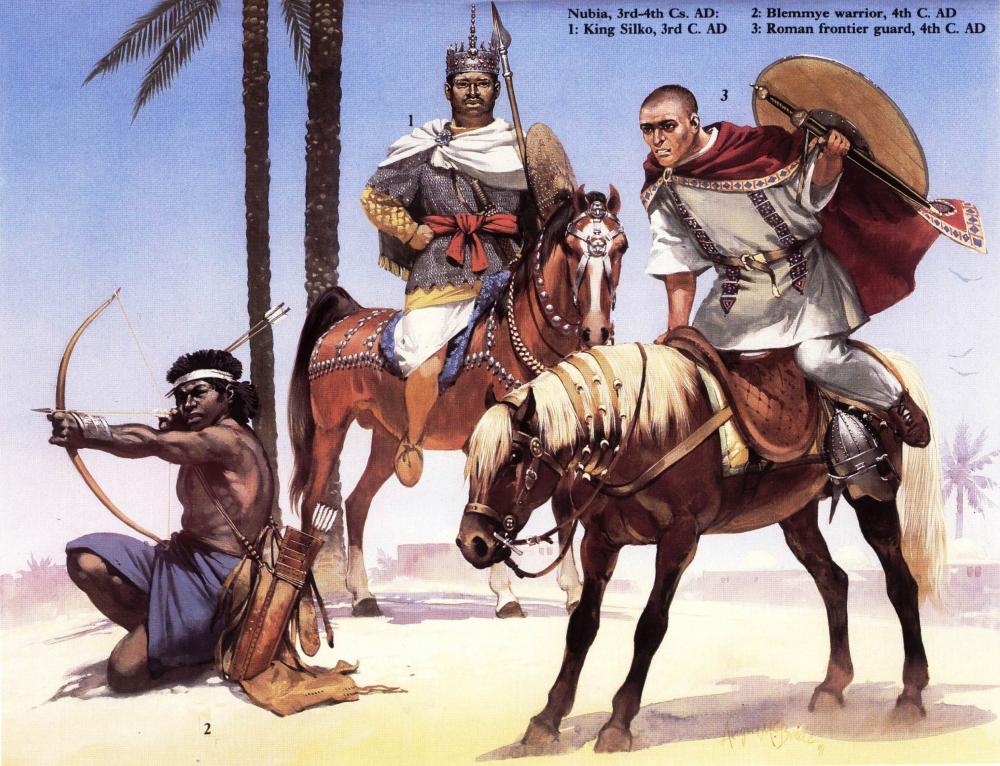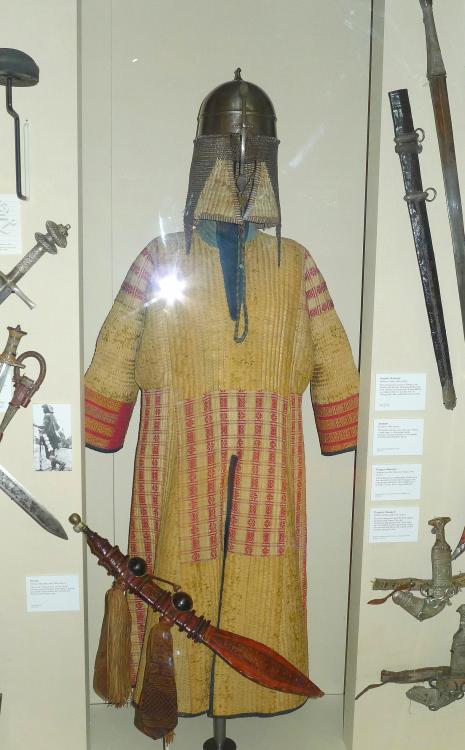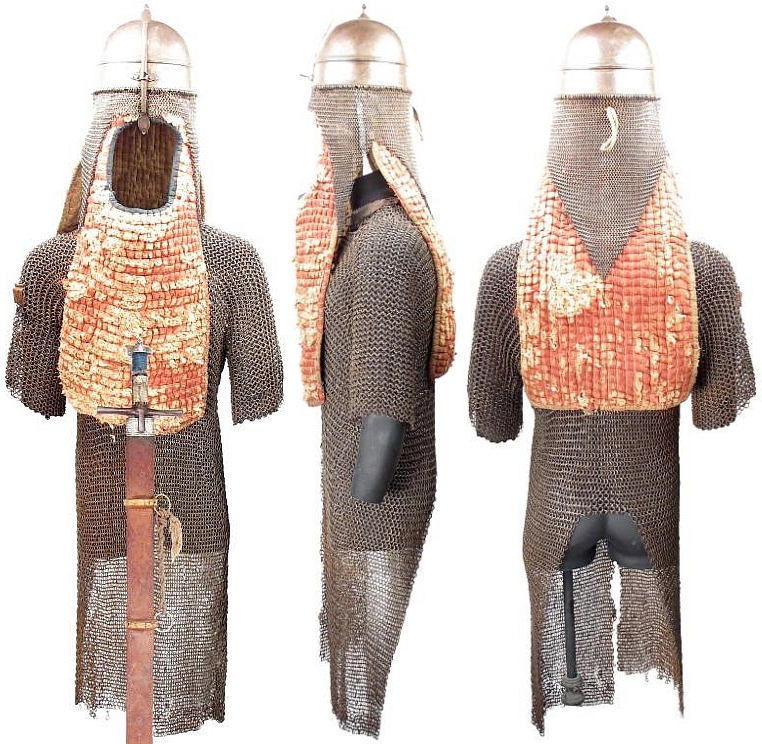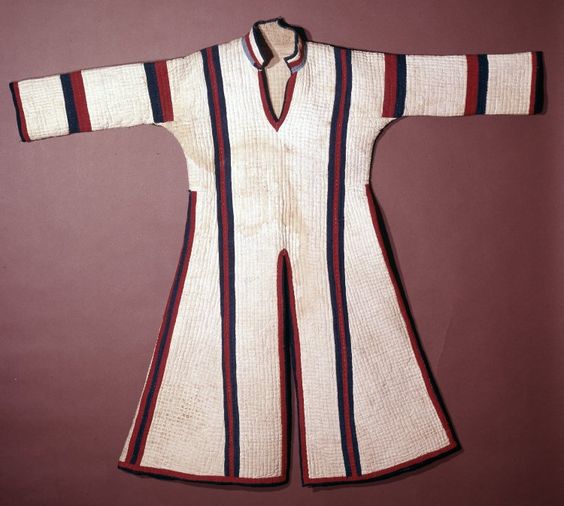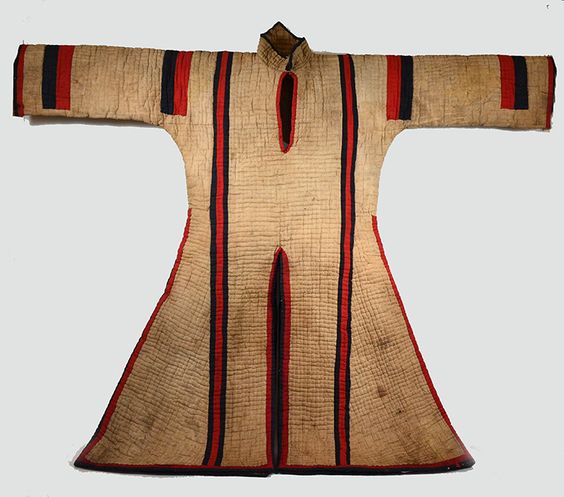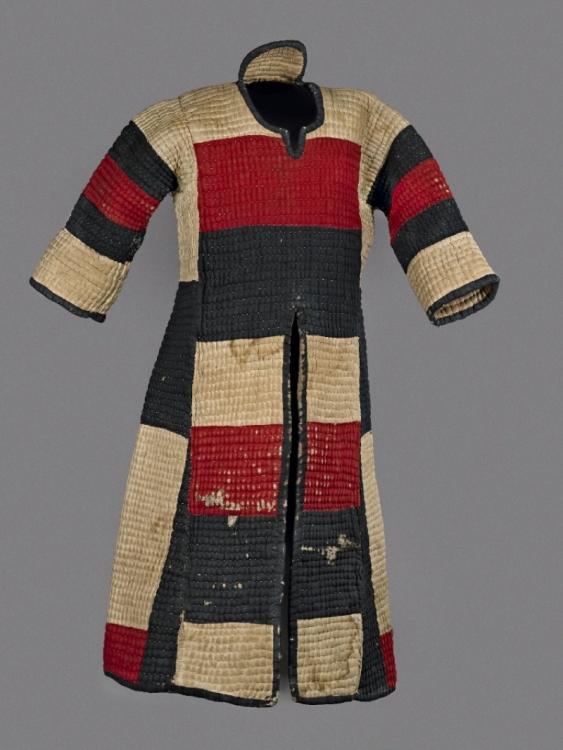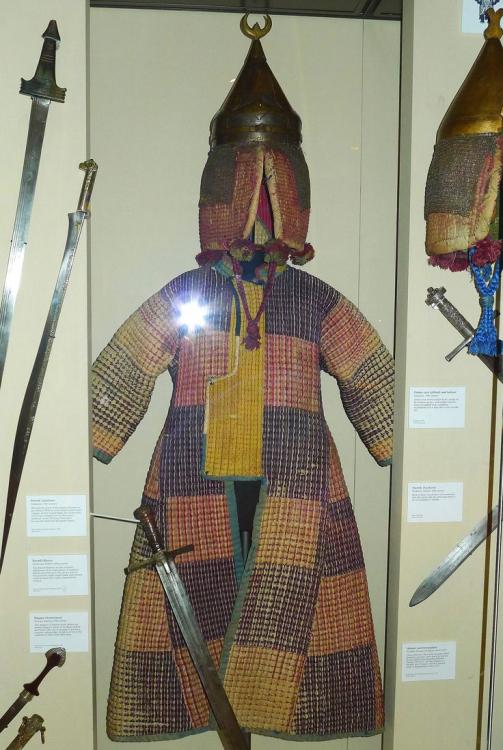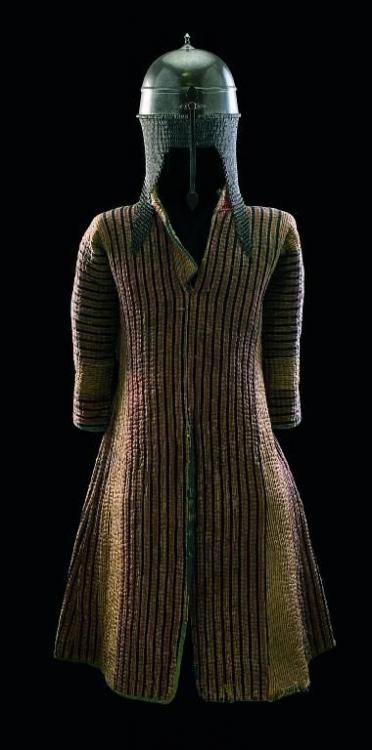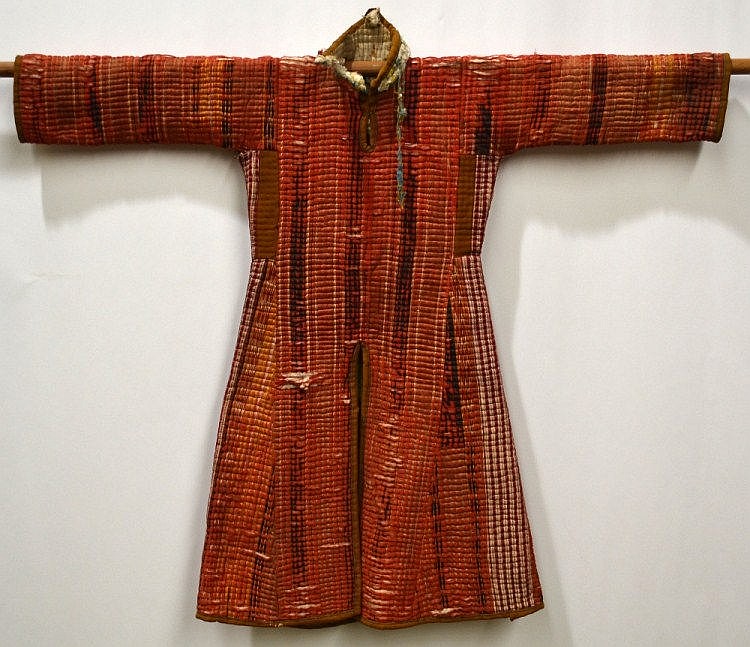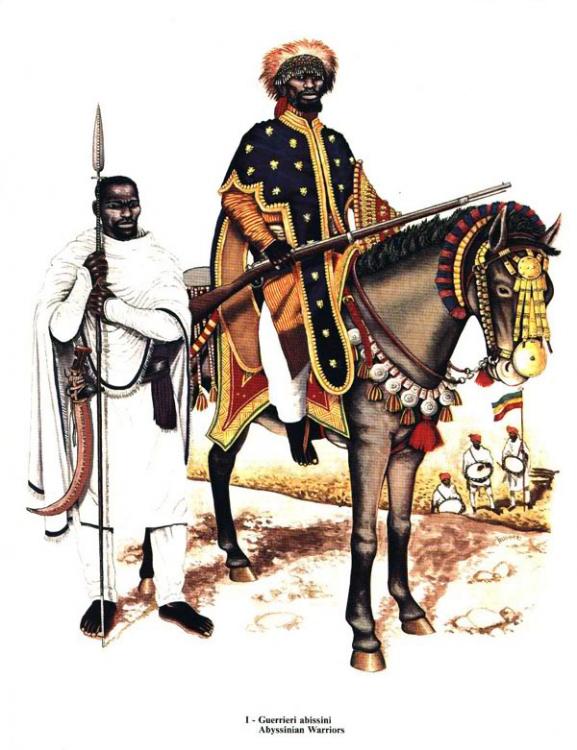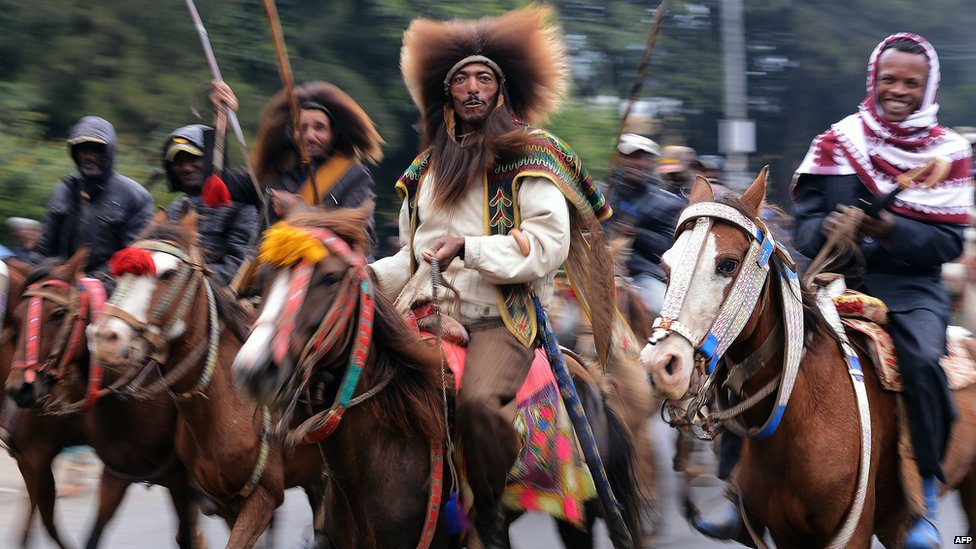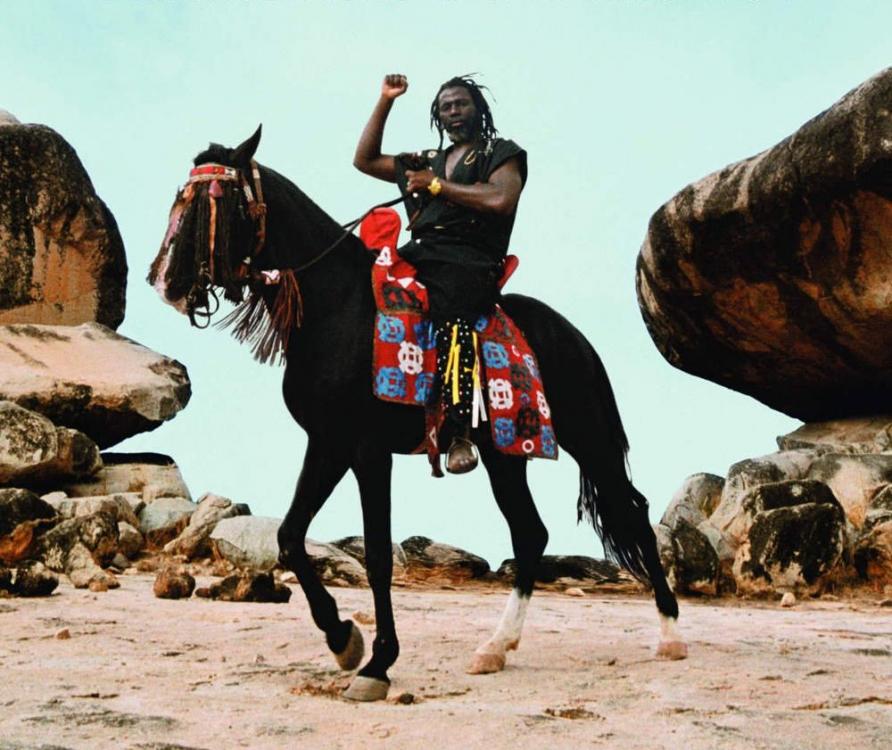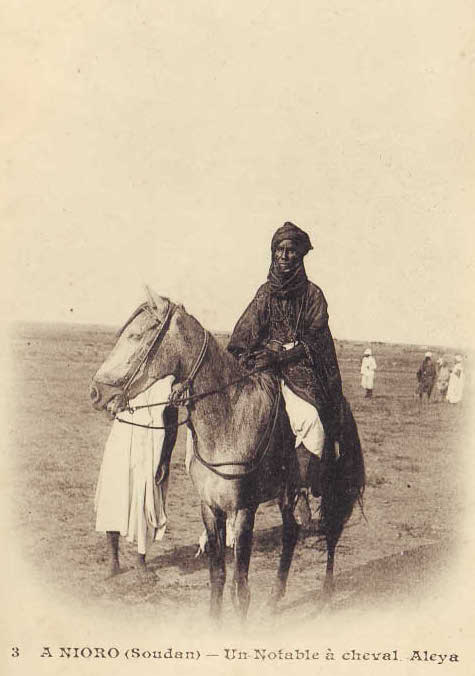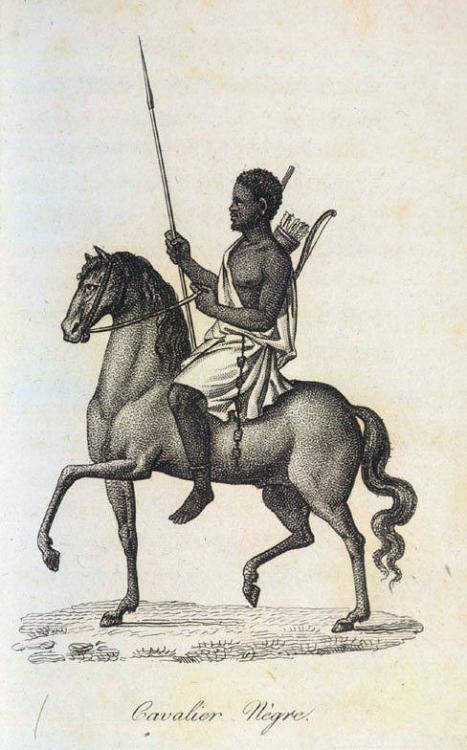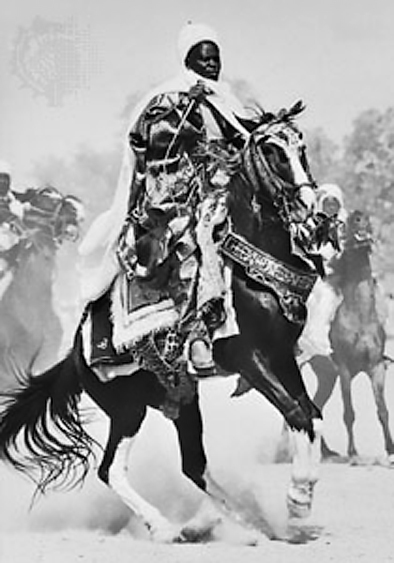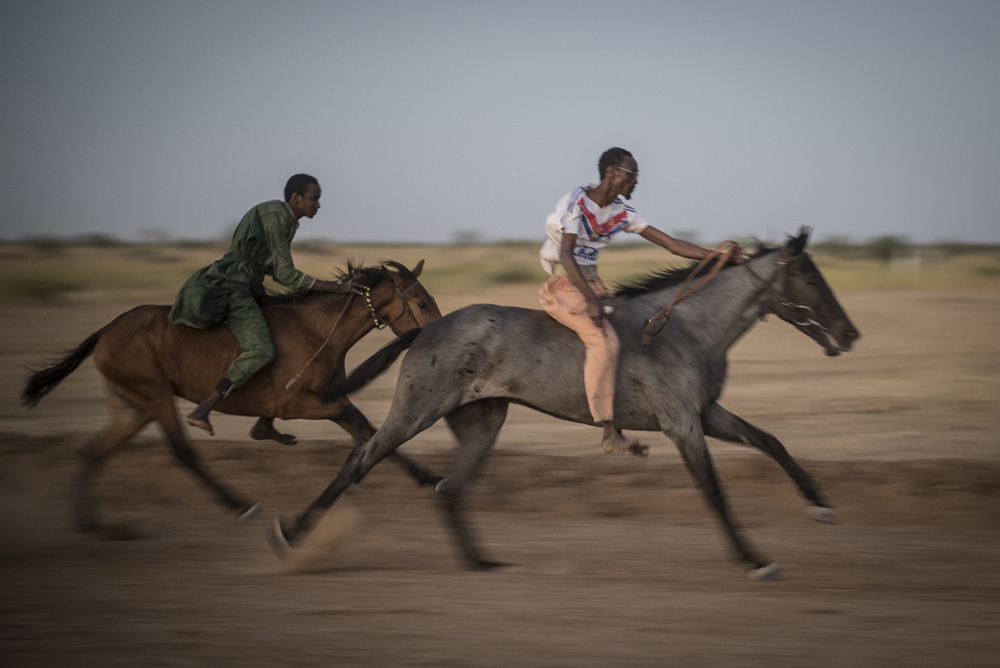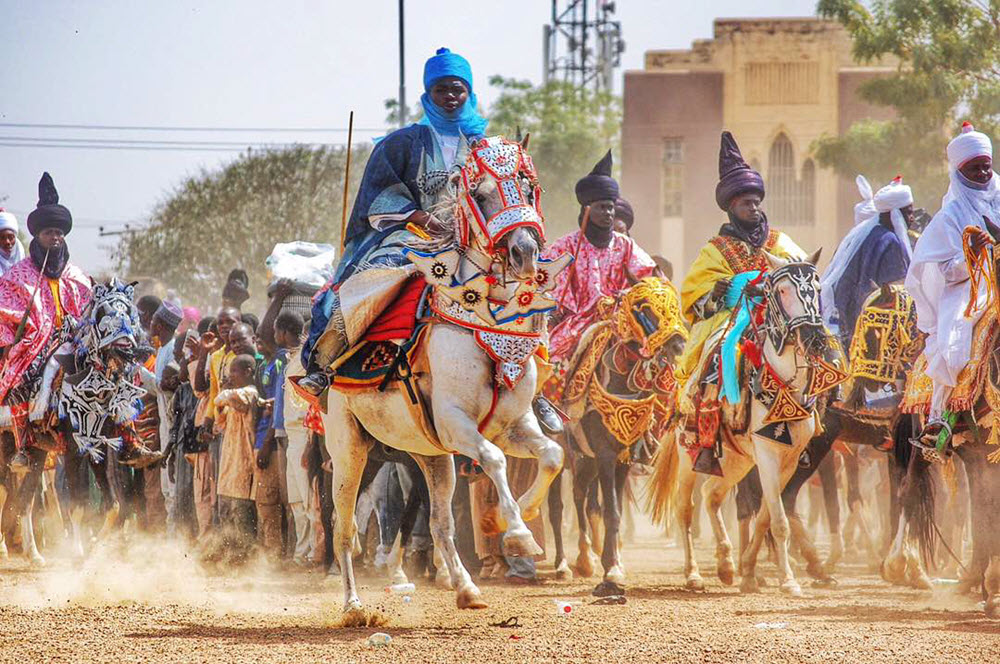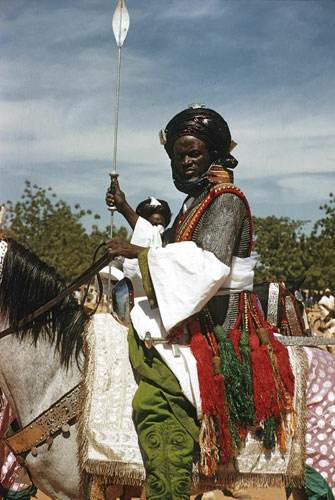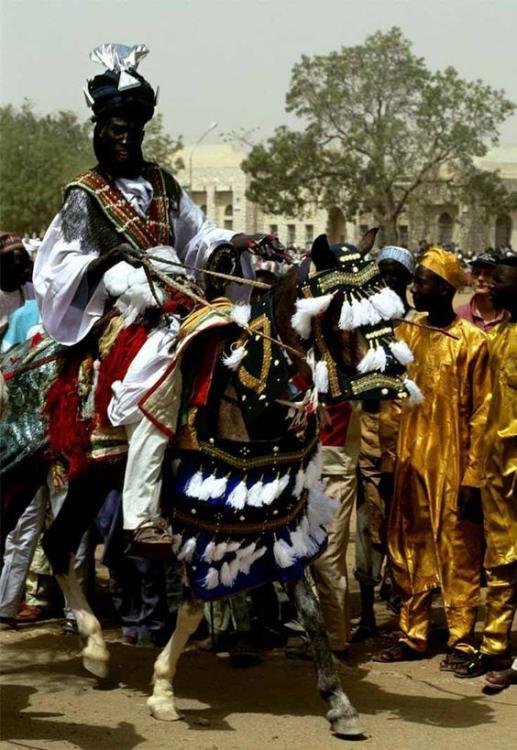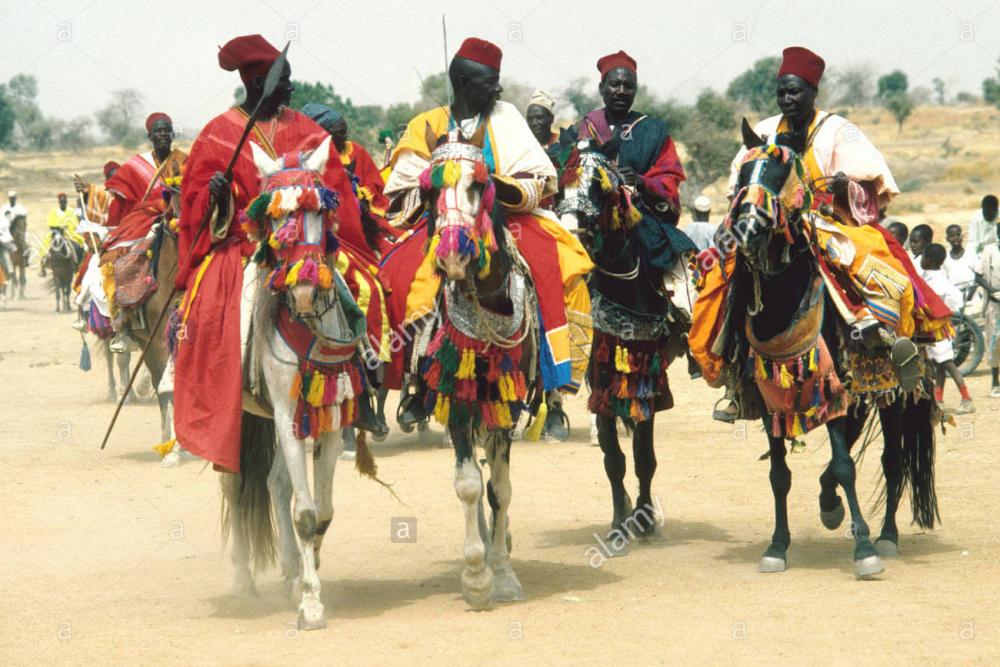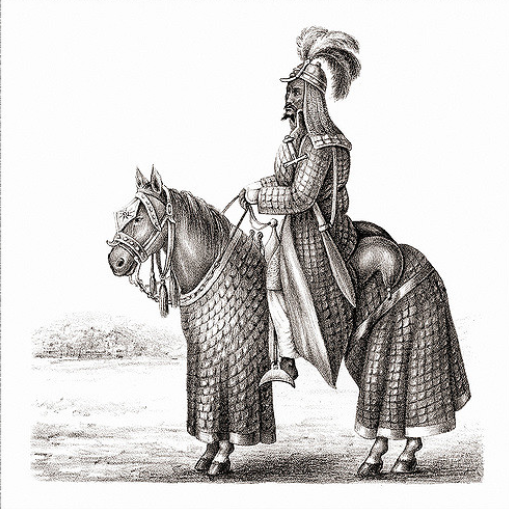Leaderboard
Popular Content
Showing content with the highest reputation on 2018-03-11 in all areas
-
little funny consequence. It was possible in a22 but i think it's faster now. Also if i want i can change the direction.7 points
-
4 points
-
4 points
-
I think rams should be super vulnerable to melee units, while devastating to buildings. So, the tactic is: Kill all the nearby enemy units, then role in with rams to take down the buildings.3 points
-
2 points
-
2 points
-
2 points
-
2 points
-
“Aegyptos” is a chimaera; correct it to “Aigyptos” (Greek spelling) or “Aegyptus” (Latin spelling); or just keep “Egypt” (English spelling).2 points
-
Hello, I am new in this forum and want to say a german "Hallo!" ^^ ...so please don't be too confused, because of my grammar. I really love this game and convered multible friend of mine to play it too. I come to the point, the battle and counter system is bad, worser than it has to be. Many older versions have nice elements which are delete now. Especially some siege weapons need some love in my opinion. I am no complete noob in balancing, some months ago I was part of the balancing Team of Company of Heroes 2. I was searching some problems and made a small fix for rams because why... ...can attack organics. I remove the ability (like in a16) In progress, I want to make it possible to attack through one line of infantry, so it isn't so easy to block them. So you have to conquer it, or destroy it. ...are fast as hell. I set speed from 0,9 to 0,6 ...can't be conquerd. I made it possible (like in a16) ...are counterd best by sword cavalry. In progress, maybe more... e.g.: In my opinion cavalry should become a negative bonus versus rams and siege towers. Infantry should be the counter. These things are more than confusing because it would be easy to bring them in line without chaaging to much. I want to discuss this small changes with you!1 point
-
1 point
-
@balduin, So there are two main types of cavalry depicted in those images. Javelin cavalry and lancers. The javelineers usually carry a few spears/javelins which would be thrown at the enemy from a short distance, after which the rider would pull back, and circle round to find another opening to throw another spear. Especially heavy cavalry is usually restricted to nobility and maintaining horses is expensive. Most individuals with horses also owned servants (also depicted in some of the images) who would carry much of the equipment, and when javelins are finished can provide "reloads" during battles. I don't know exactly what distance they were thrown from. Definitely varies in different places and depends on equipment, training and experience. I'm not familiar with textual references of African cavalry traditions detailing your questions. Not that they don't exist, I'm just not familiar with them, and I think a lot of the primary references would be in Arabic (the script that was used throughout much of the Sahel and beyond in the medieval period e.g. libraries of Timbuktu) and Ge'ez, ancient Ethiopic script, both of which I don't understand There are also descriptions by European travelers which mention some cavalry traditions, like the repetitive but fake massed cavalry charges against visitors to impress them, as an "official welcome" (can be seen in this image) I should share the following video of Queen Elizabeth's visit to Northern Nigeria in 1956, and the royal durbar in her name. Lots of cavalry (mostly Hausa and Fulani) including the fake massed cavalry charge on the Queen seen towards the end of the video. There are offensive colonial undertones in the narration of the video, but considering it's from 1956, it's not as terrible as one might expect.1 point
-
They are, but not certain at what point, but surely we will use them. Check this if you are not aware of it https://trac.wildfiregames.com/wiki/Triggers, besides there are a few maps using them. But to be fair, we haven't got to that point, so any task/possible trigger use said right now might change in the future. The goal of the project it's to have a playable campaign, not limited to destroying/wiping the enemy. We will use triggers, but not implement more, we are not programmers nor is in our scope, we might ask help from the devs team in any given situatio|n relating to triggers/core game.1 point
-
You all know I don't agree with adjustable batch sizes. https://trac.wildfiregames.com/changeset/21497 But that's okay to disagree. I would like to change it for my mod though. I want to "hard code" the batch sizes to multiple of 5 to create a consistent interface experience [eh hemmmm] for all of the mod's eventual players. How do?1 point
-
Nah, should look nice IMHO. They only live for all of about 100 seconds before they die anyway. Right, perhaps a prop or modified elephant model for this. I think the tower and pillow should be positioned forward slightly on the eles' back. Right now it looks like it rests on the animals back hip.1 point
-
Where did this leg armor come from? I don't think it works too well with the contours of the elephant's legs as is1 point
-
Yeah, this is the kushite elephant hero texture Now I just need to boost my commit speed ^^"1 point
-
Ooooh, cool, I think that looks way better! I like the way the blanket makes the tower look less large, but maybe the blanket itself is a tad too large/wide? By the way, here's an idea for the Ptolemaic tower (wood frame), although this one seems to be used for parades. I can still imagine some leather spun over it for actual battle:1 point
-
Came from Hannibal Barca mod I'll remove it.1 point
-
@stanislas69 Very cool indeed! @wowgetoffyourcellphone I think it's important to emphasize the fact that these towers are very lightweight. Some of the artists' reference images of a Carthaginian war-elephant shows towers made of stitched leather, (probably hardened, and spun over a light wooden frame). I think that would do good to add to the authenticity of the look. Also, maybe the tower is still a little too tall? I made a stitched leather texture that I think would be more appropriate for the tower? Secondly, I think there needs to be a thick blanket (3D) underneath the tower, to cushion the tower for the elephant and evenly distribute the weight. This image shows very beautifully, how the tower is cushioned by a thick blanket: If you look at all the references, the towers are usually fastened to the elephant with three straps: one across it's chest, one across it's belly, and one across it's butt. Most appropriate IMO would be a thick leather strap in the middle across it's belly, and metal chains across it's chest and butt. The leather strap in the middle holds the tower down (anchors it) and the the two metal chains across it's front and back prevent it from moving back and forth. Maybe @Alexandermb could help us here?1 point
-
Persians, Indians, and Kushites should be the archery civs. But are they currently?1 point
-
There should be a "tips booklet," where you can cycle through the tips like a slideshow. In fact, this should be accessible through the menu and also part of the loading screen.1 point
-
Now are synced: Horse_new_armor_used.7z, The chariots actors (the charioth mesh itself) tells the horses to play death 1 all or death 2 all animations, the seleucid was working perfect so i applied the same for the others chariots.1 point
-
This happens on many maps, I'll some fix after feature freeze to most maps (testing different distances)1 point
-
Templates typically inherit from others; open any xml template and have a look at the second line, all the information you need is there: <Entity parent="*"> Unless a new value is specified in a template, the child has the same values as its parents. Basically all unit templates form a tree; e.g.: template_unit.xml template_unit_cavalry.xml template_unit_cavalry_ranged.xml template_unit_cavalry_ranged_javelinist.xml units/athen_cavalry_javelinist_b.xml units/athen_cavalry_javelinist_a.xml units/athen_cavalry_javelinist_e.xml1 point
-
Hi @LordGood have you downloaded any custom brushes for Krita yet lots of them out there BTW they have the same file format as the GIMP and blender brushes so are useful with those apps though most of the speed brushes don't work in GIMP. Do a google with Cazu Brush Collection for Krita for a set that I have found useful. Enjoy the Choice1 point
-
1 point
-
Pre-Colonial African Cavalry Traditions Super Illustrated When I was a lot younger, I came across 2 images of African pre-colonial heavy cavalry, which absolutely fascinated me. At the time I had never seen African cavalry, let alone heavy cavalry. In those early days of internet, it was very difficult to figure out where these images came from, or what exactly they were depicting. Luckily, times have changed, and we now know a lot more about these images, as well as the much broader context of ancient African cavalry traditions. Even more interesting for us, it has become apparent to me that the earliest diffusion of horses and cavalry culture into Central- and West-Africa came from none other than Kush and its periphery, which makes the study of African cavalry traditions all the more interesting from a Kushite perspective. Quilted cotton for horse and rider, seen on this cavalry man from the Kingdom of Baguirmi (Chad), once part of the great Kanem-Bornu Empire (neighbouring Sudan). The riders often wear a leather or iron/steel cuirass underneath the cotton armour. This 19th century rider is wearing a quilted cotton skullcap... This can not be unseen... Neither can his double tipped spear. These are the cataphracts of ancient Africa: Imagine my elation when I stumbled across this exact type of armour in a basement exhibition on African history in the British Museum, by chance... They're even more imposing in real life! Those metal cuirasses were impressive, and were said to be able stop the ball of a musket. Chainmail was also widespread. Mounted body guard of the Sheik of Bornu, in full chainmail. Underneath his turban, he has a leather reinforced cap, made up of thick bands tied together at the top with those rectangular leather bits. Also, that armour piercing spear seems unpleasant... Studying the similarities between ancient Kushite cavalry and later medieval cavalry traditions is made difficult because of the spread of Arab and Berber cavalry customs to the Sub-Saharan regions in later periods, which has totally overshadowed the earlier Sub-Saharan horse periods from an academic perspective. Most people including academics don't know that horses were being bred in Sudan as early 1500BC, which makes an accurate assessment of the origins of African cavalry traditions nearly impossible in the popular academic world. I hope that my research in this thread (including the reliefs and graffito depicting horses, written histories mentioning cavalry, and the burial of entire horses and their equipment in some of the royal tombs) goes some way to addressing this issue. Experts in the field have long written about the importance of horses, cavalry and chariotry in ancient Kush, but popular attitudes are sometimes hard to change. Following points are interesting: the existence of an ancient and large indigenous African horse-breed, known as the Dongolawi, which is markedly different from Arab or Barb horses, originated in Sudan and fits ancient descriptions. It predates the Arab and Barb horses in Africa, and was bred and exported widely on a large scale during antiquity. It is now found all across the Sudanic belt (from Sudan to Senegal), but has been interbred with foreign horse-breeds. Pure Dongolawi are rare, but still widespread. The widespread similarities in Sub-Saharan horse-acutrements, including decorated bands of leather and/or cloth and metal across the chest and backside, metal bells, saddle-types, types of halter and types of stirrups and even the use of raised chamfrons as well as the use of semi-cercular cheek-guards is noteworthy. Arab, Berber and Sub-Saharan cavalry traditions share certain commonalities, but are also very distinct from each other. Arabised African populations use Arab cavalry traditions. Berbers cavalry is part of the Numidian and even Roman heritage mixed in with Arab and Sub-Saharan influences. I believe Sub-Saharan cavalry traditions primarily come from a third "mystery" source: Kush... Especially along the Sudanic belt, a vast biotope stretching from the savannahs of Sudan to Senegal, culture, people, religions and technology moved relatively freely. Many similarities can be found among the otherwise very diverse people of this vast region, including similar cavalry traditions. It is no coincidence that some of Africa's largest empires were situated along this biotope, like the Mali Empire, the Songhai Empire, Kanem-Bornu, the Hausa city states and the Sokoto Caliphate. Quilted cotton armour, which is first recorded in the Nile Valley in antiquity, was used by Kushites to cover horse and rider. This is a quintessentially African type of armour that was used in Sudan during the BC-era, and spread to Central- and West-Africa where it is used to this very day (mostly ceremonial). This specific type of armour is so wide-spread, that an ancient point of dissemination is almost unquestionable. It is used in countries from Sudan to Mali, including Chad, Niger, Nigeria, Cameroon, Burkina Faso, Togo... Quilted cotton was later spread in the Middle East by the Arabs through Egyptian influence and even appears in medieval Europe. In the book "On the Erythraean Sea", the Greek historian Agatharchides, relating to Ptolemy II Nubian campaign, refers to a native type of felt armour for horse and rider that covers the whole body except for the eyes: For the war against the Aithiopians Ptolemy recruited 500 cavalrymen from Greece. To those who were to fight in the front ranks and to be the vanguard - they were a hundred in number - he assigned the following form of equipment. For he distributed to them and their horses garments of felt (stolas piletas), which those of that country (hoi kata ten choran; "the natives of the country" in Burstein) call kasas, that conceal the whole body except for the eyes. This is almost definitely Kushite quilted cotton. "that conceal the whole body except for the eyes"... I think I might know exactly what type of armour it was, and why it was so important. It was used by Kushites as an effective protection against arrows, which made it important for Ptolemies in their campaign against the archery heavy Kushite army. Here's an example of a 19th century Sudanese quilted cotton armour for horse and rider, covering the whole body except for the eyes, almost the same as the one used by the horsemen of Baguirmi and fitting ancient descriptions: An ancient Kushite example?: The iron cuirass worn underneath the quilted cotton armour of the riders of Baguirmi: Anyway, enough talk from me, enjoy this very large collection of Pre-Colonial African cavalry illustrations: Pre-Colonial African Cavalry in etchings and drawings: Pre-Colonial African Cavalry in Pictures: Contemporary African Cavalry Traditions: Mahdist armour for cavalry men, Sudan:1 point
-
I think you didn't understand that we don't disagree with someone implementing more core game mechanics.1 point
-
1 point

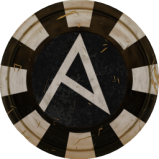


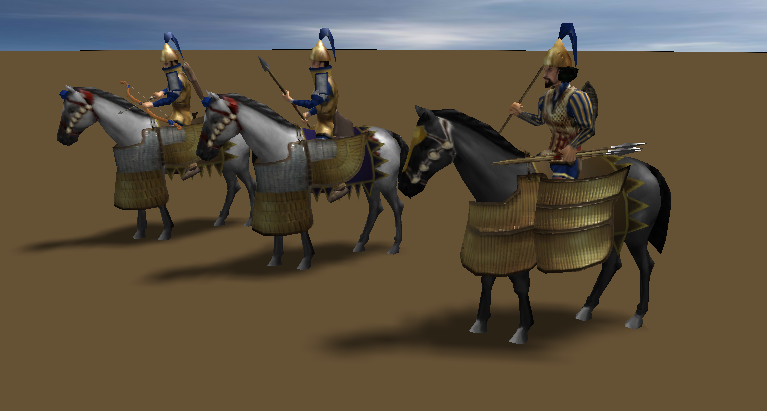
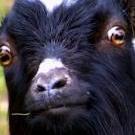
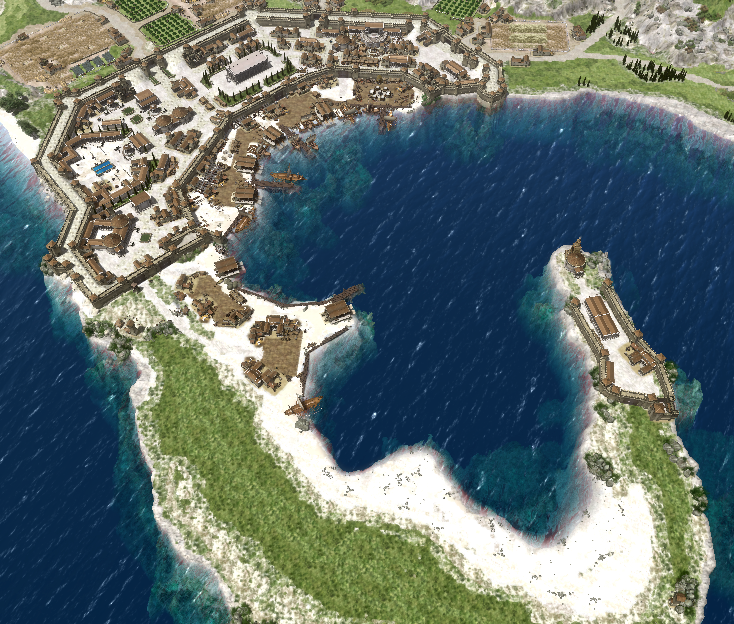
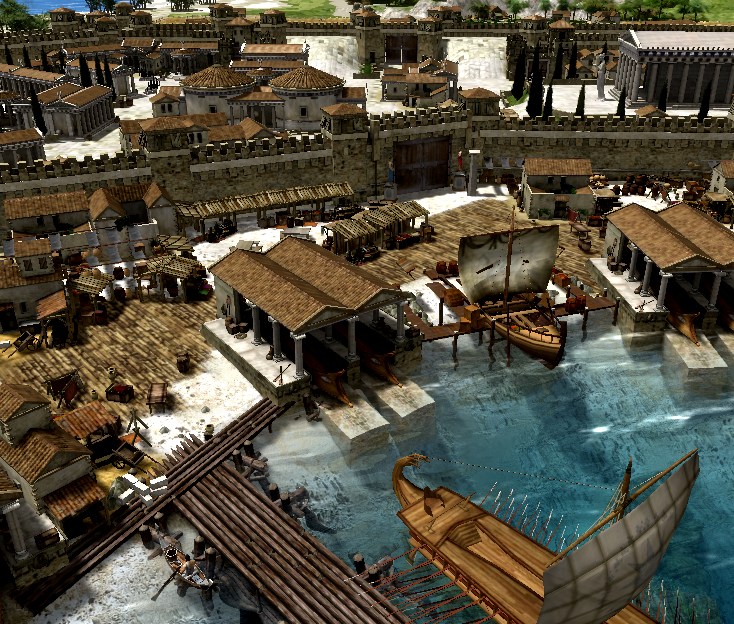
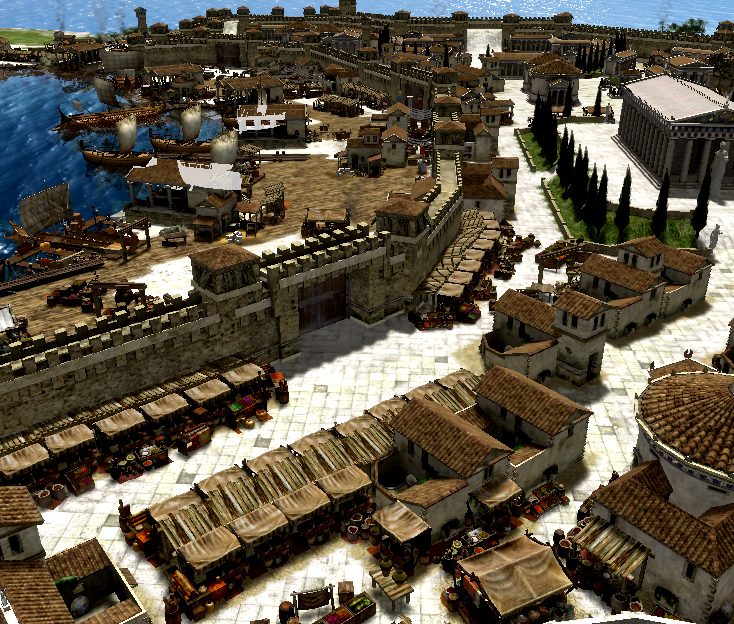
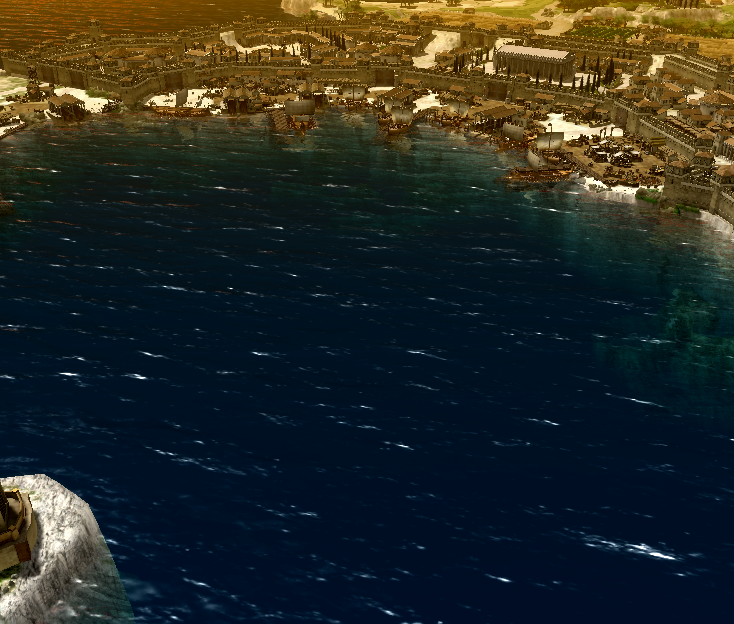
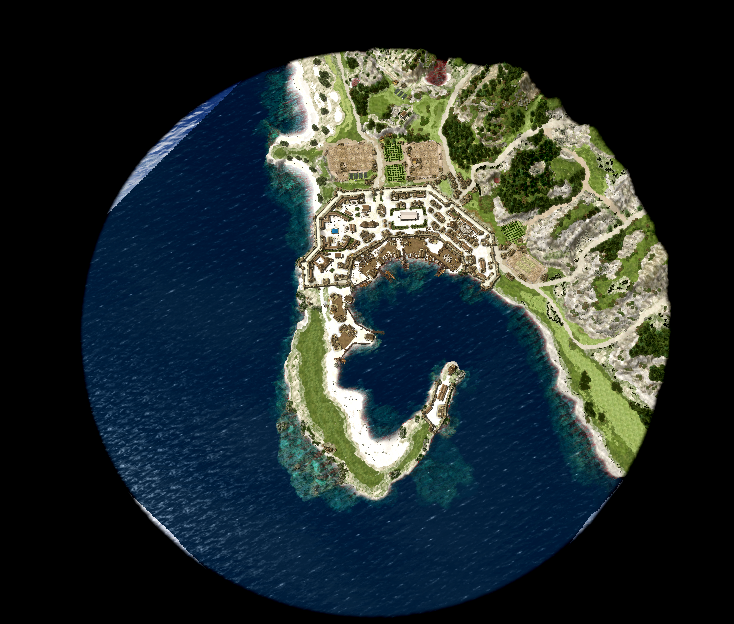
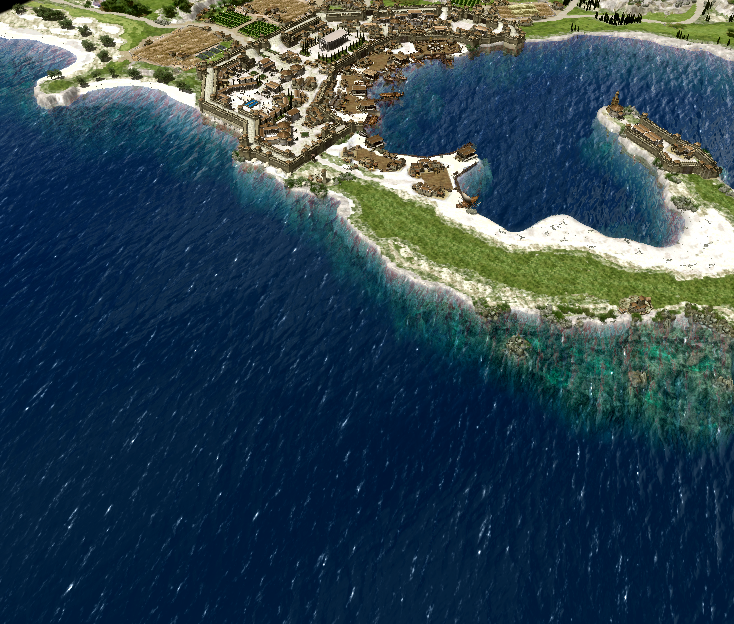
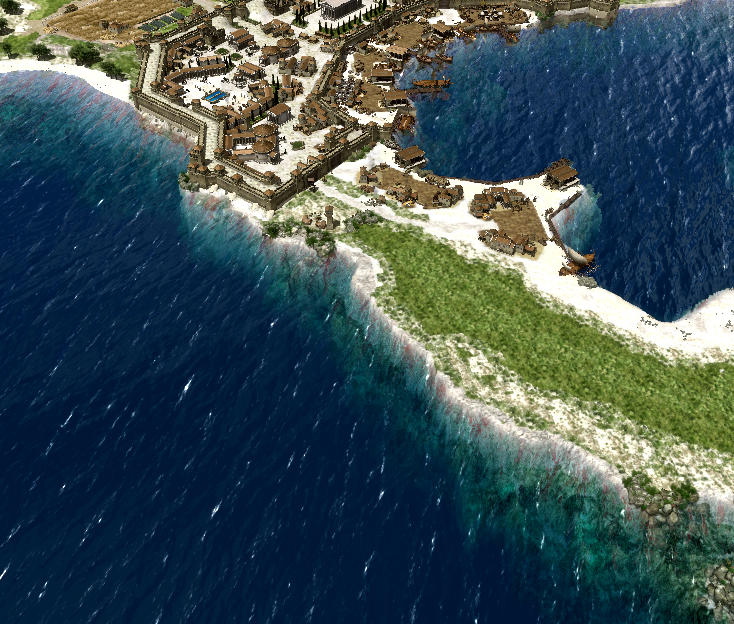
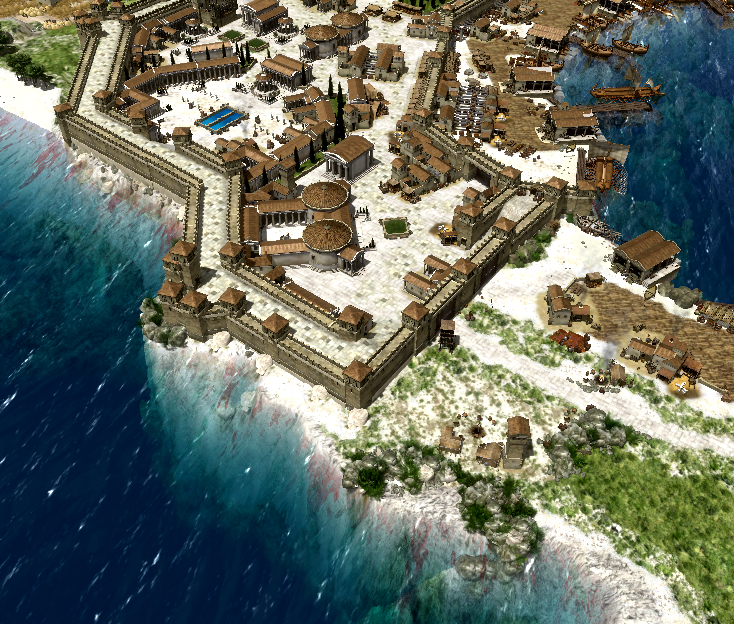
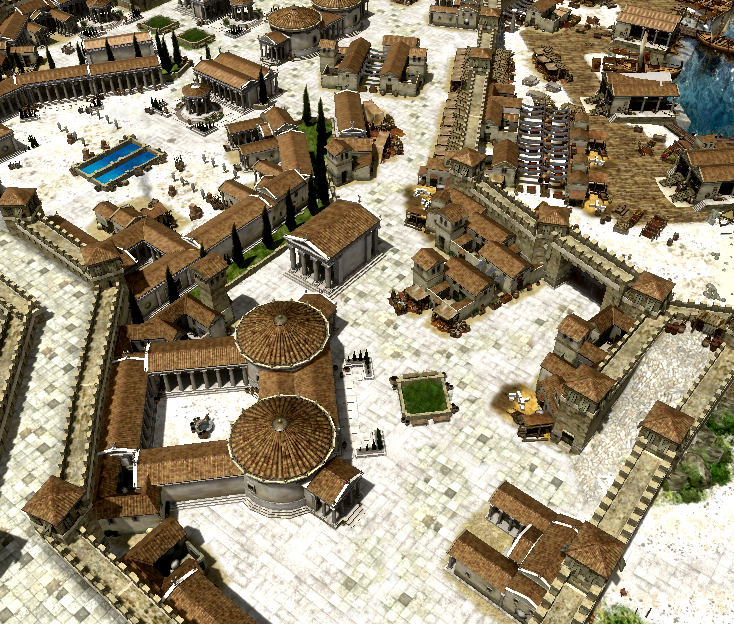
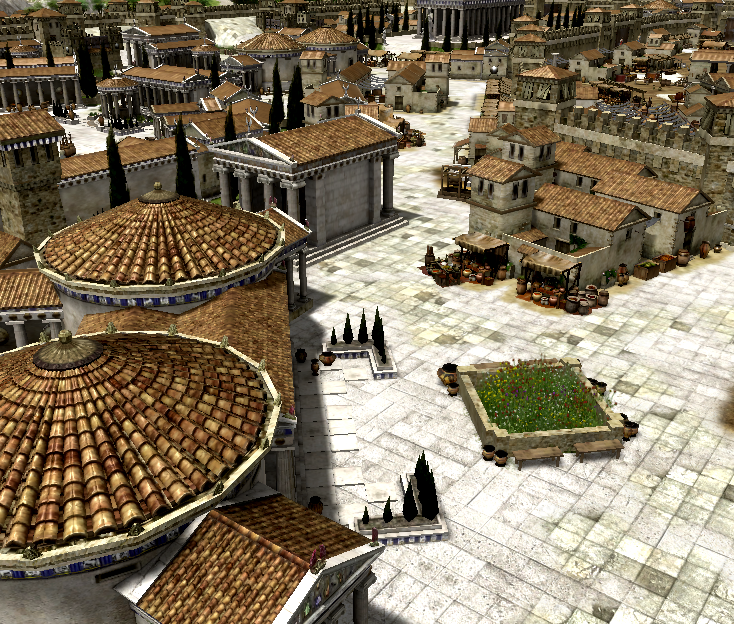
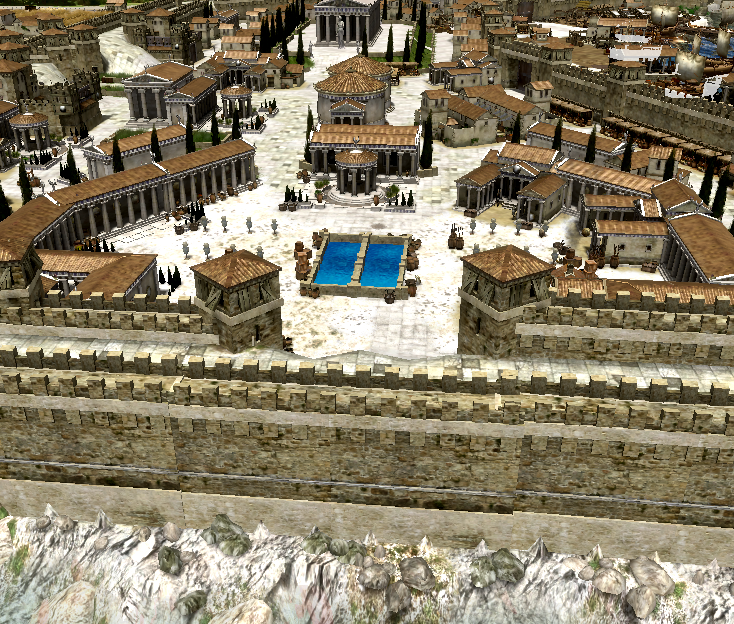
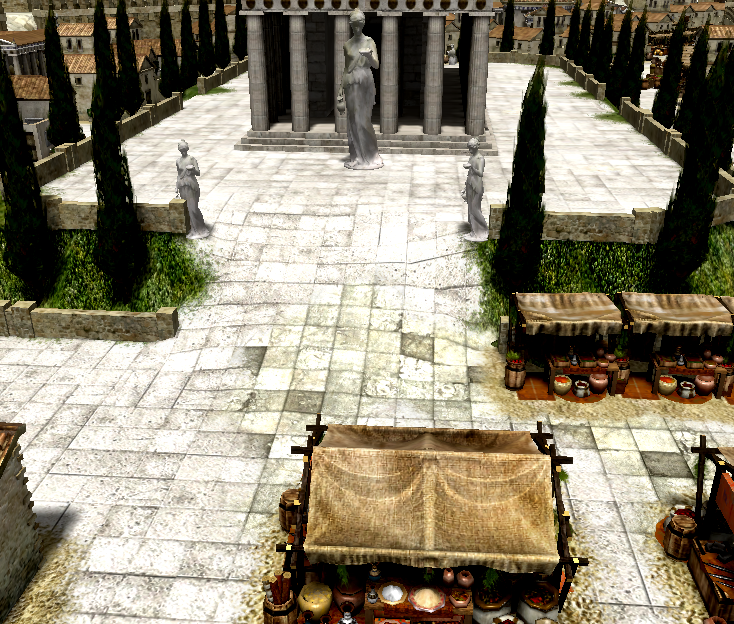
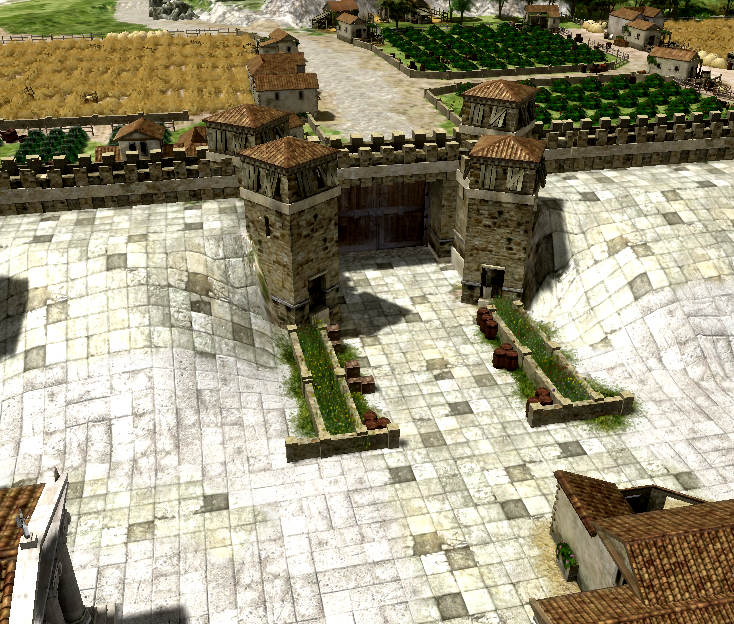
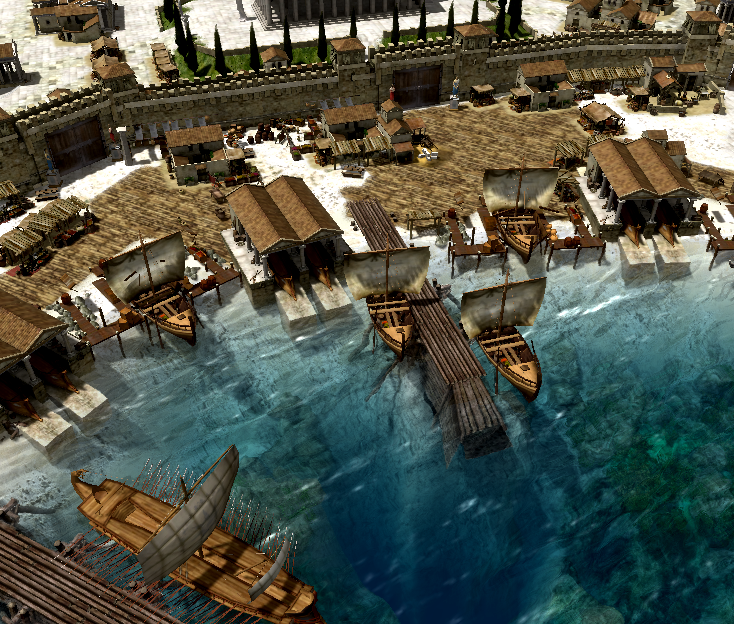
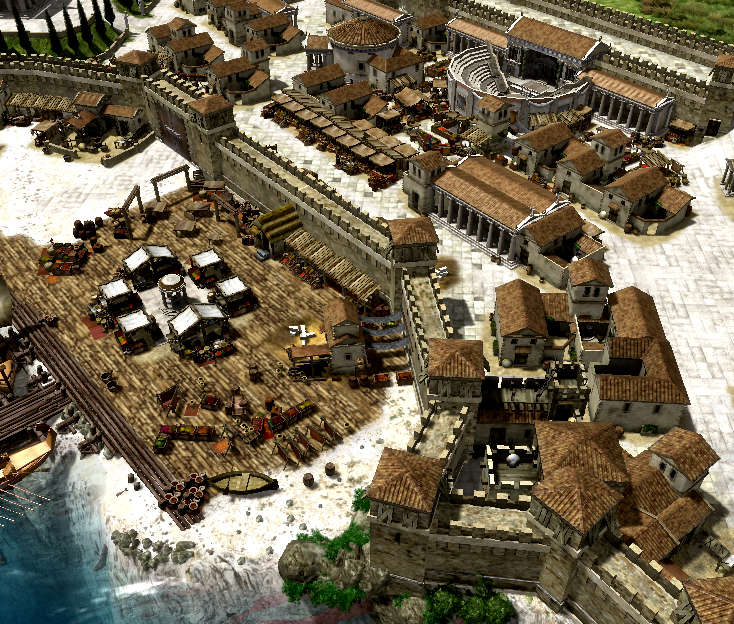
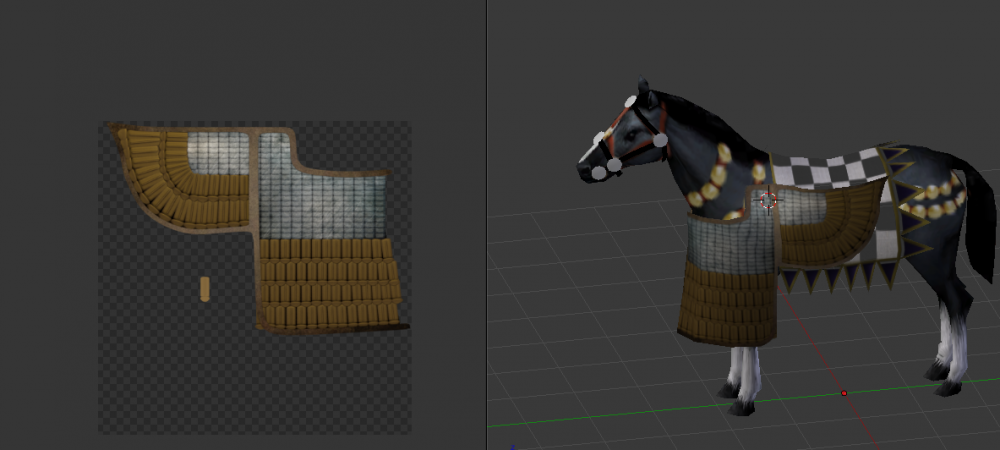
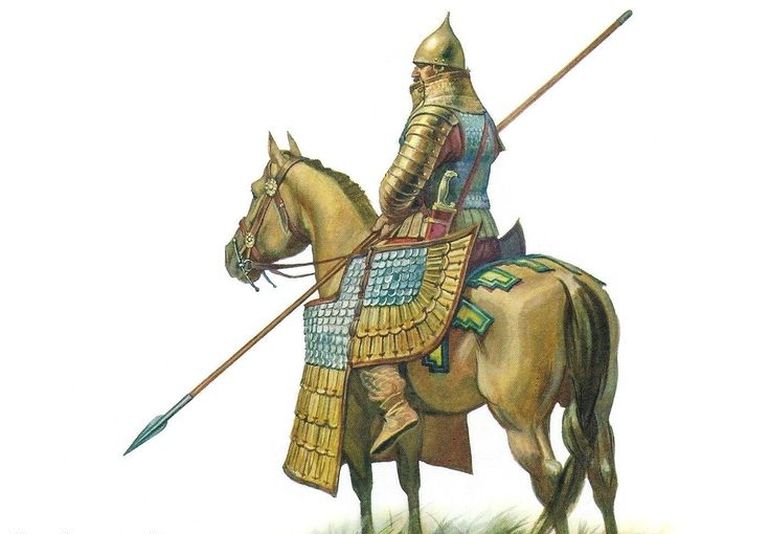
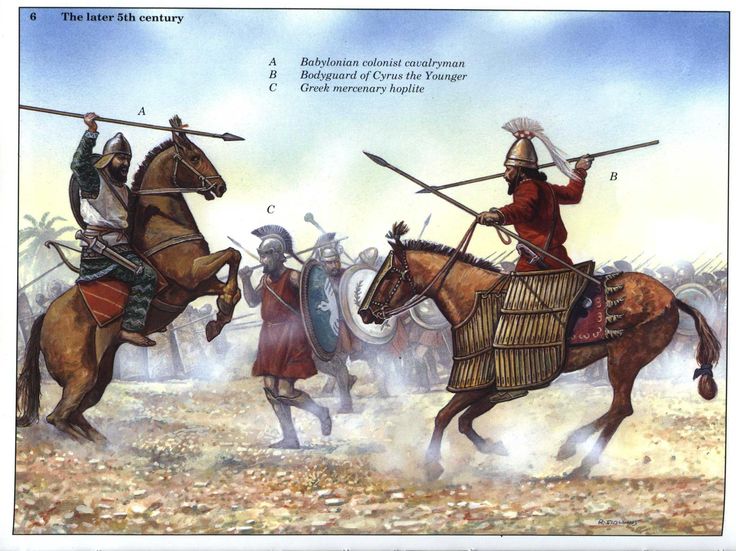
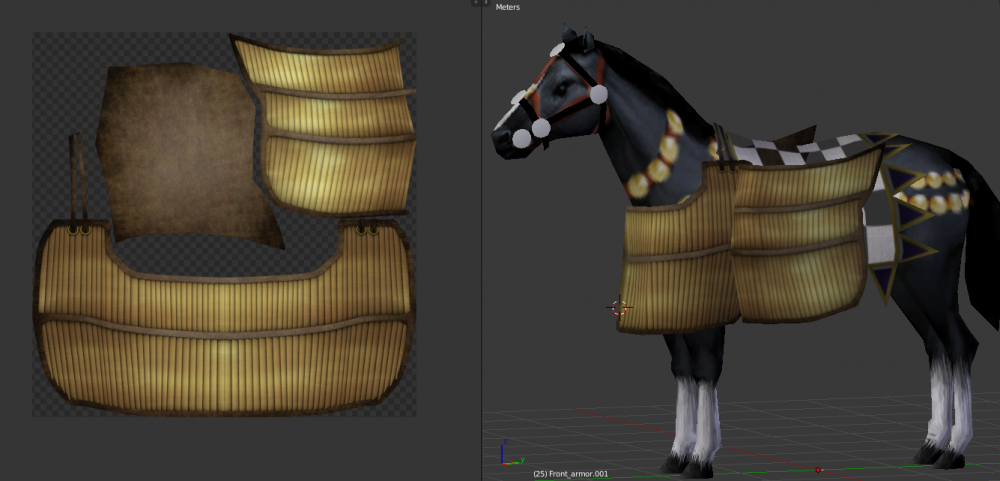




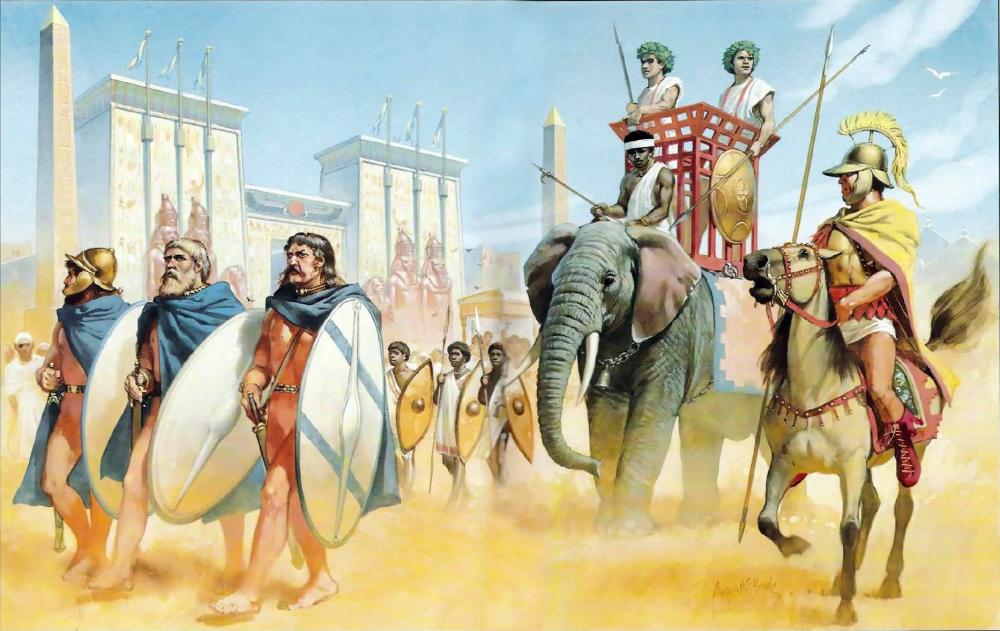
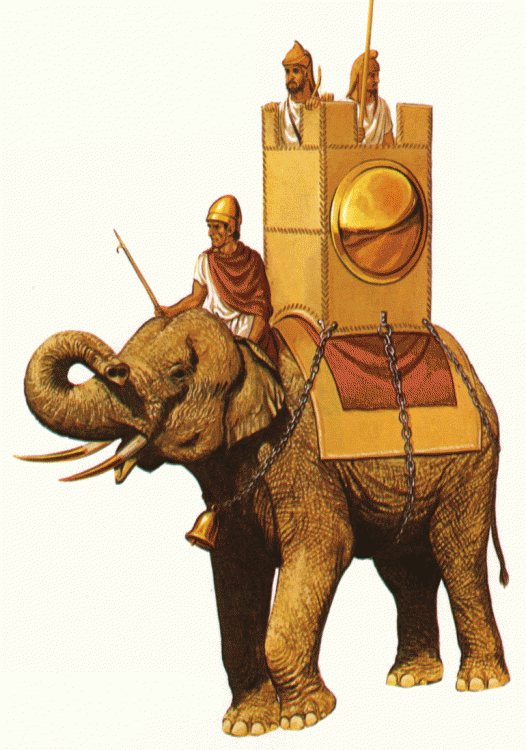
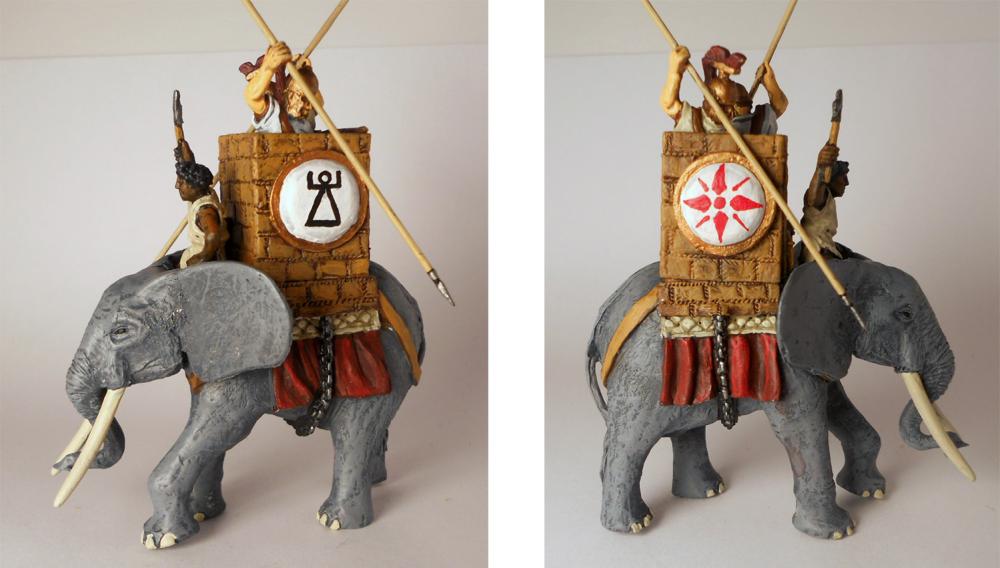
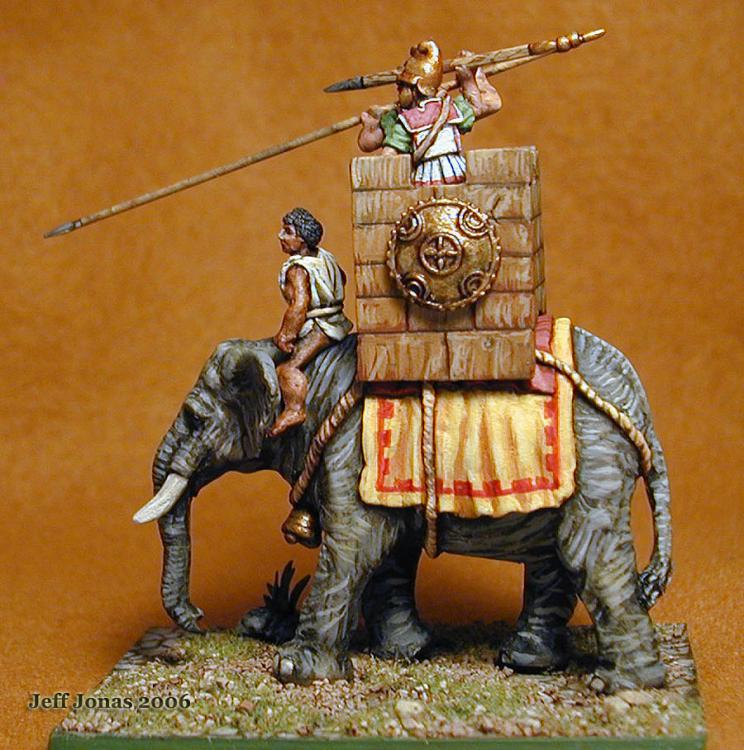
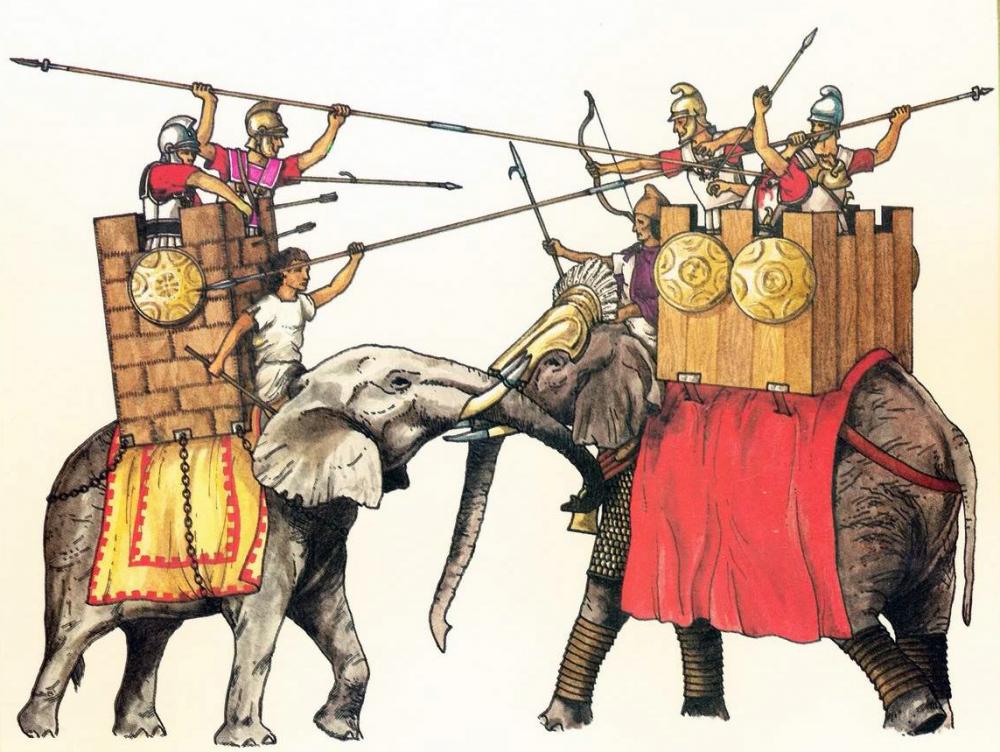
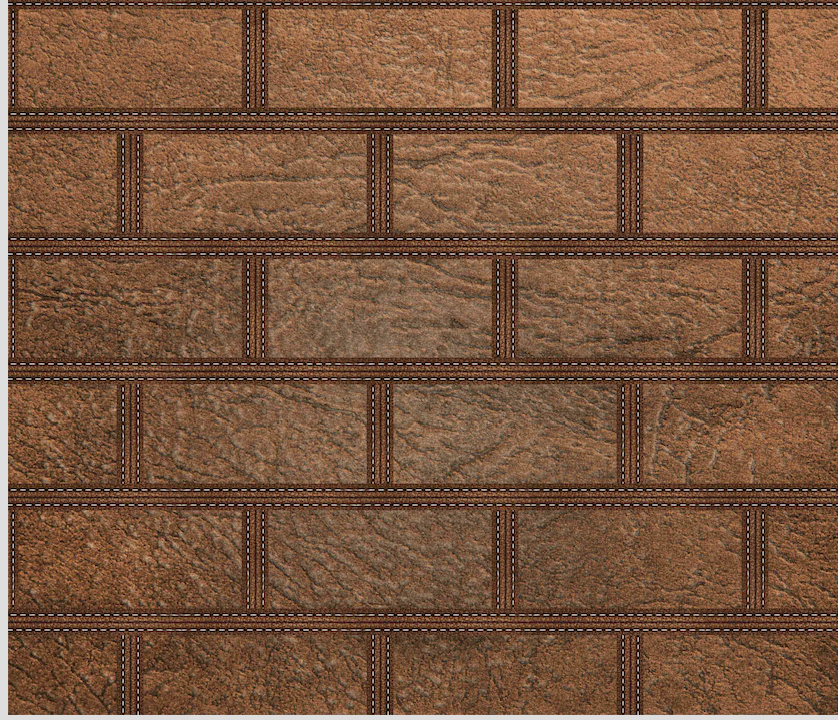
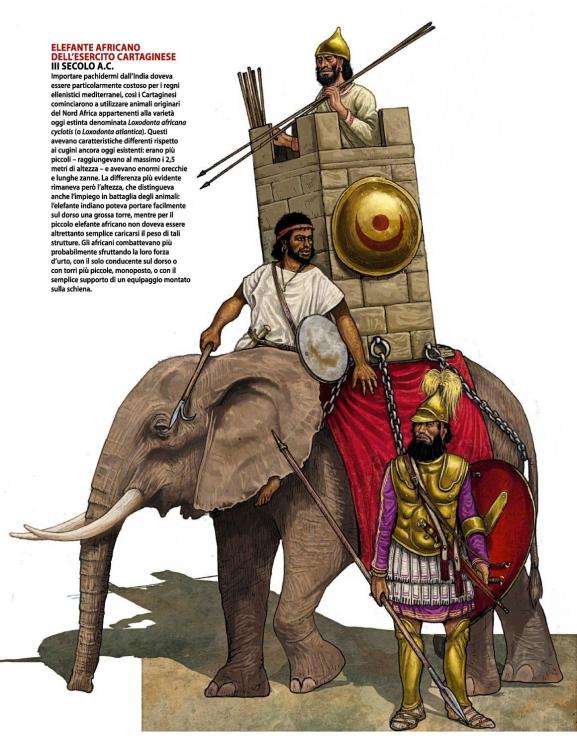
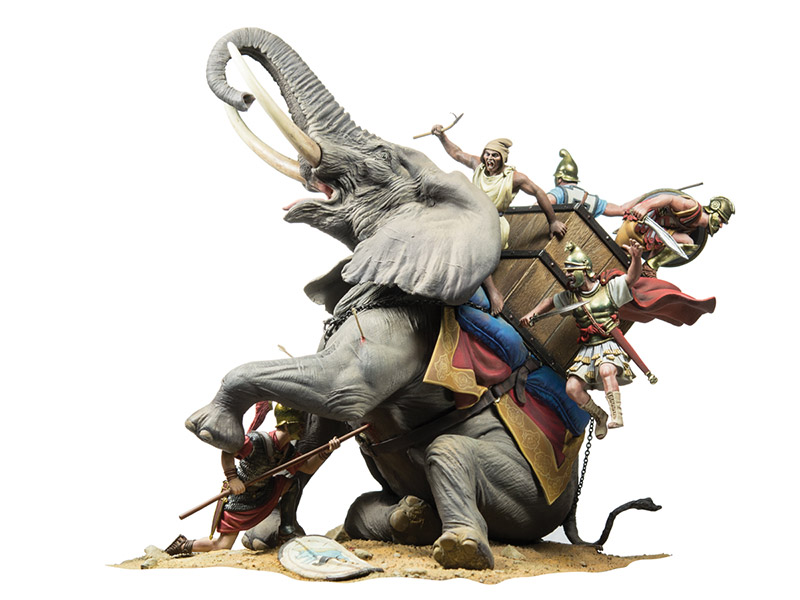
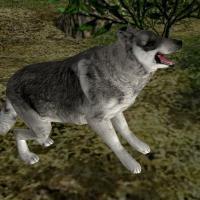

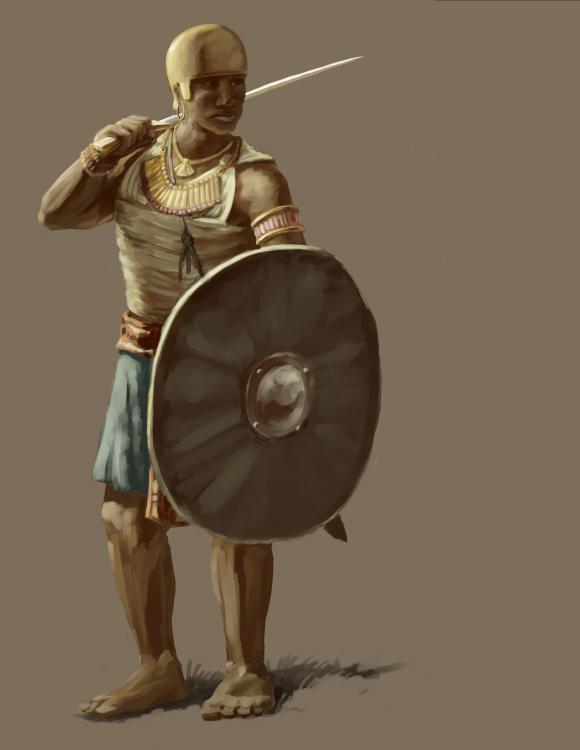
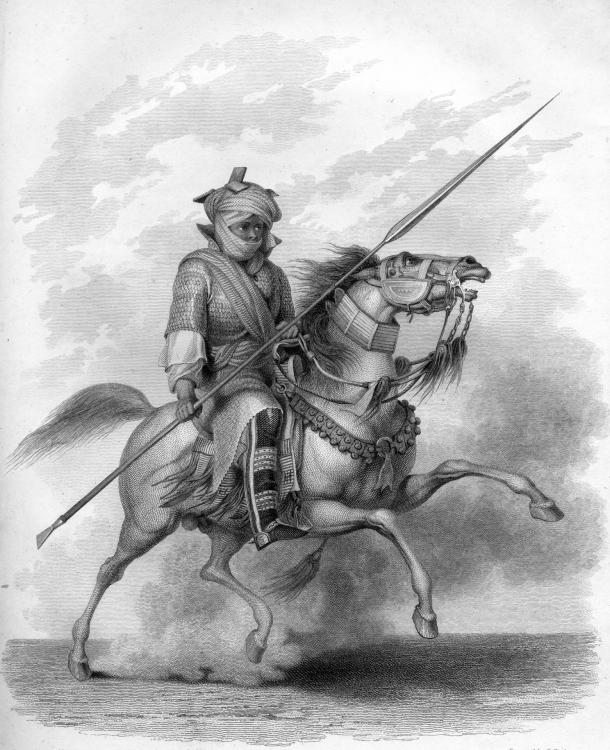
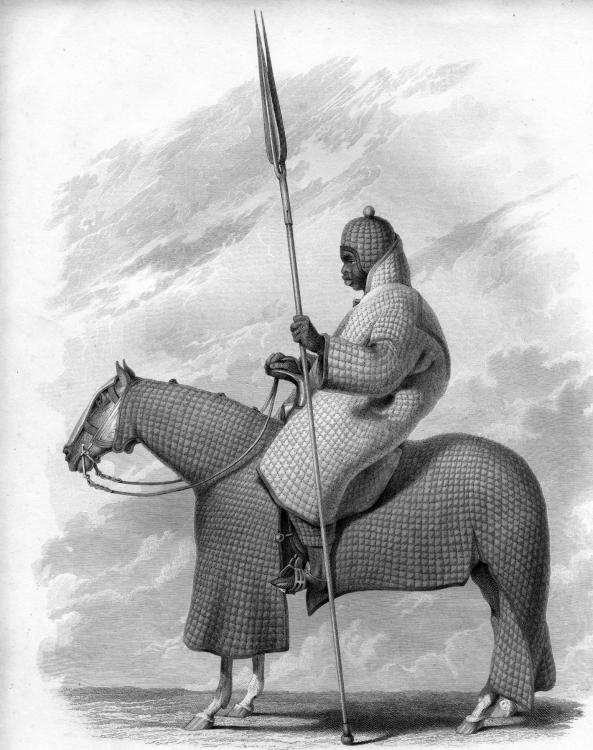
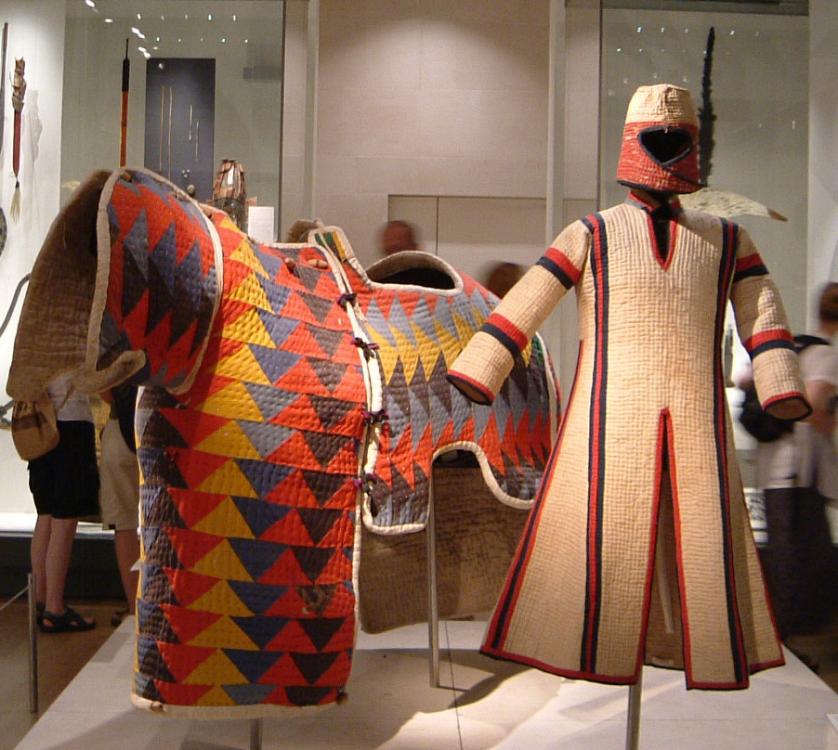
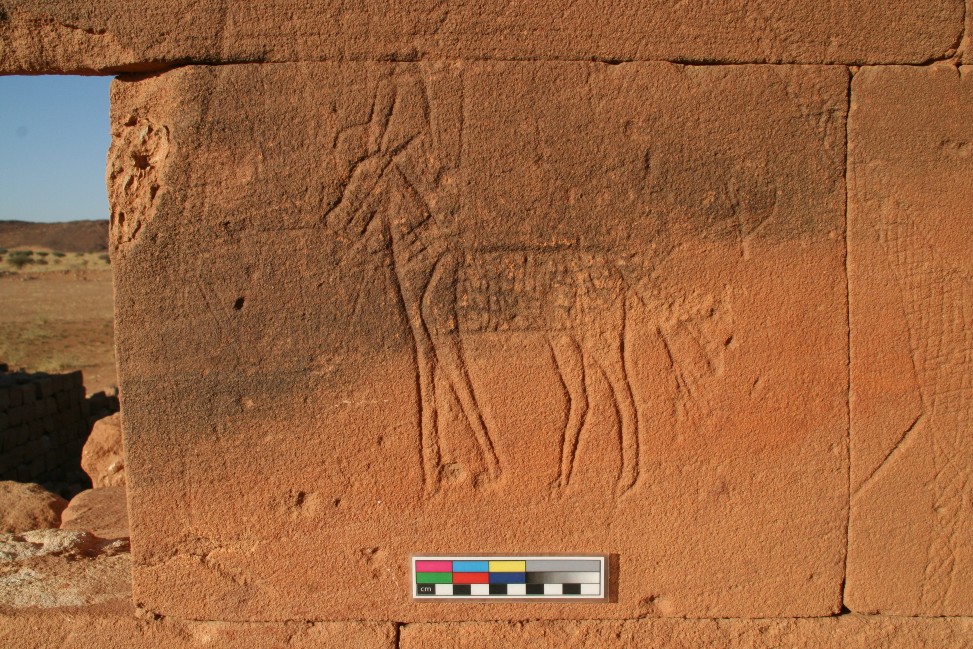
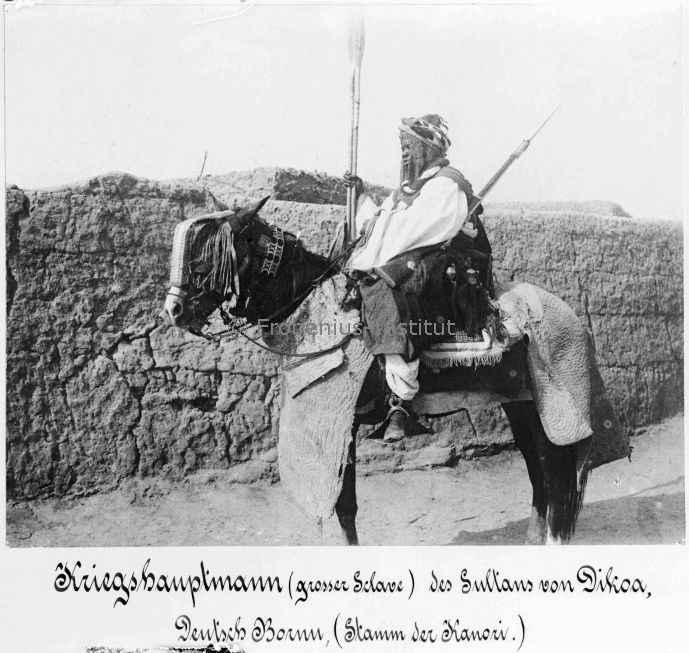
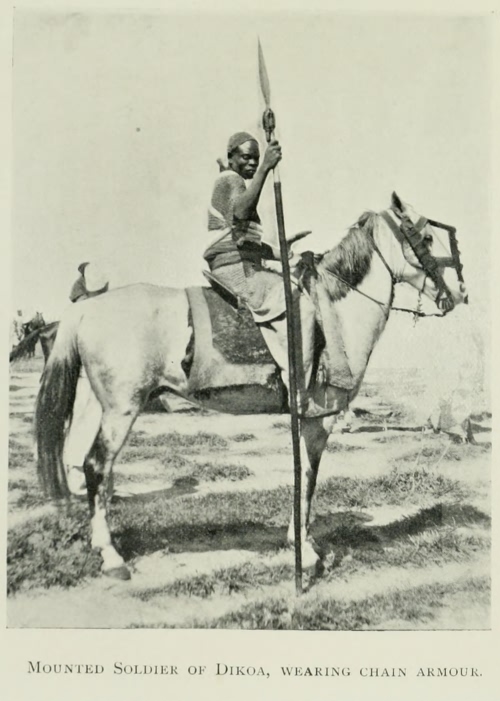
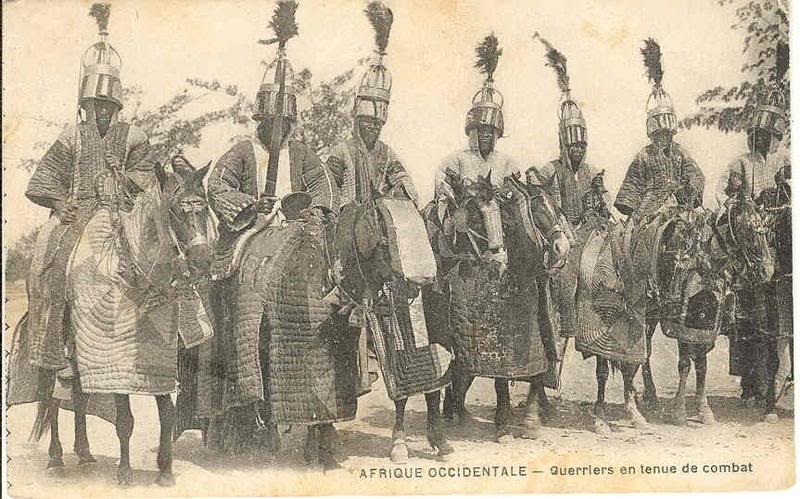
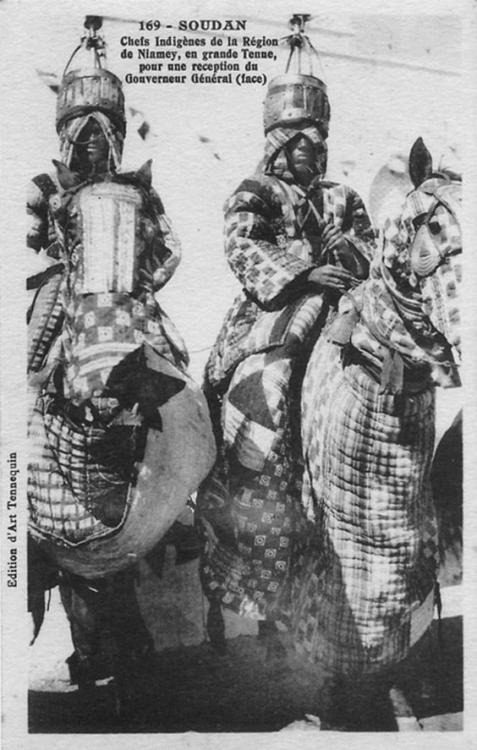
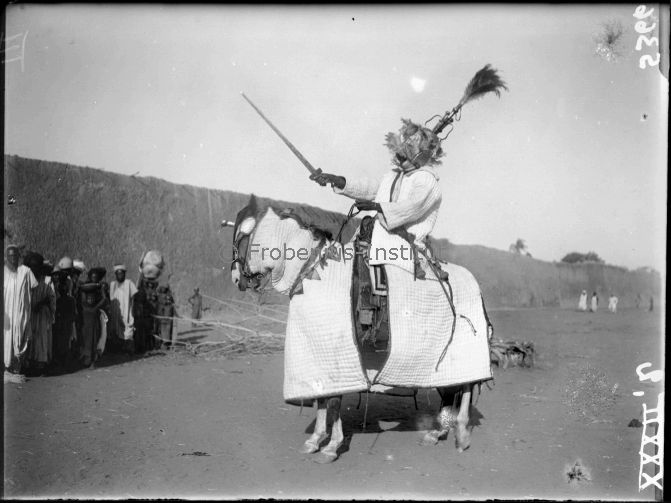
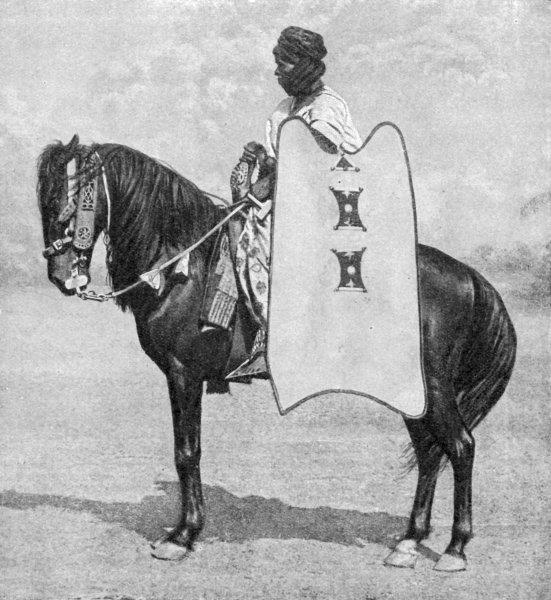
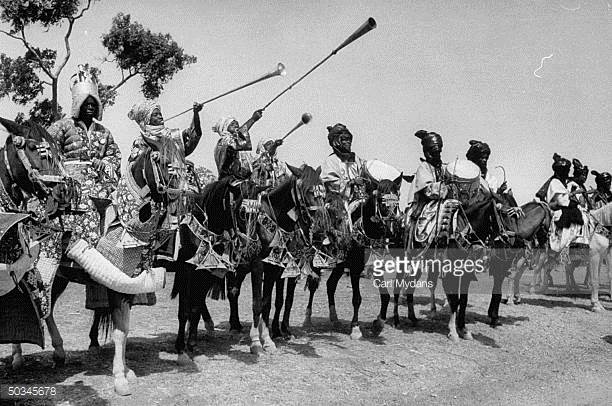
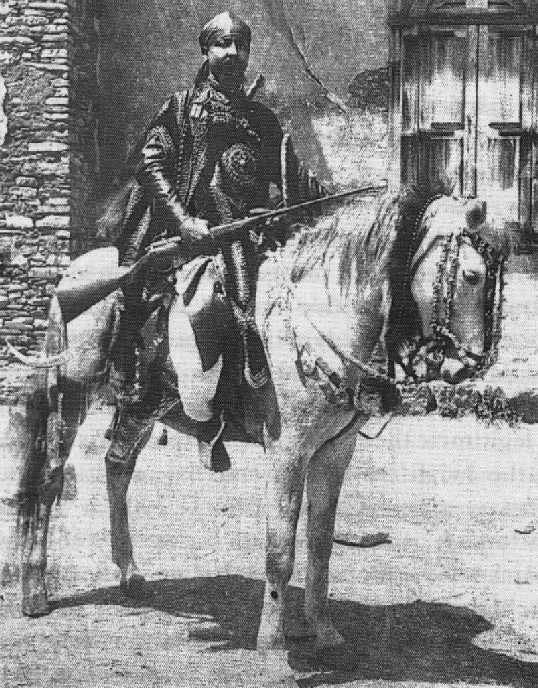
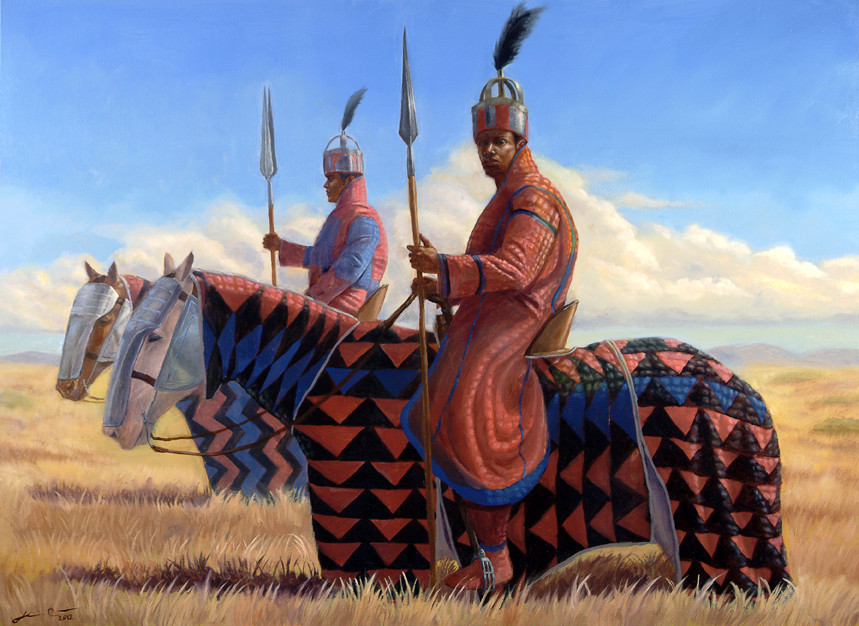
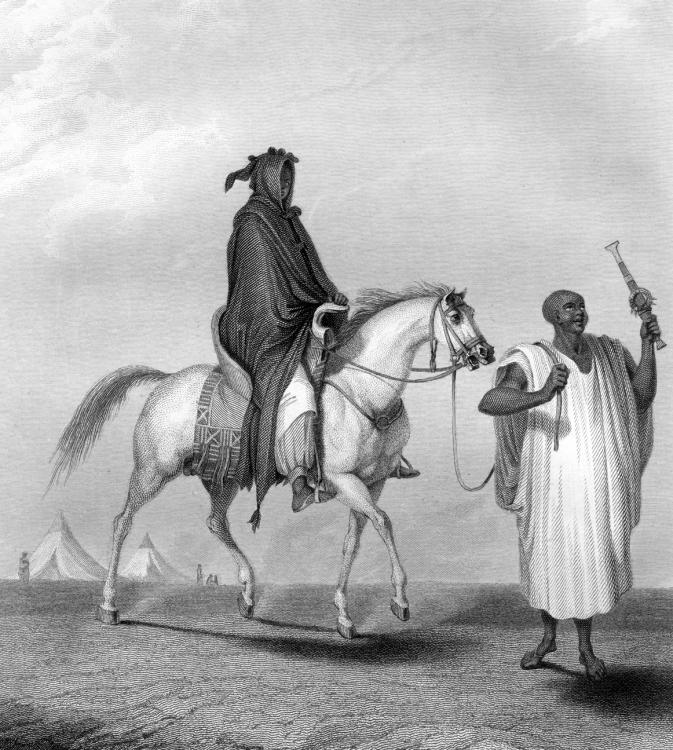
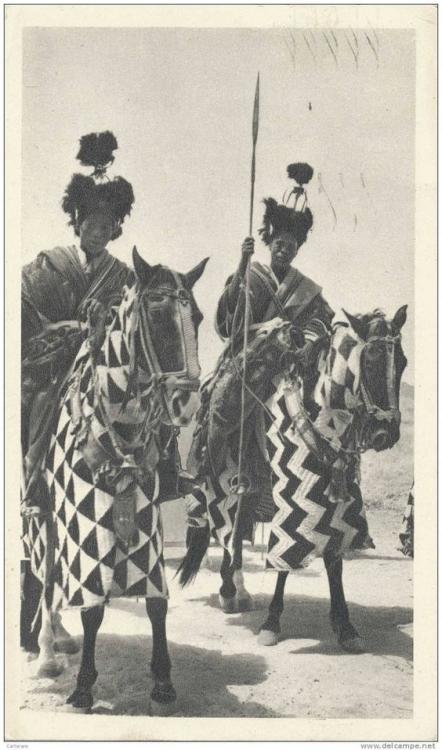
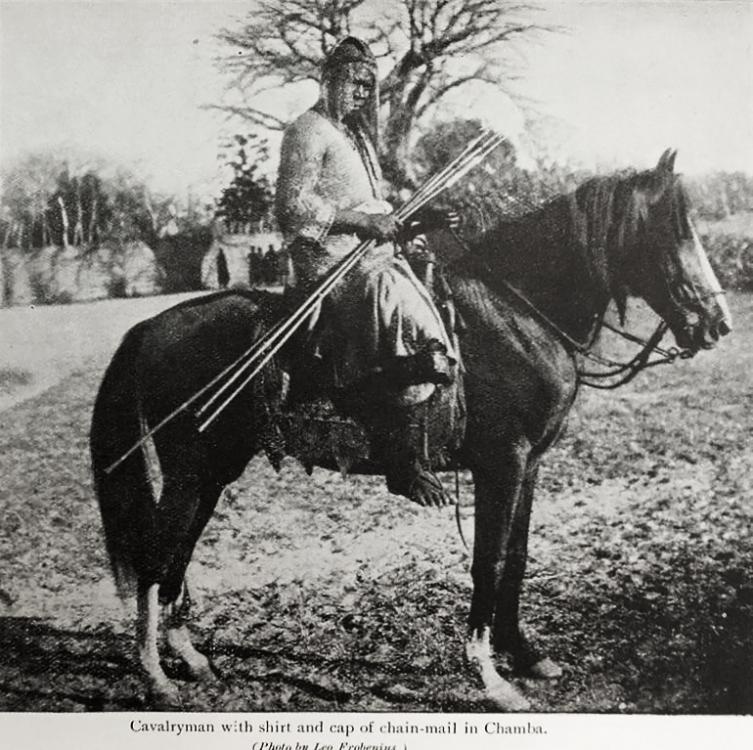
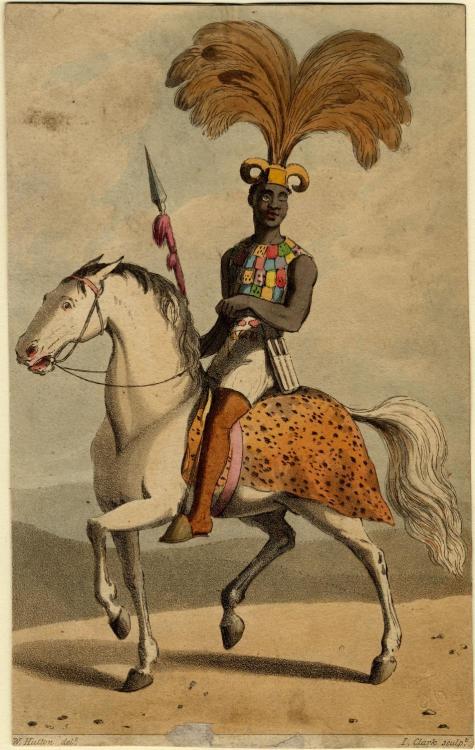
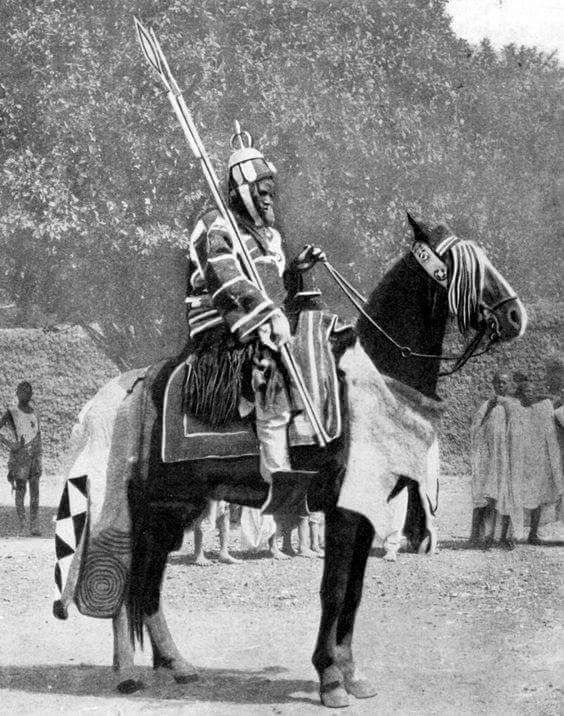
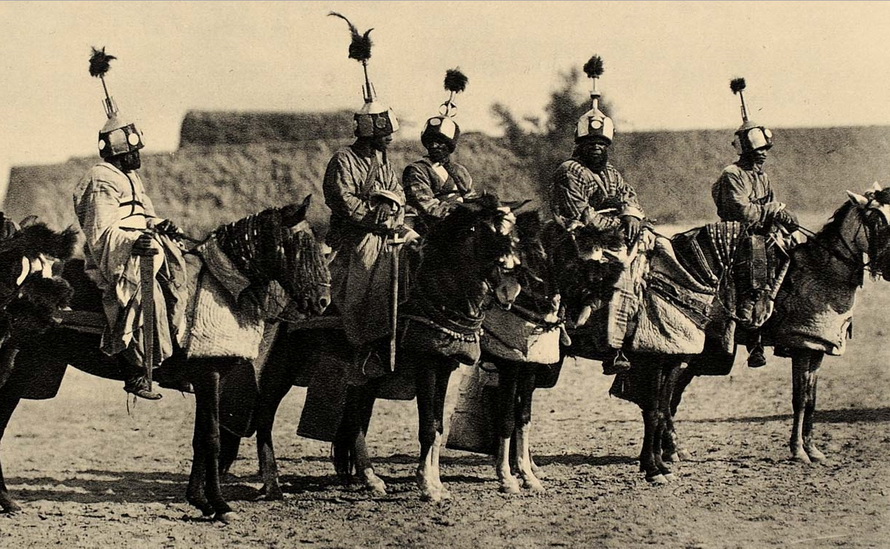
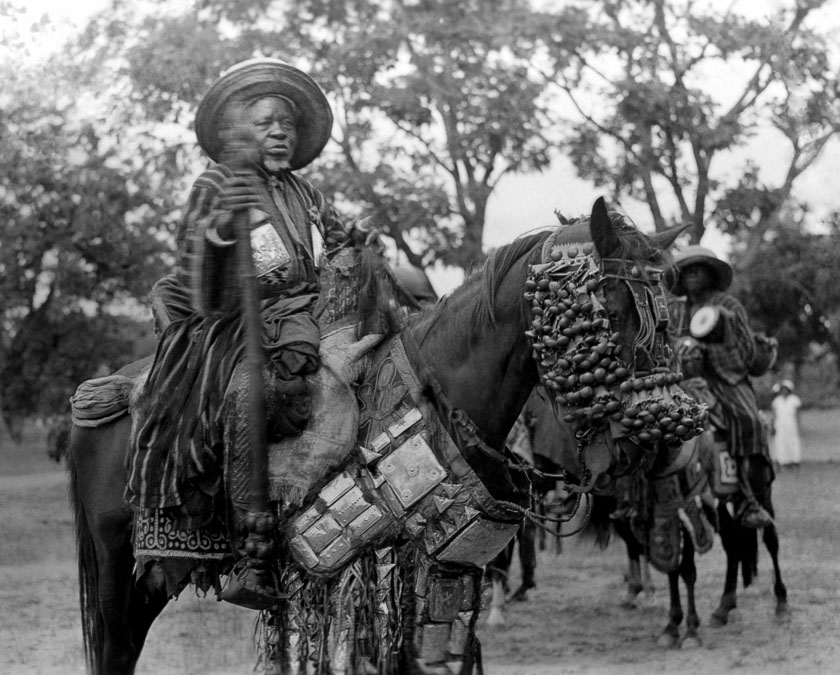
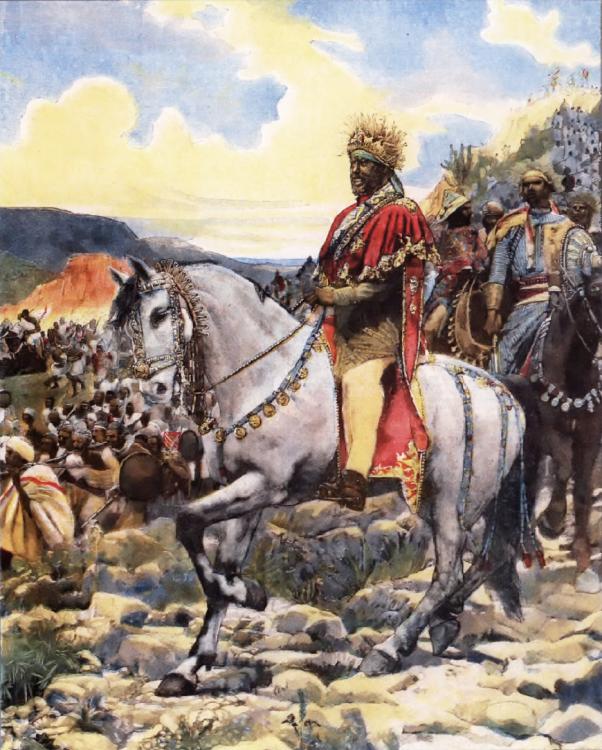
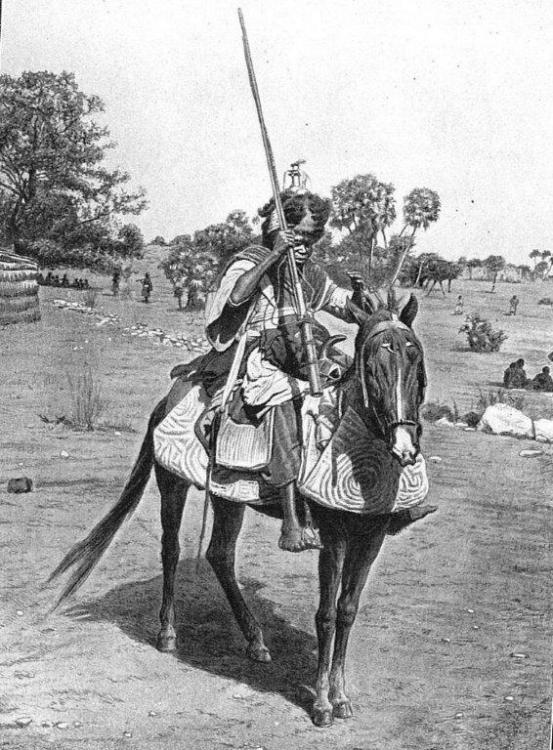
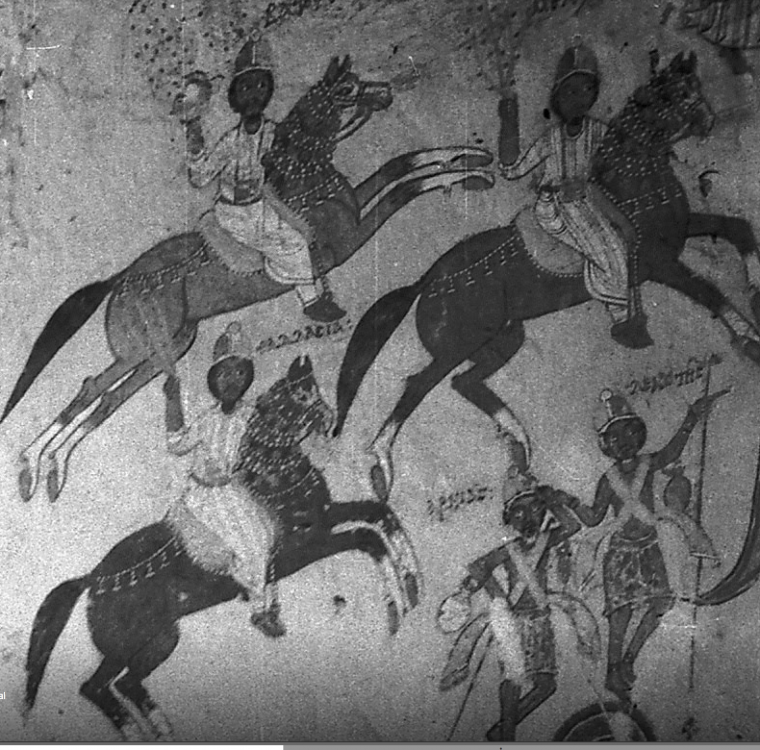
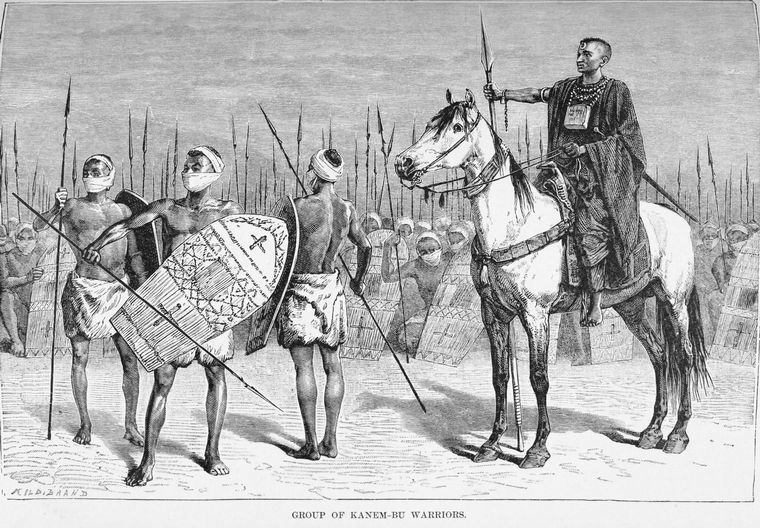
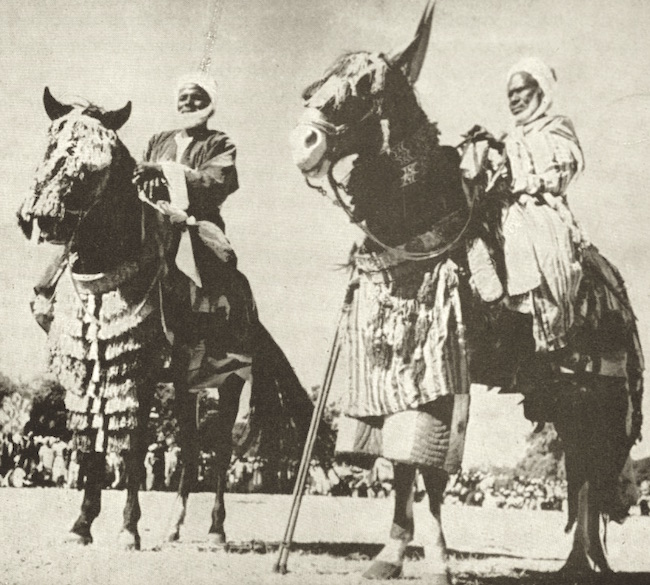
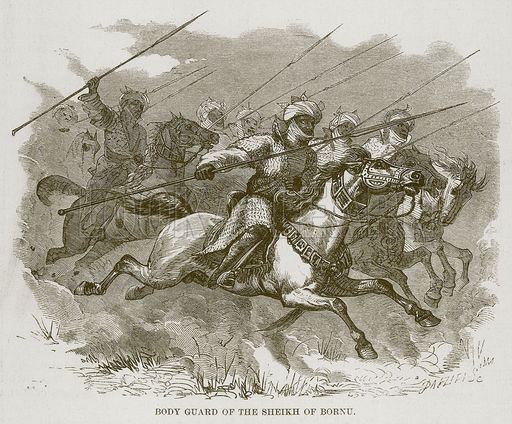
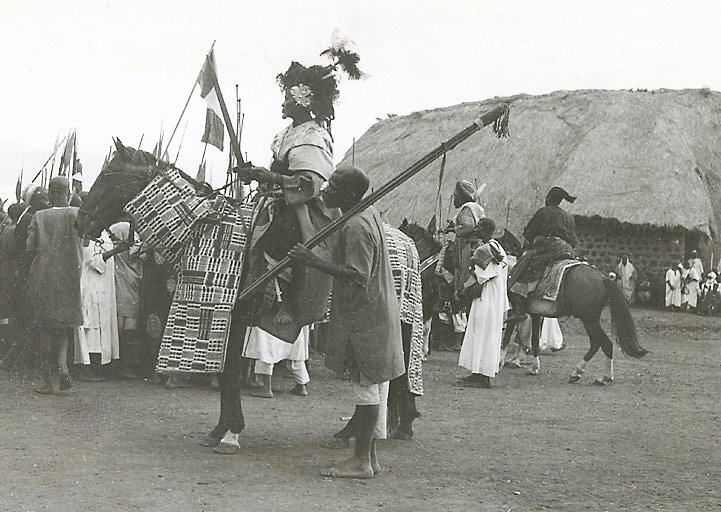
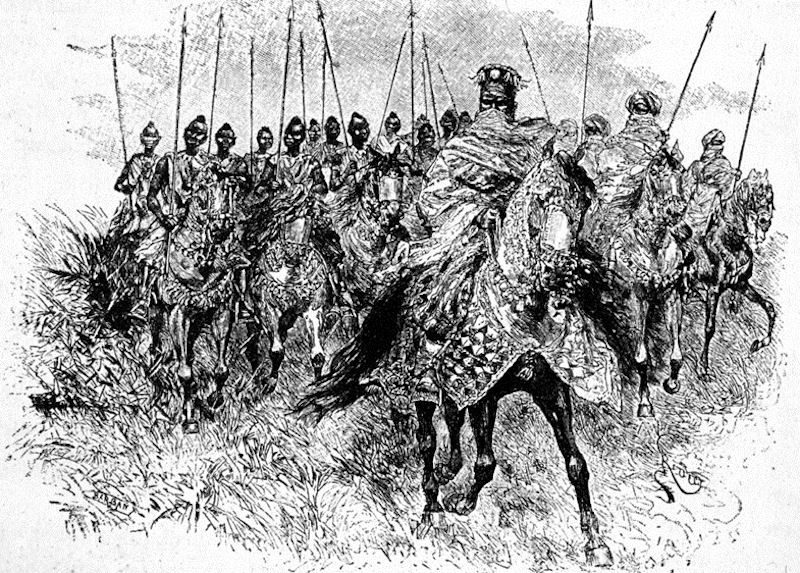
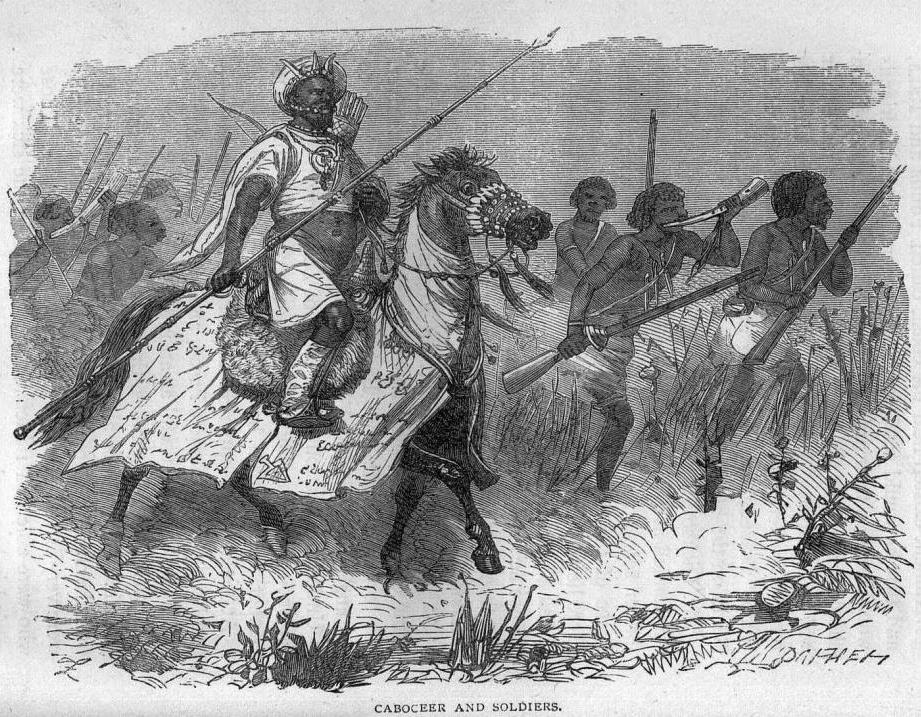
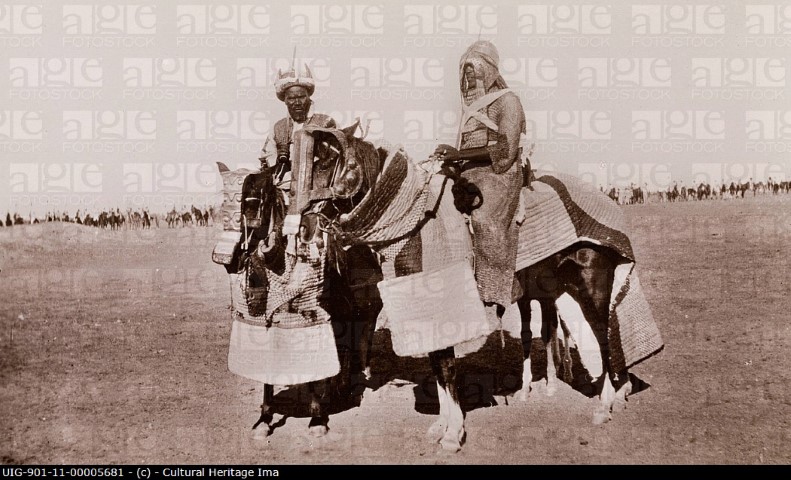
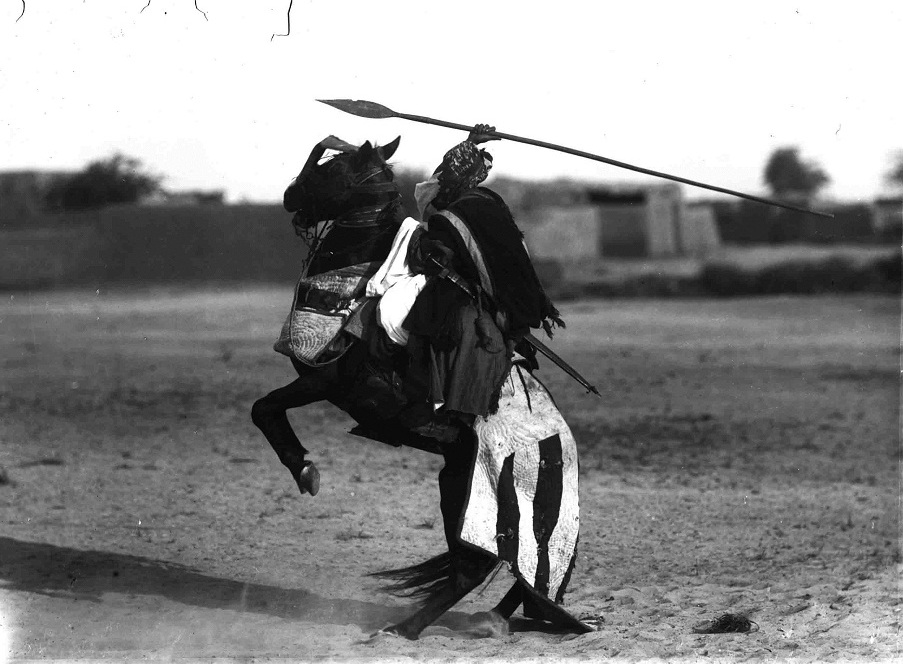
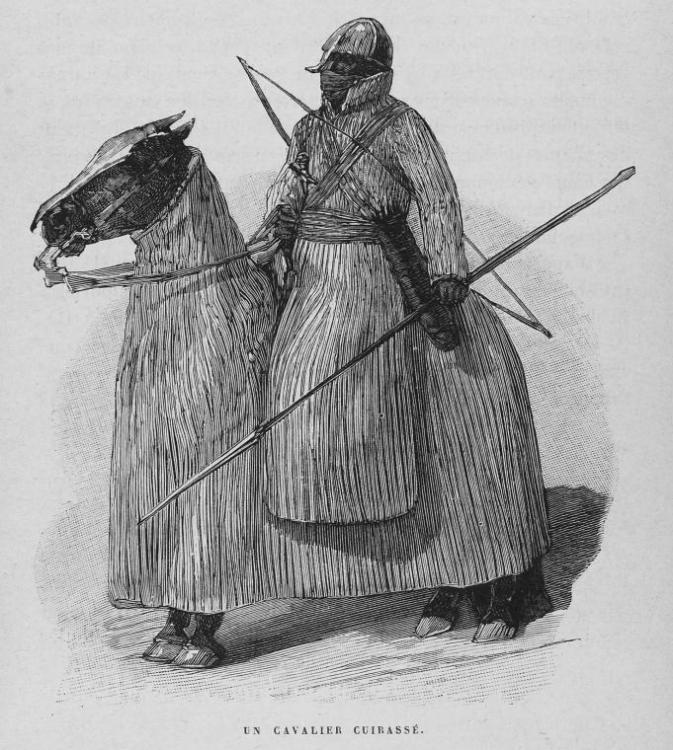
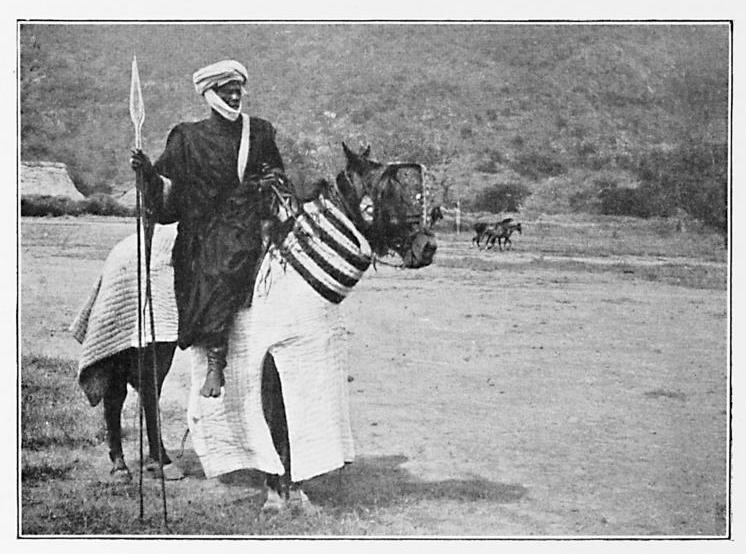
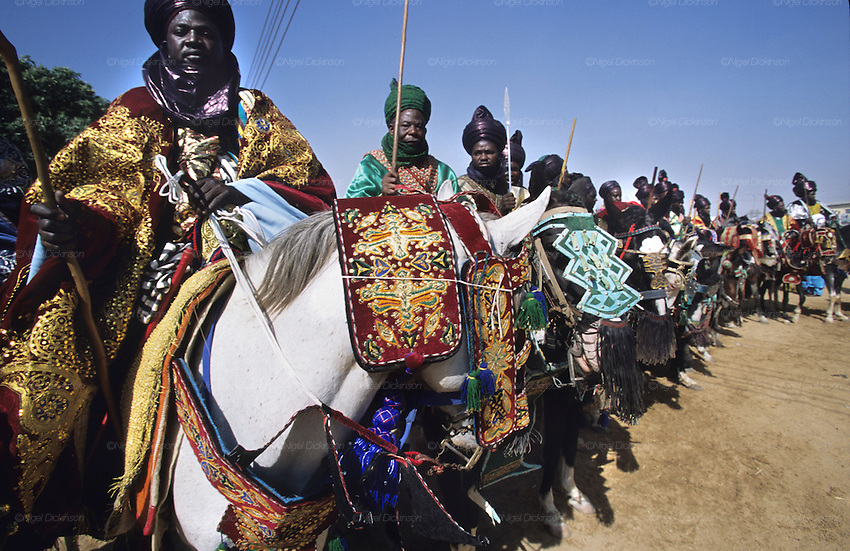
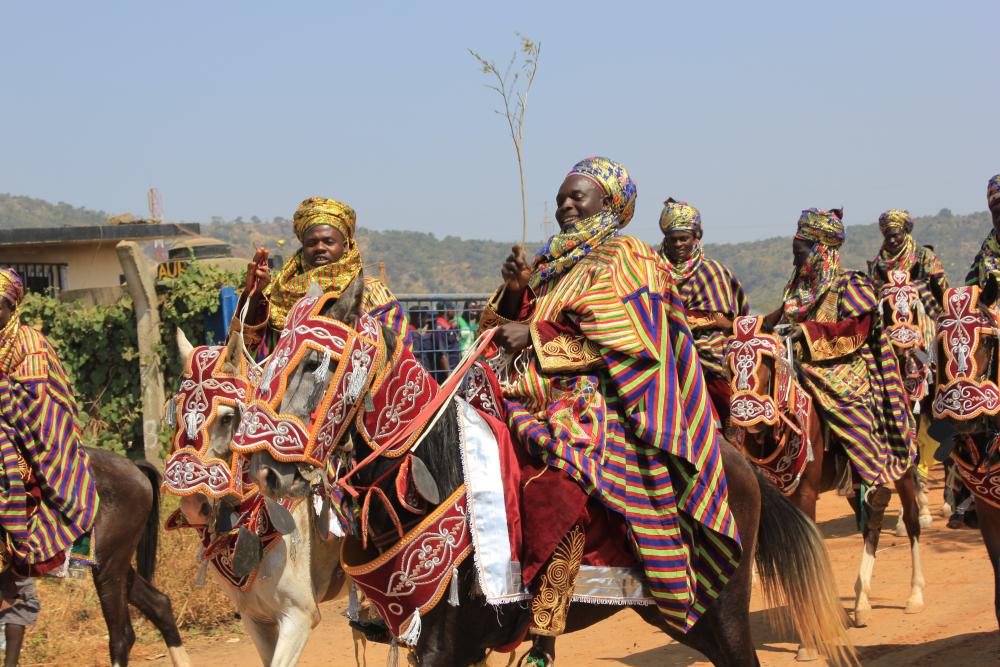
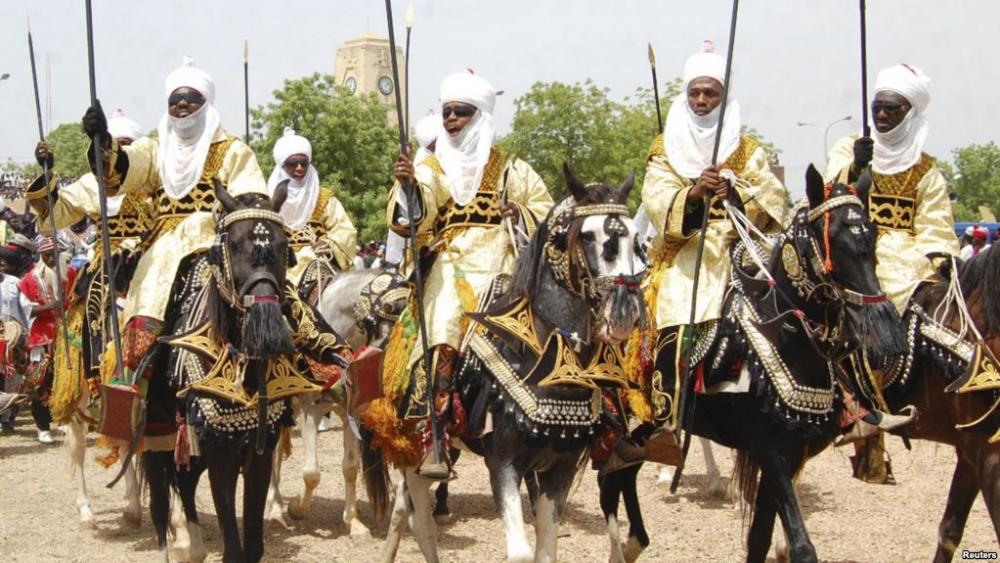
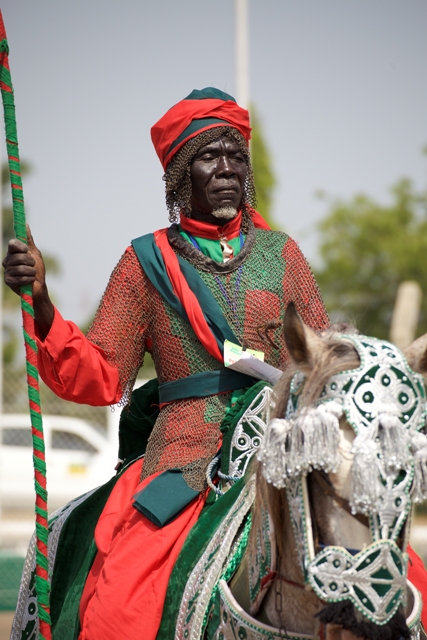
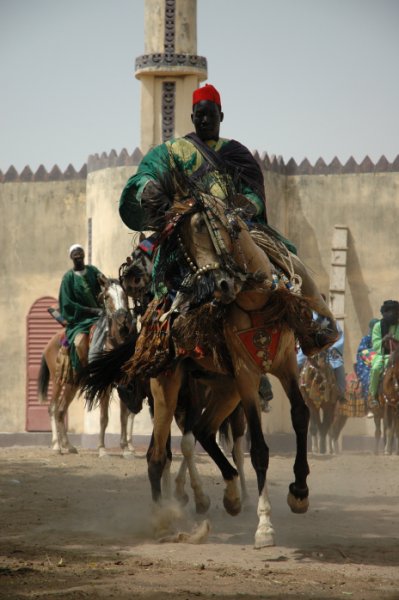
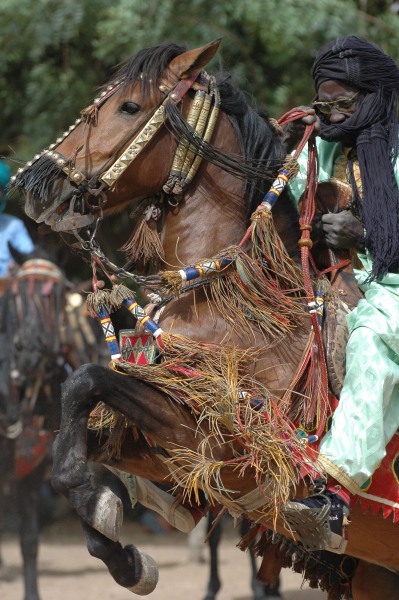
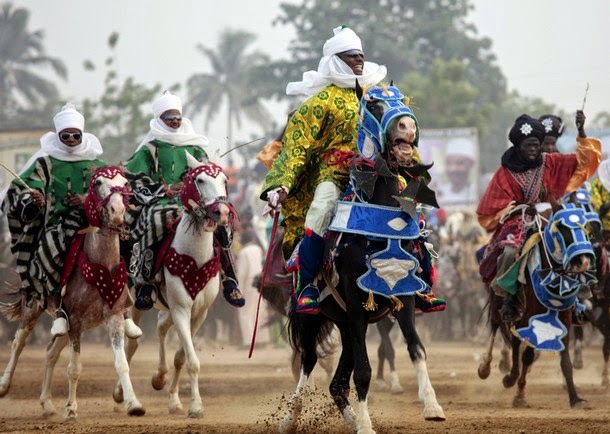
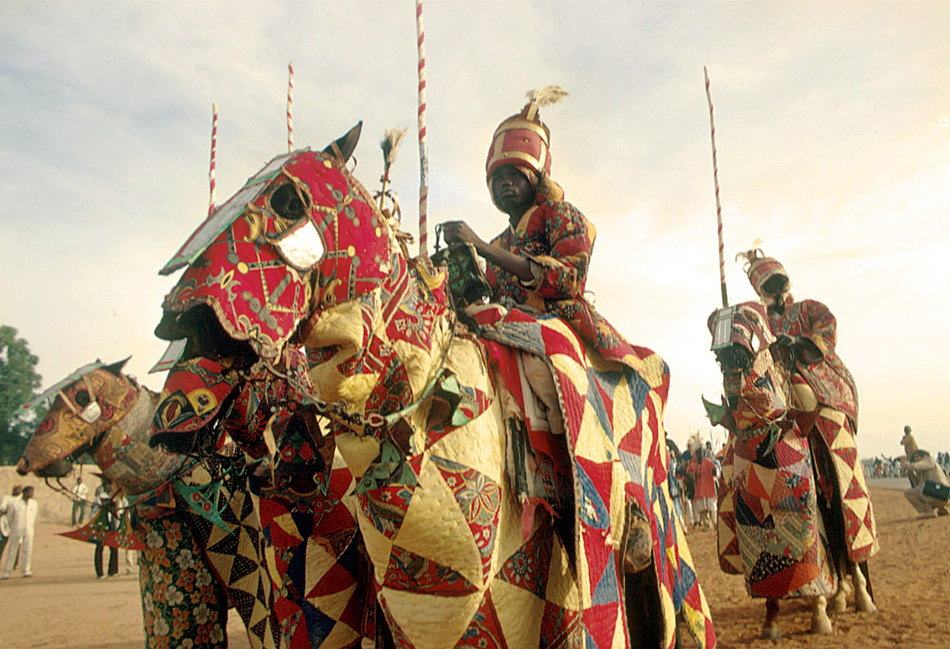
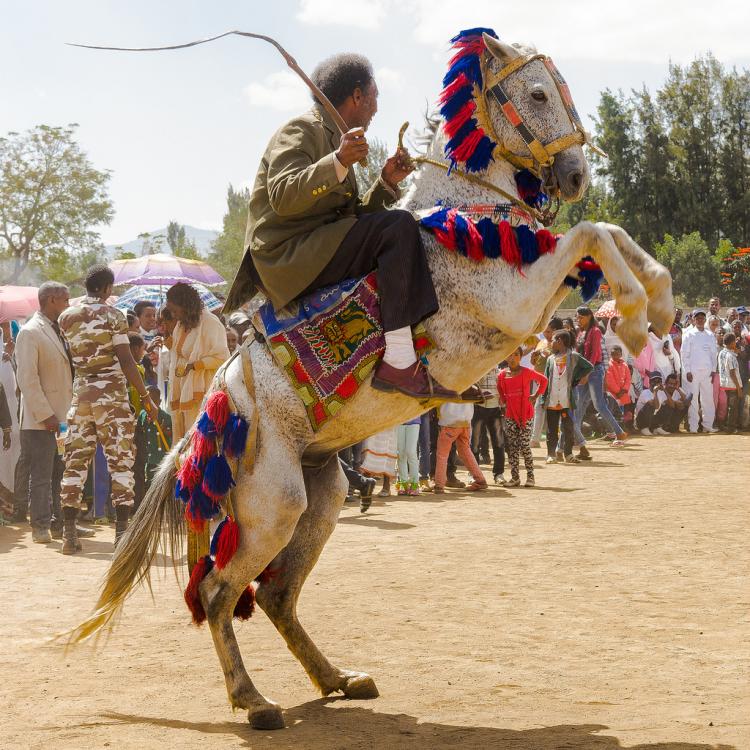
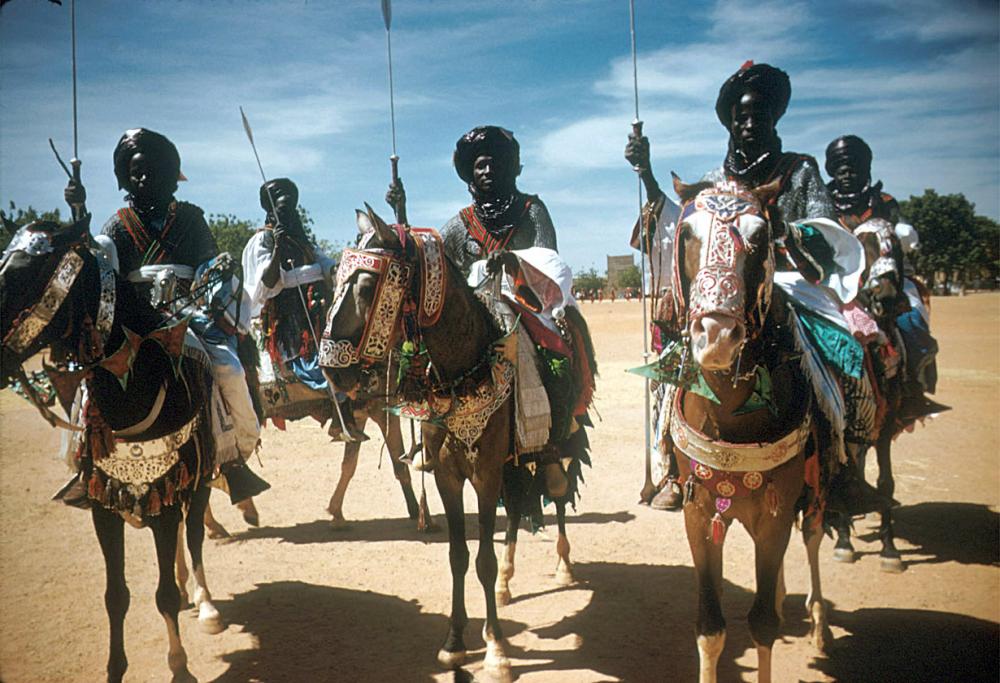
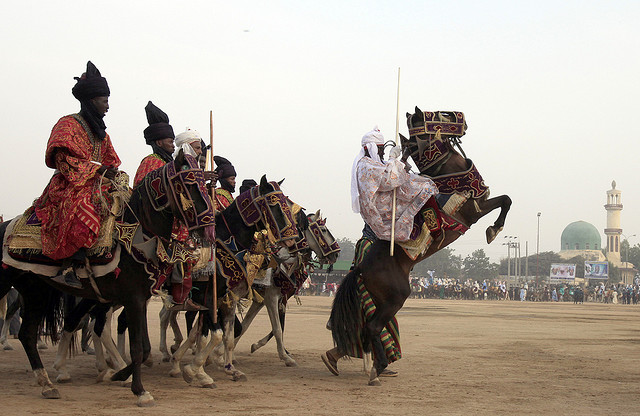
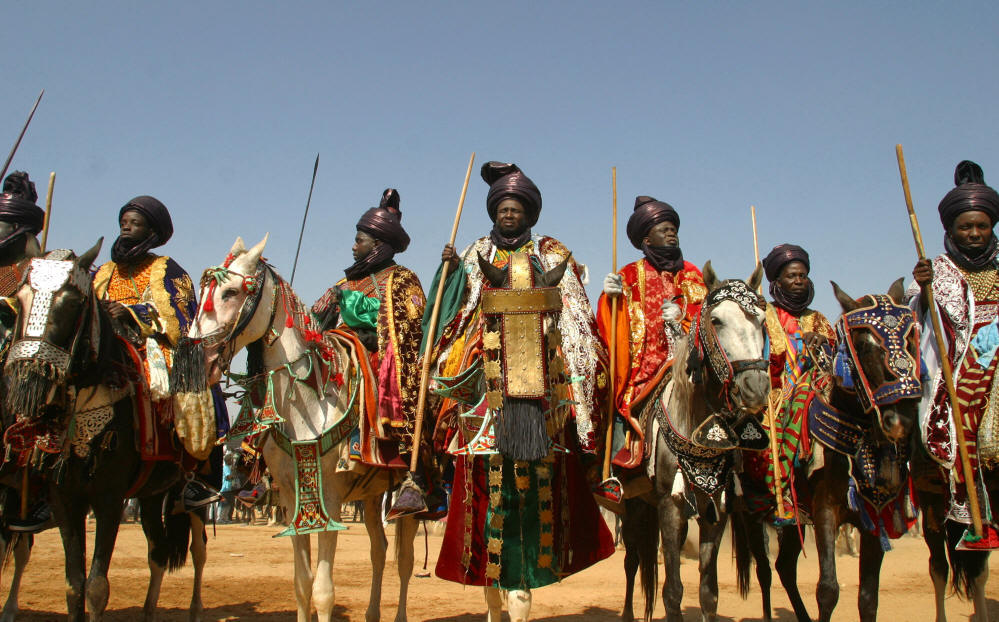
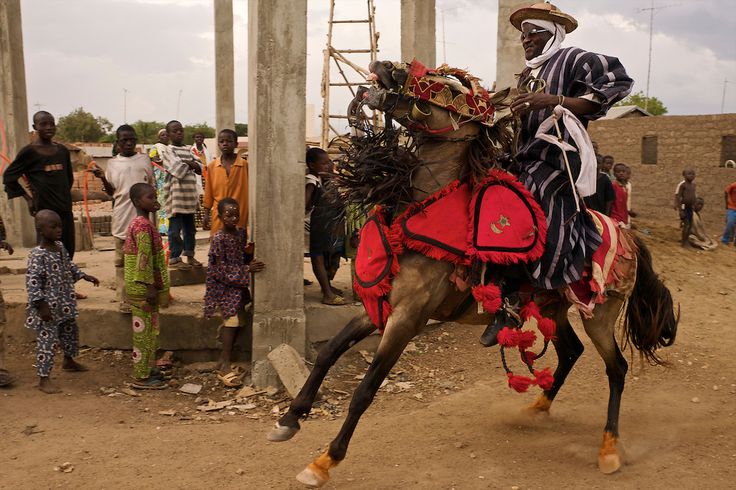
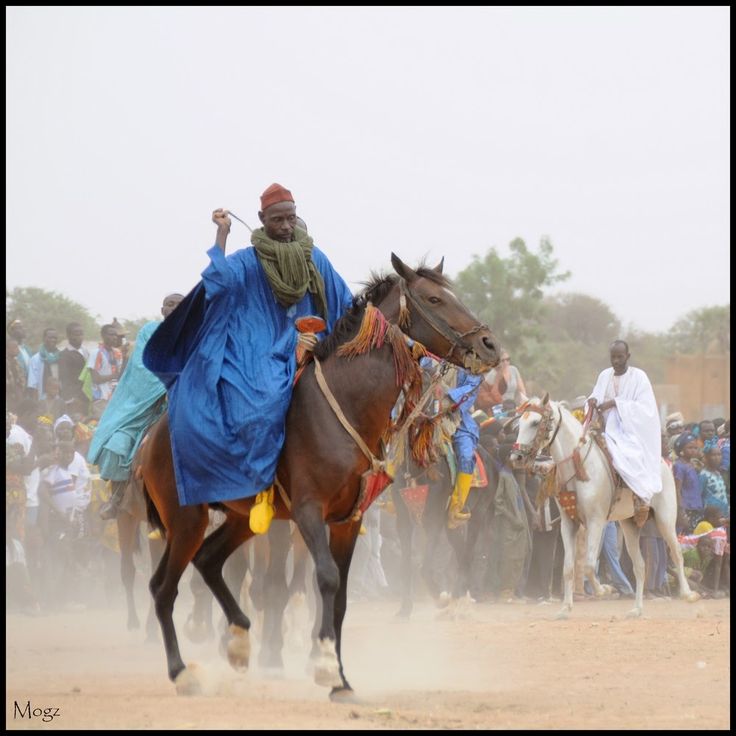
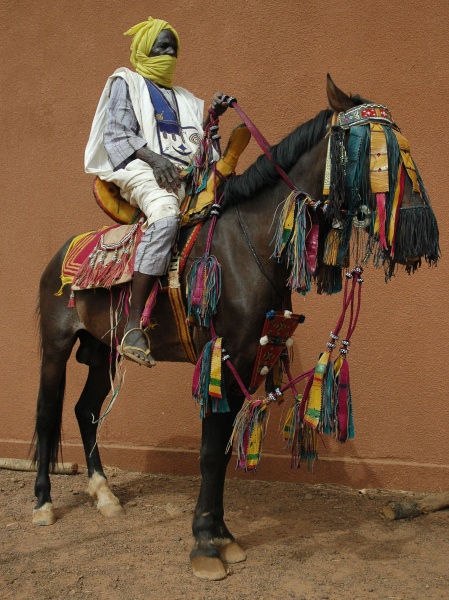
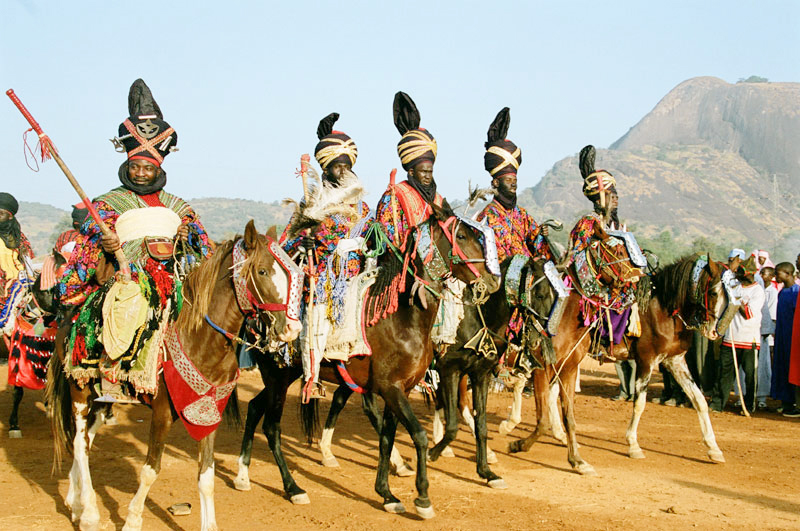
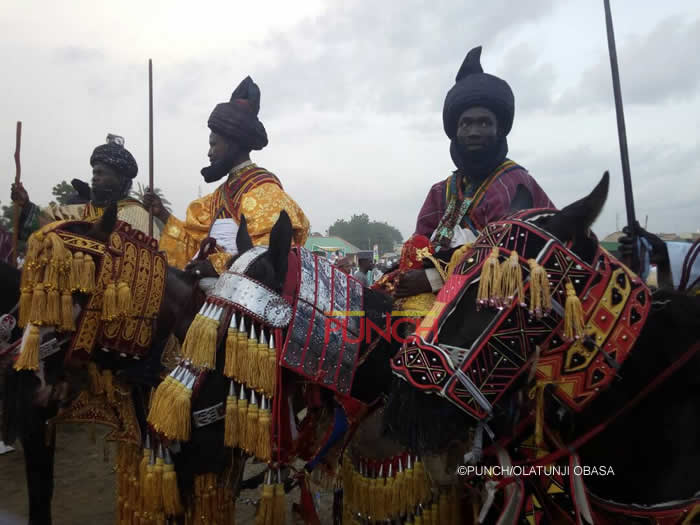
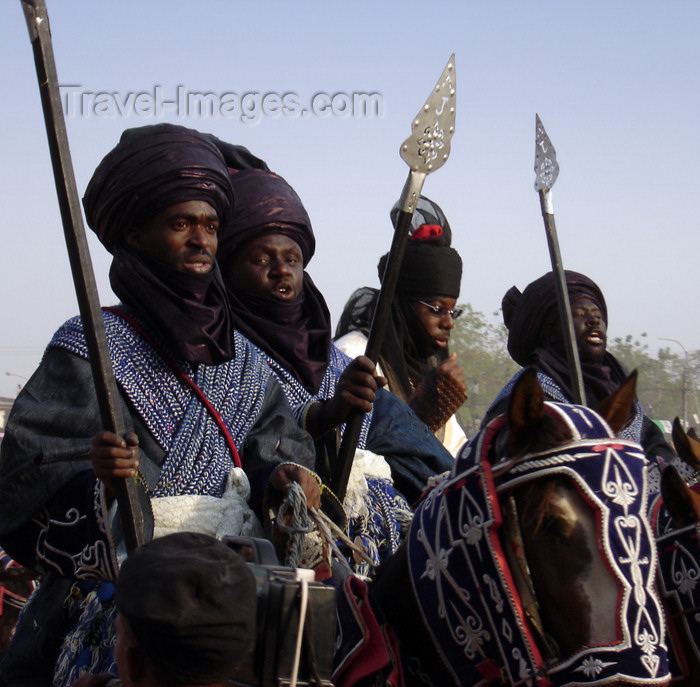
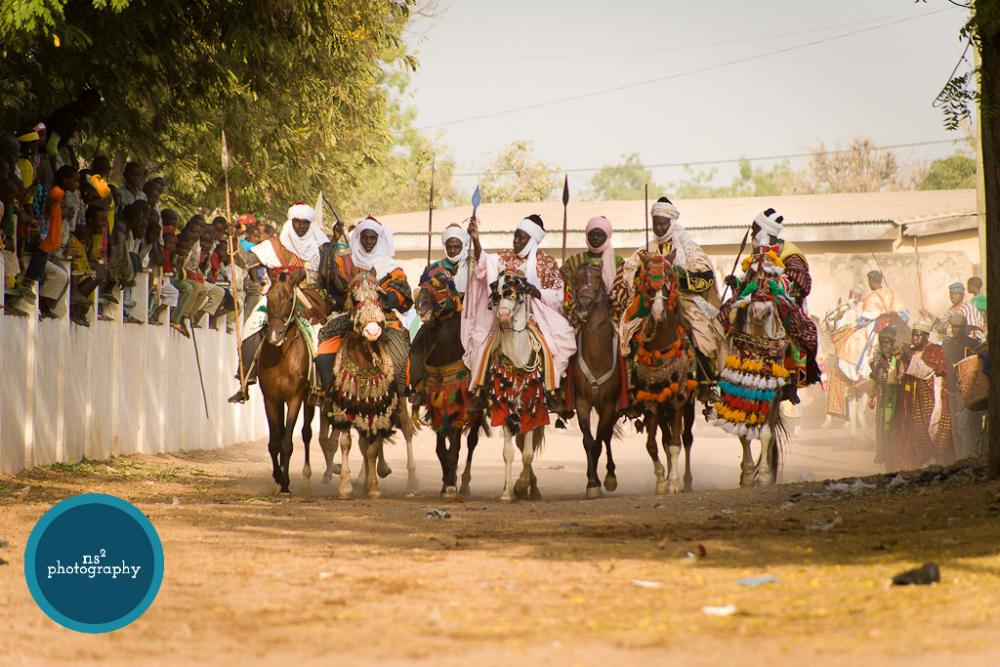
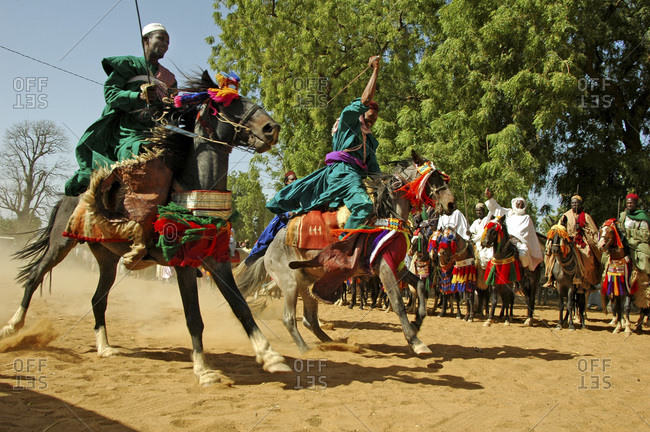
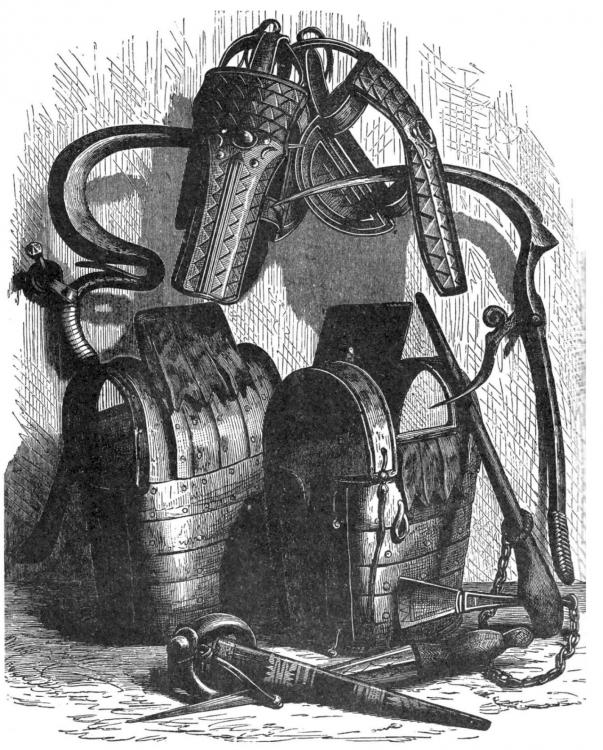
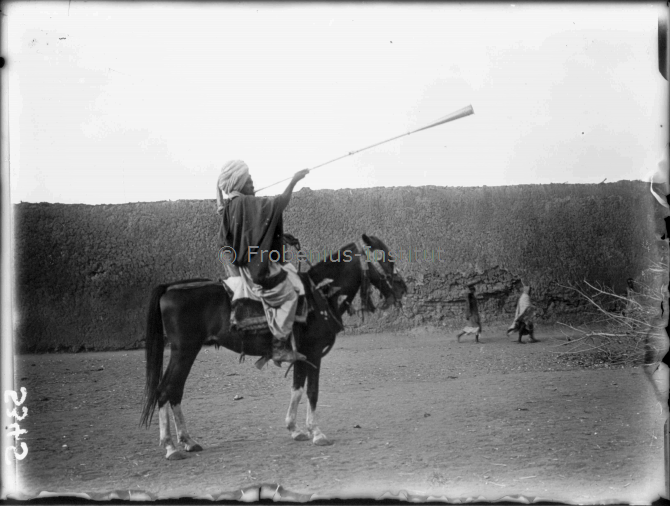
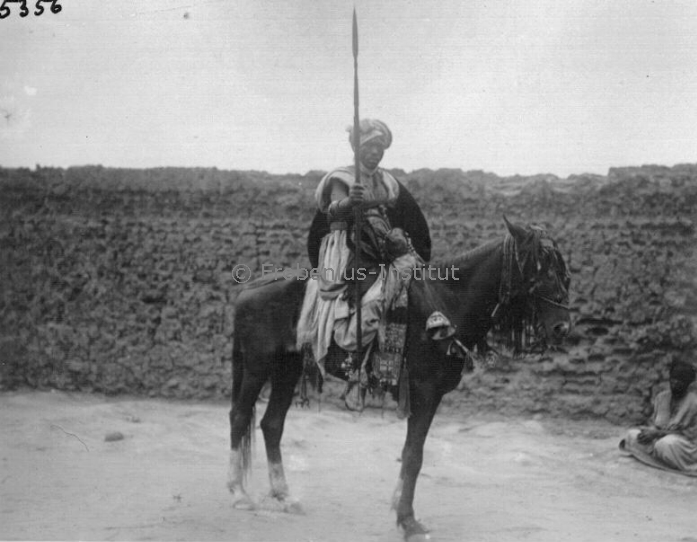
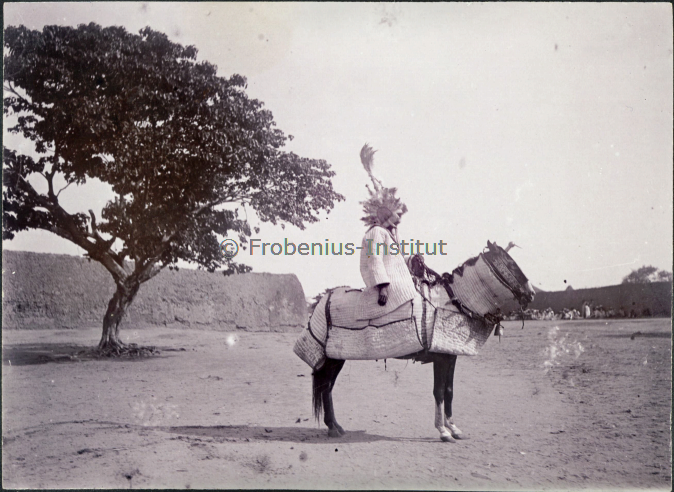
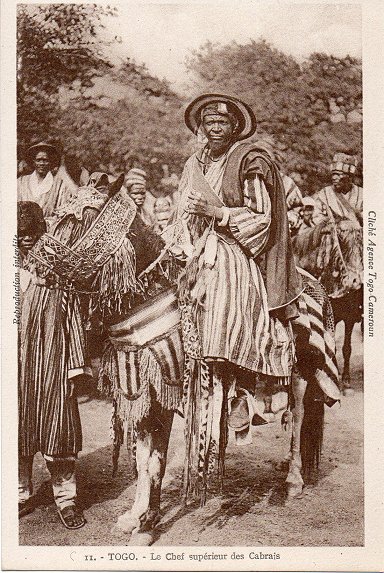
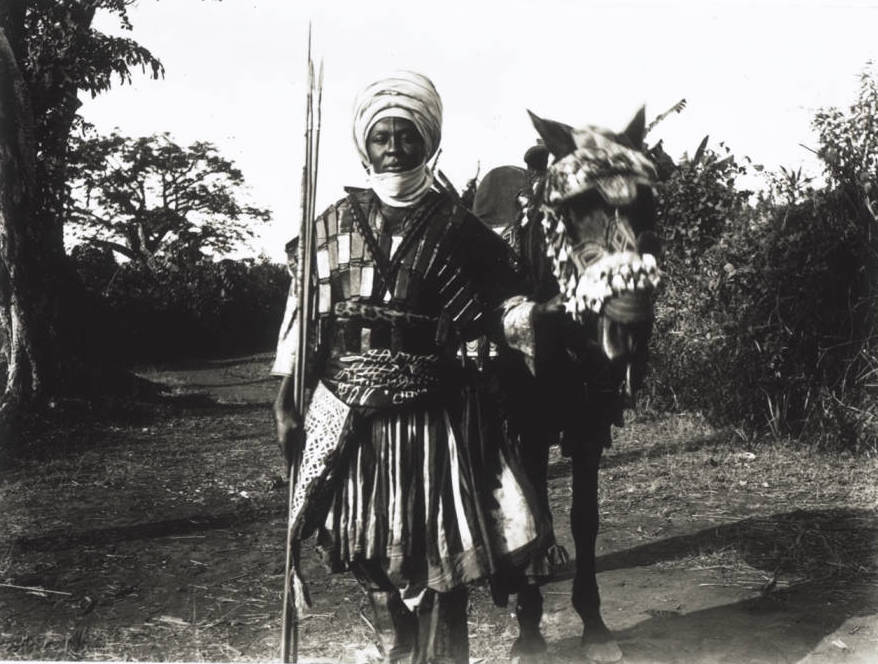
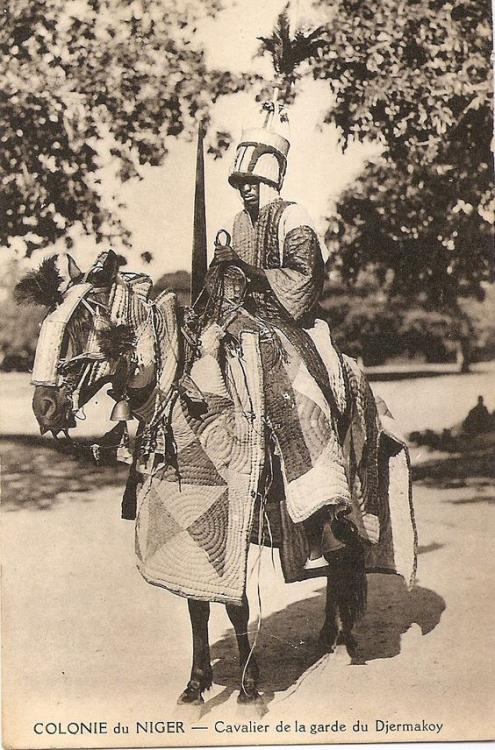
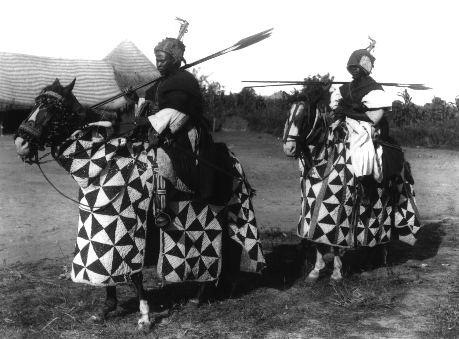
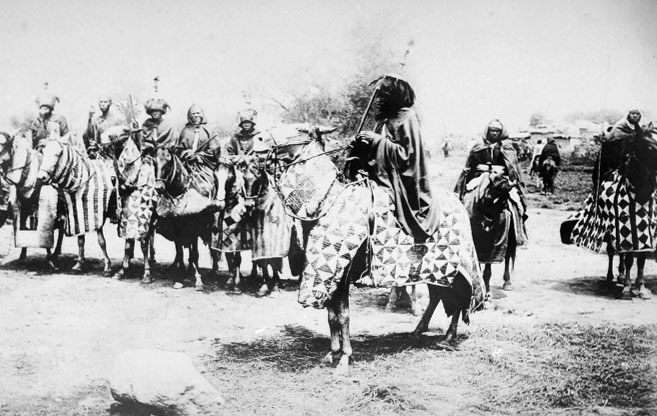
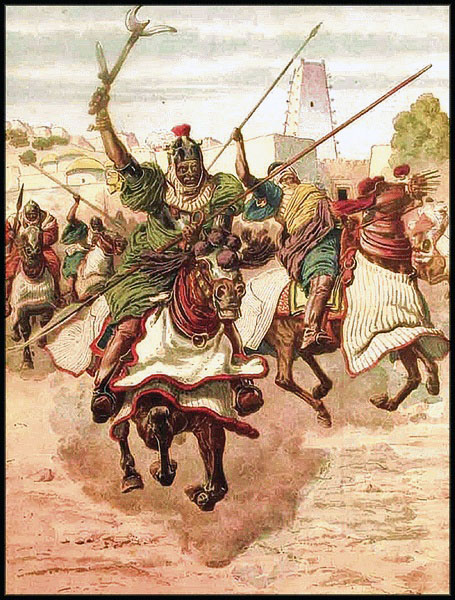
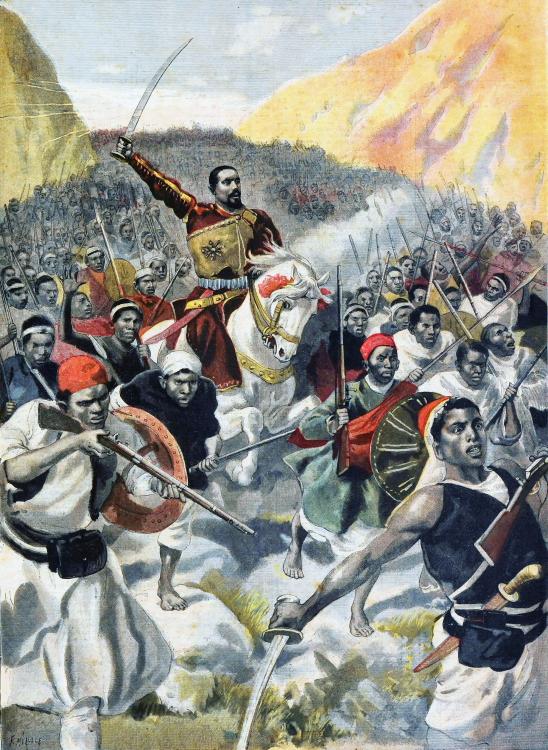
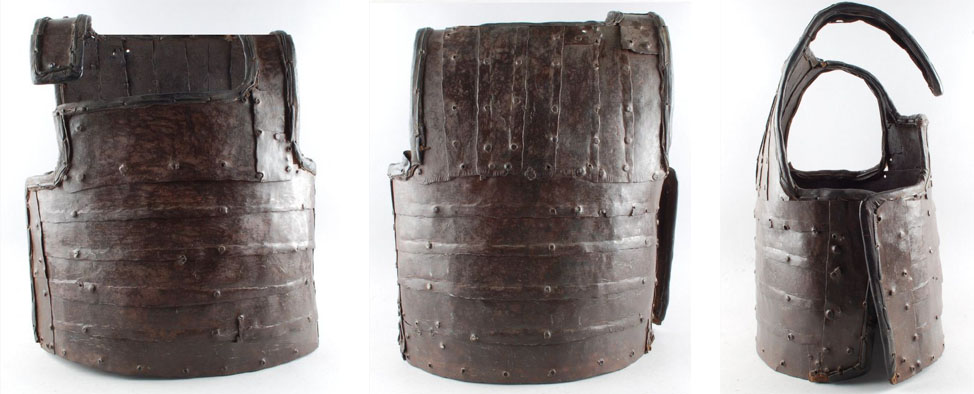
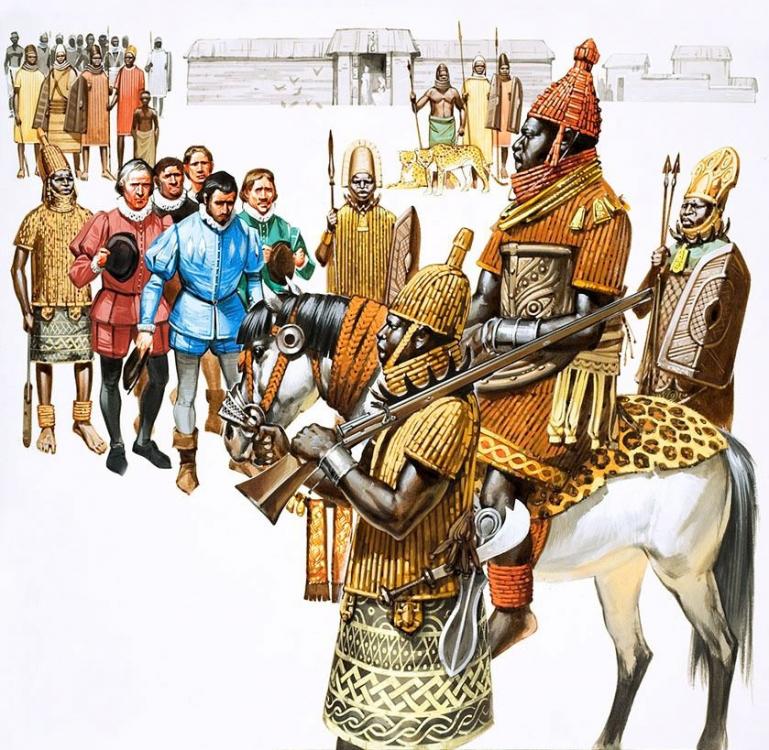
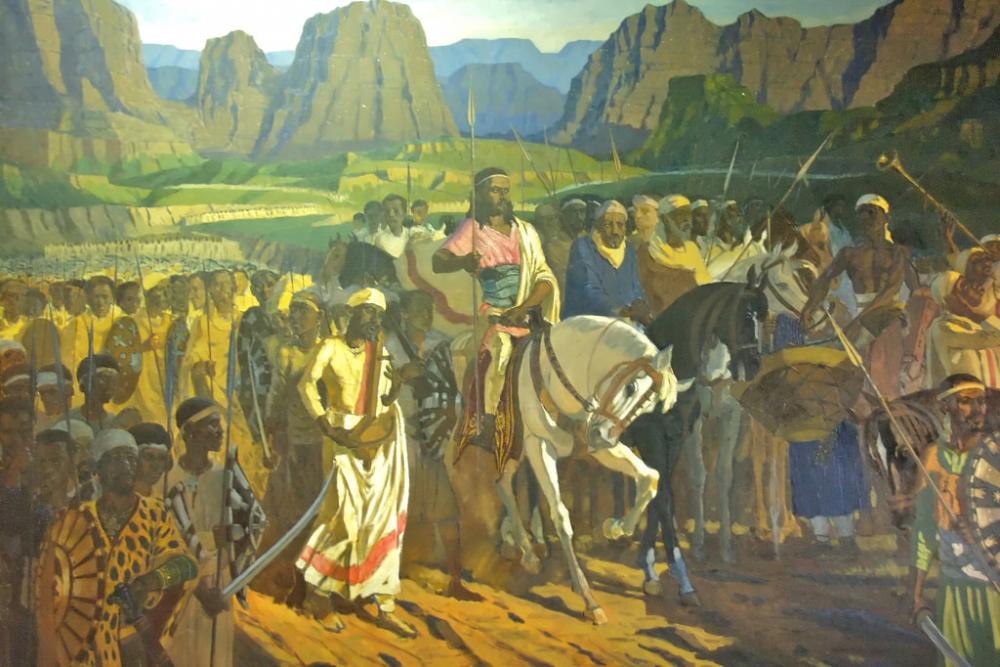
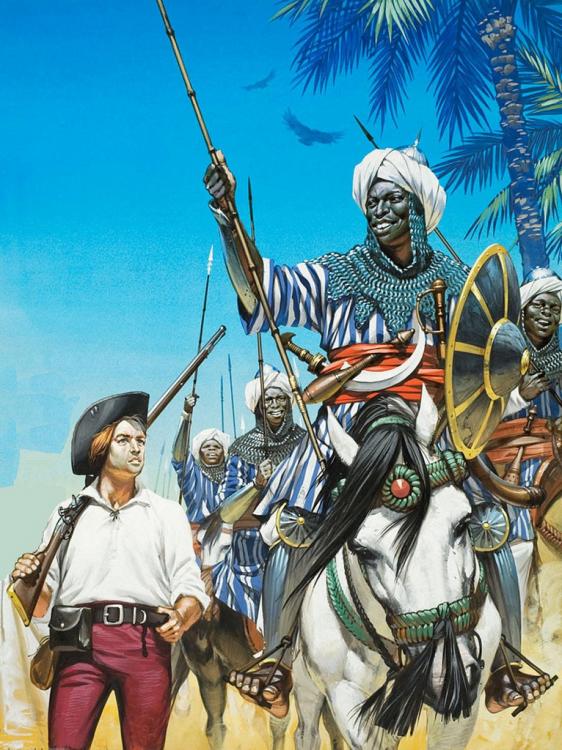
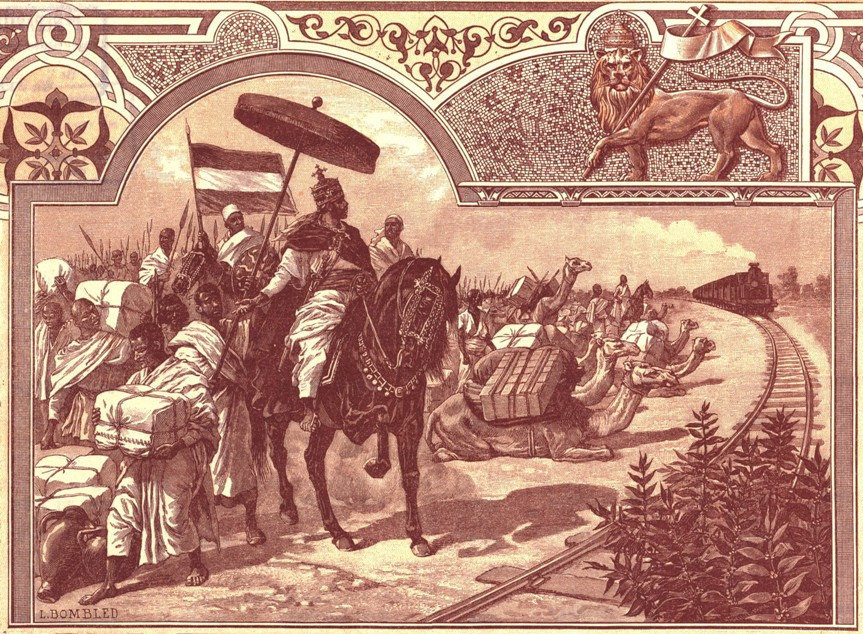
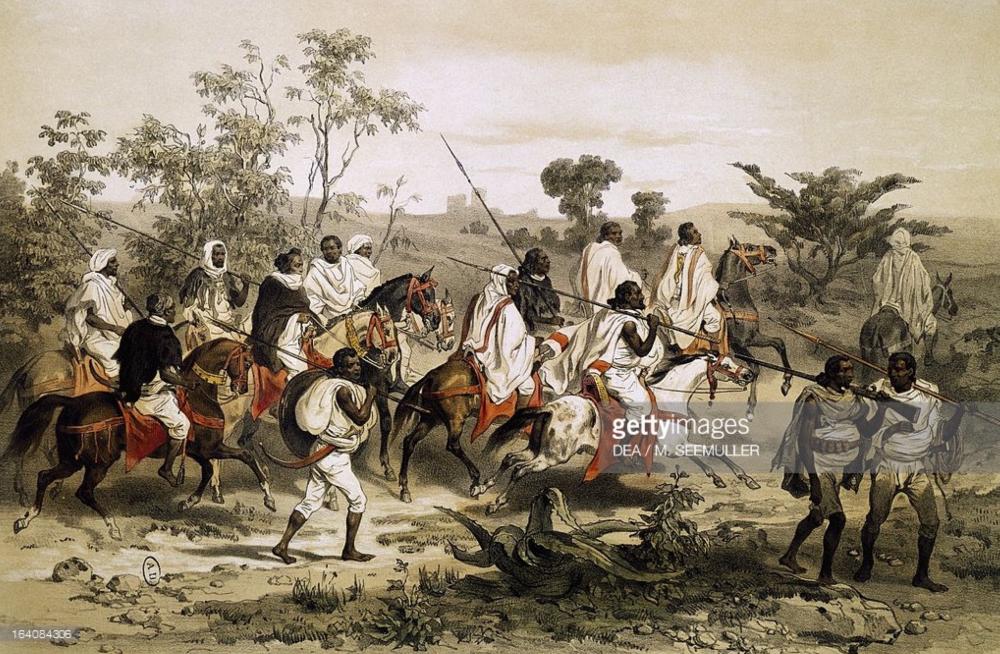
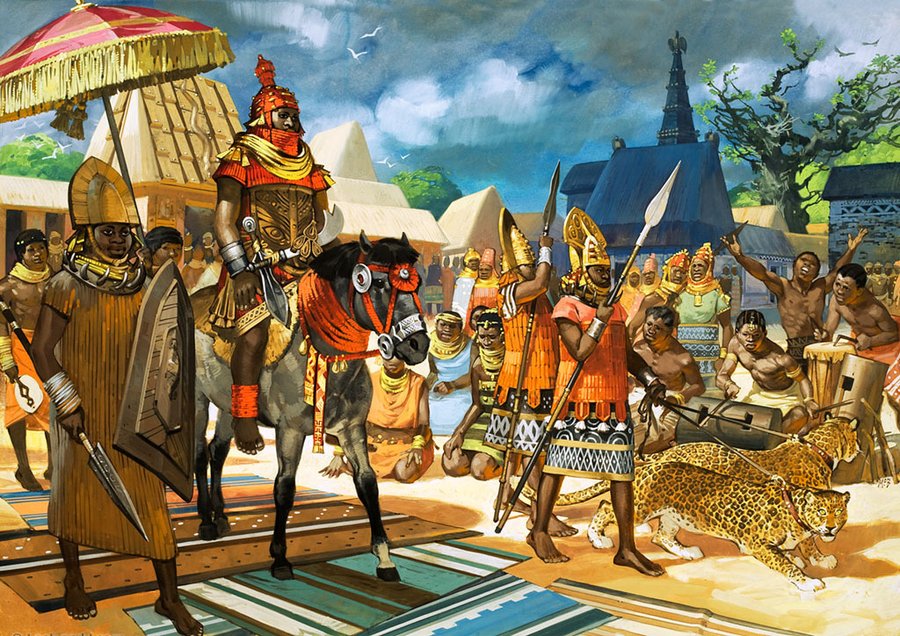
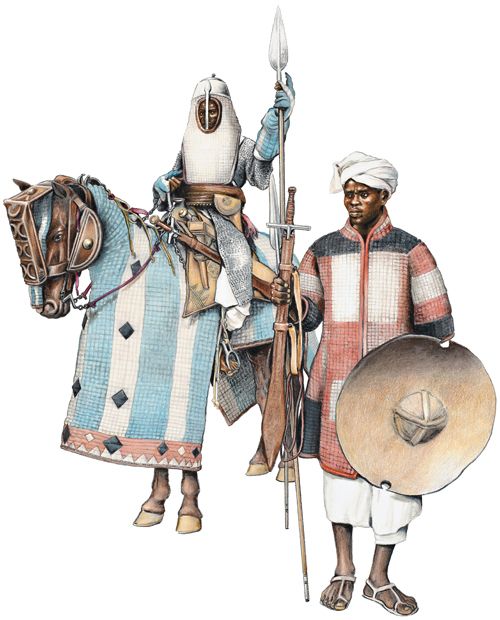
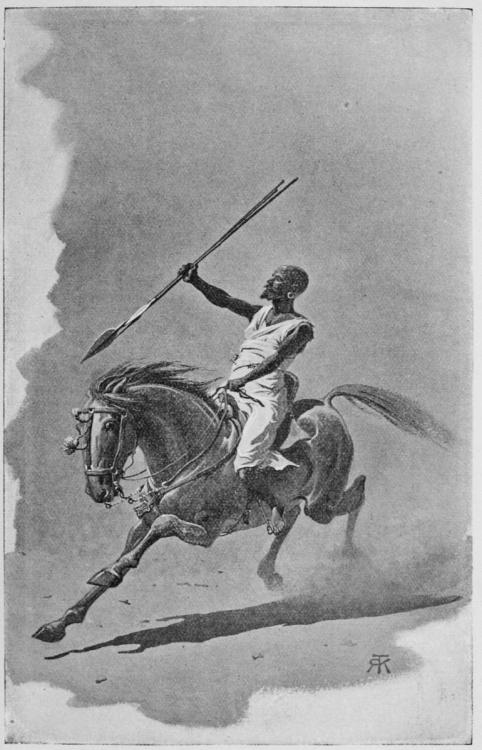
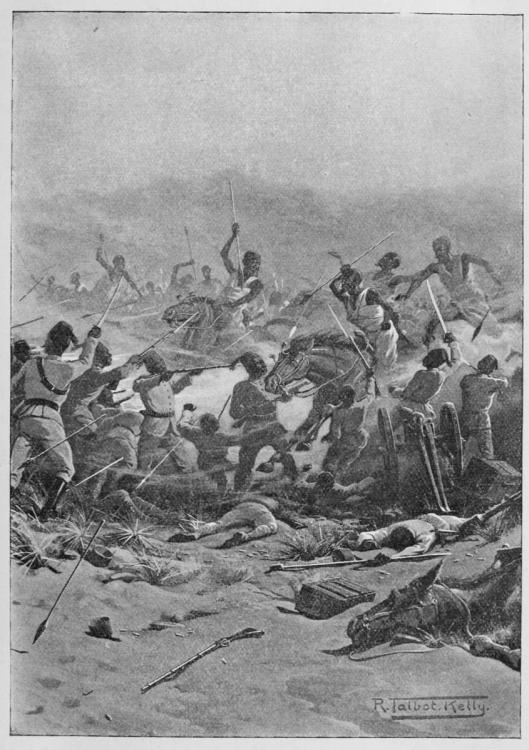
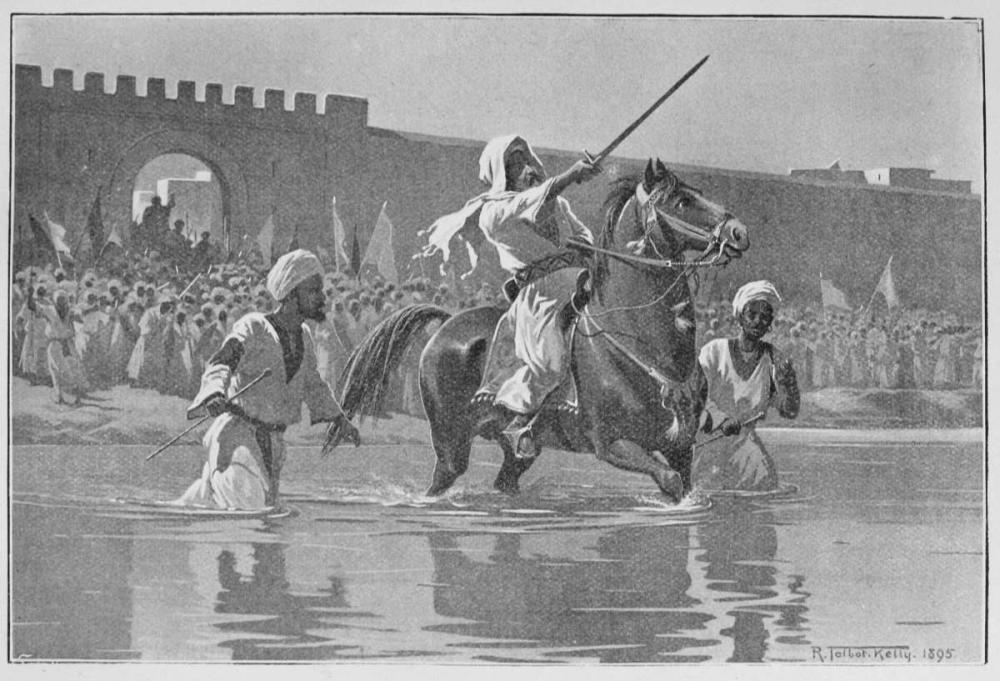
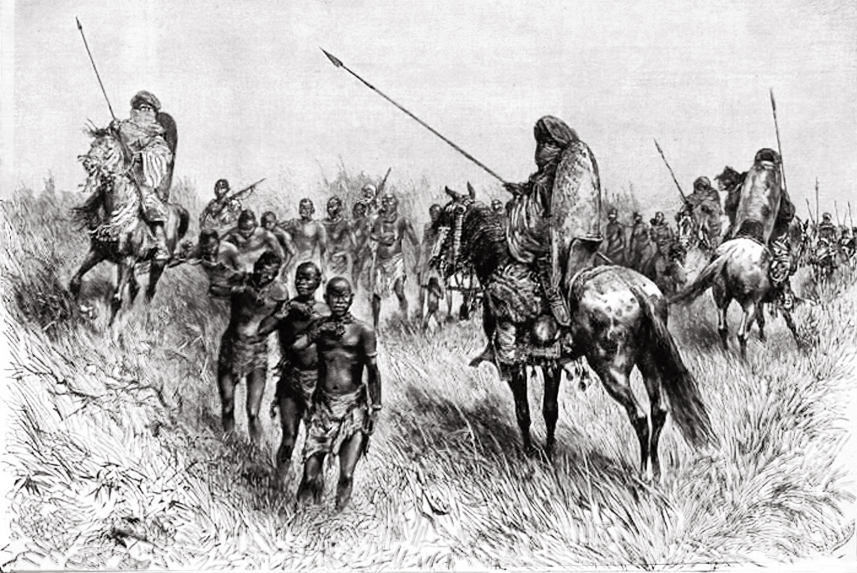
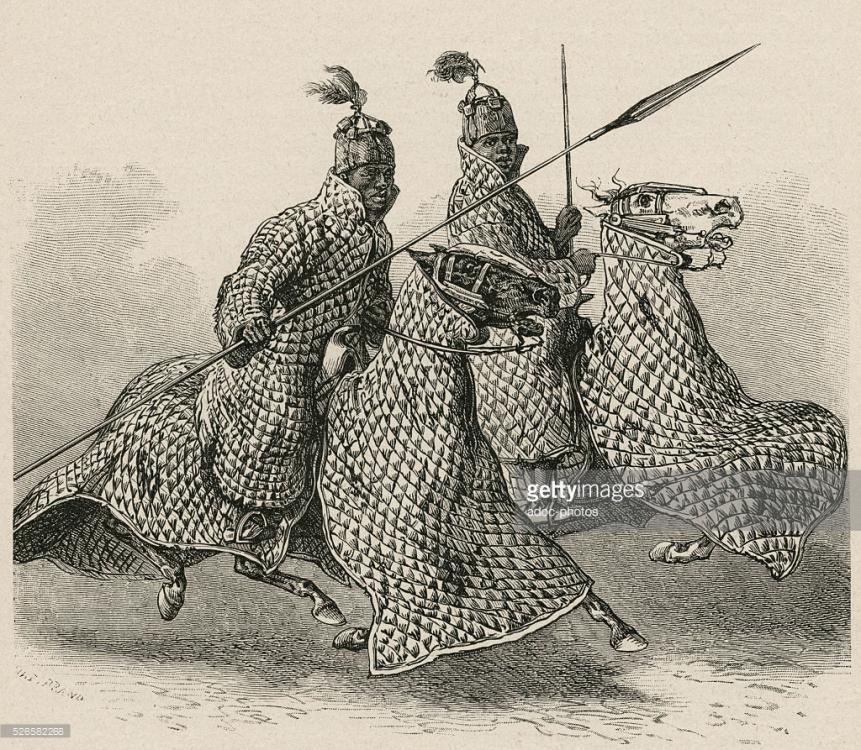

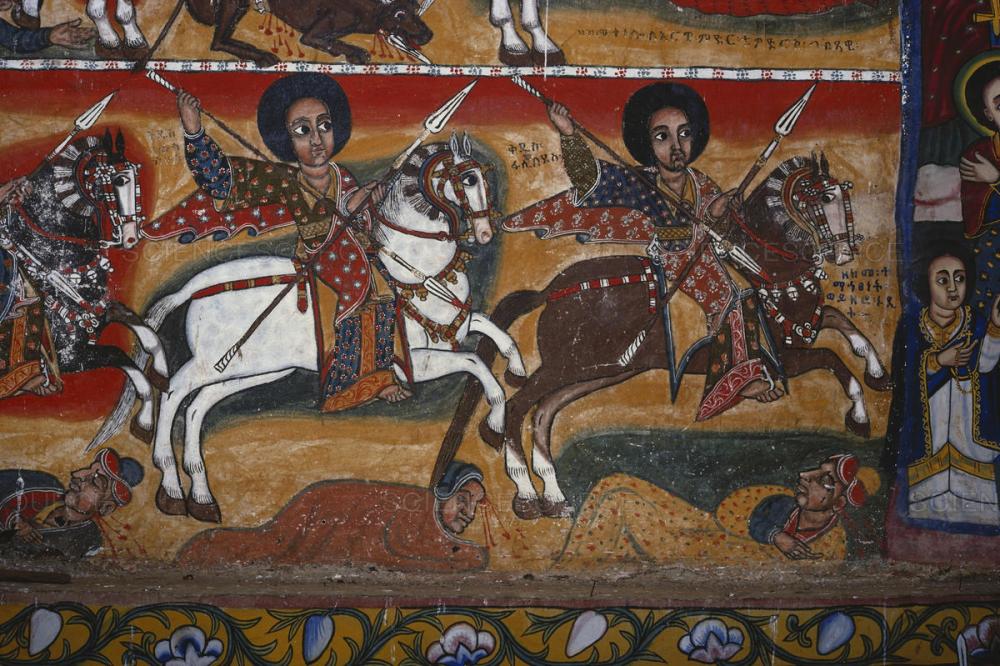
.thumb.jpg.c89751f7f34c25a1683d12fd7075ac2b.jpg)
